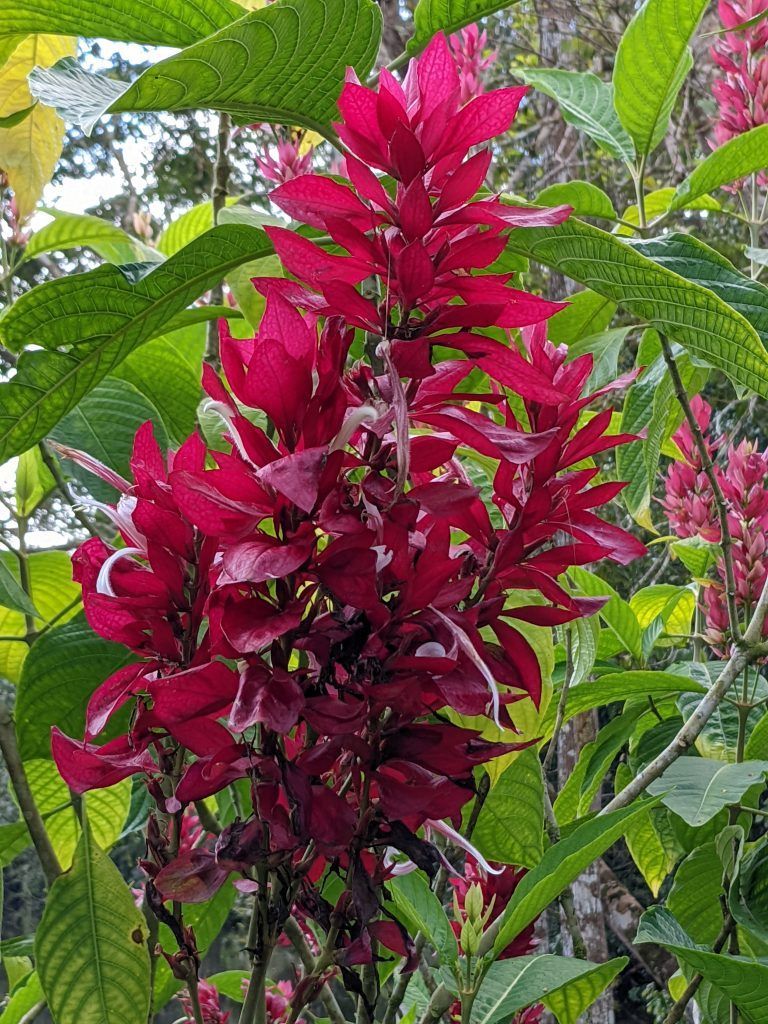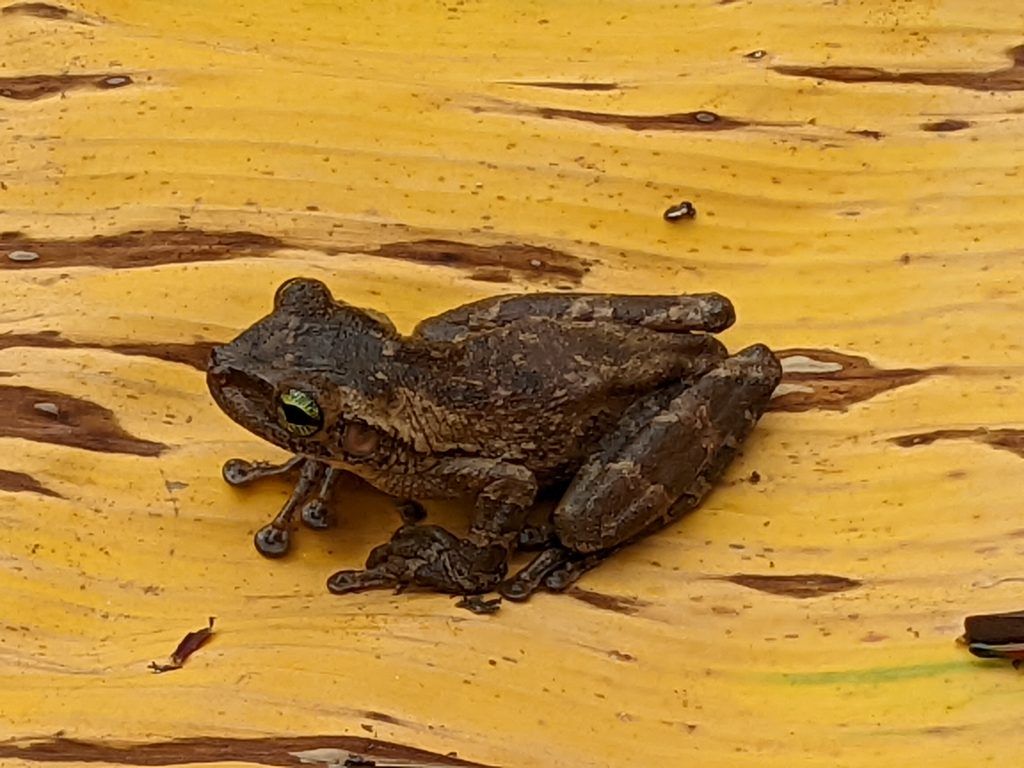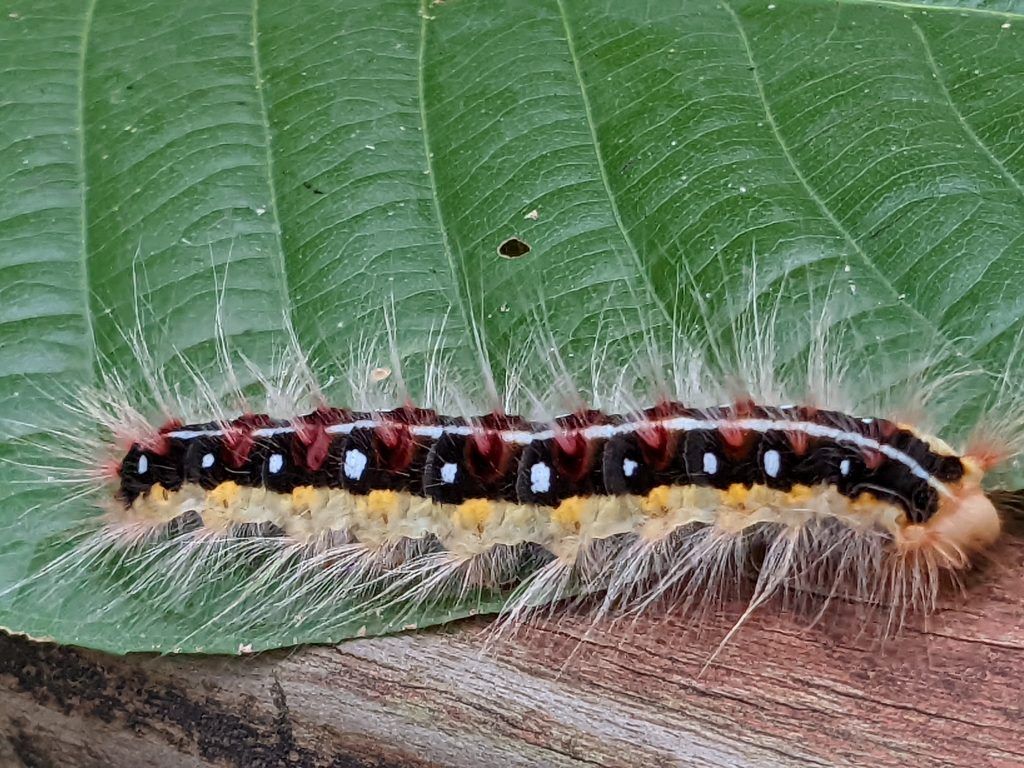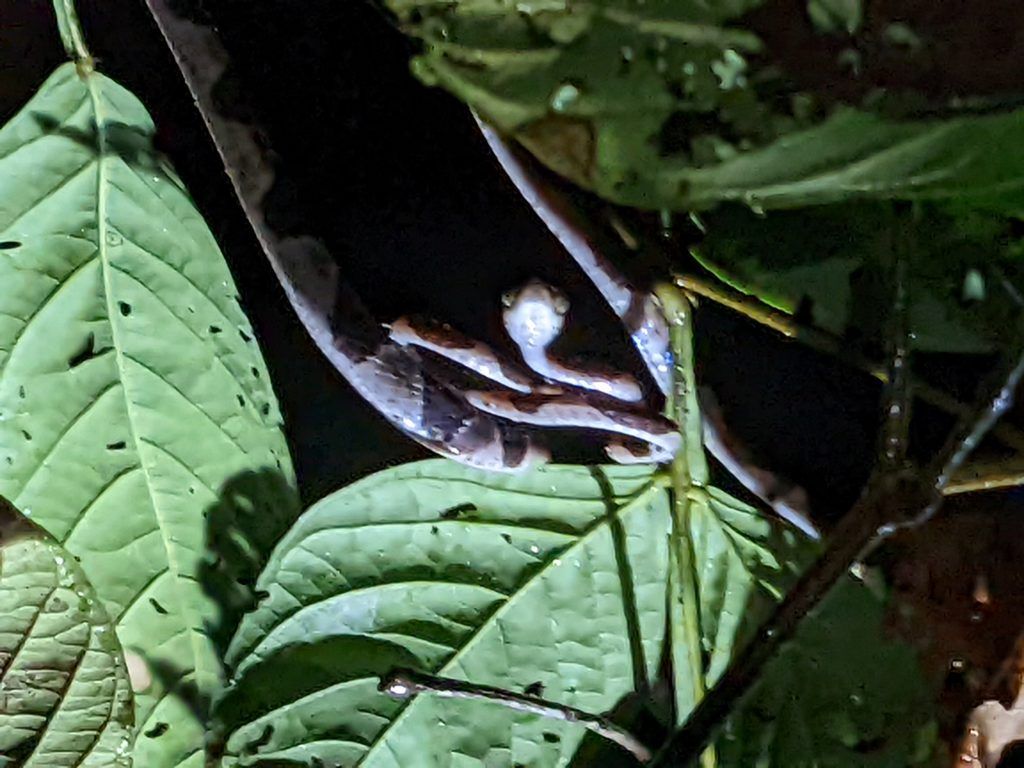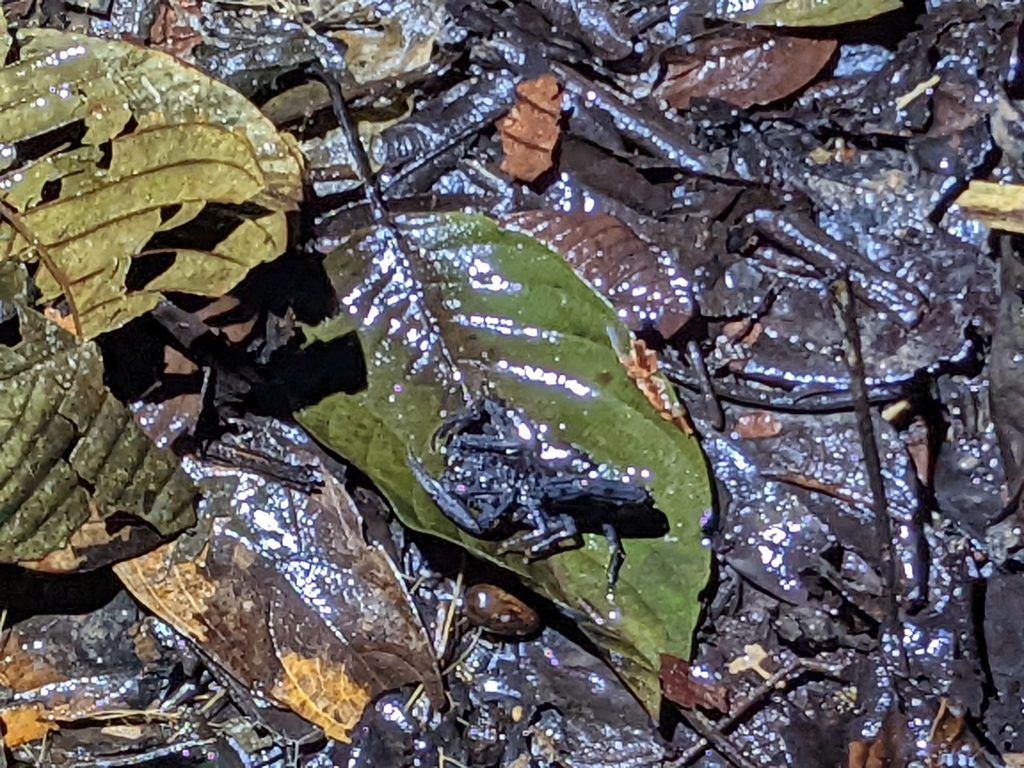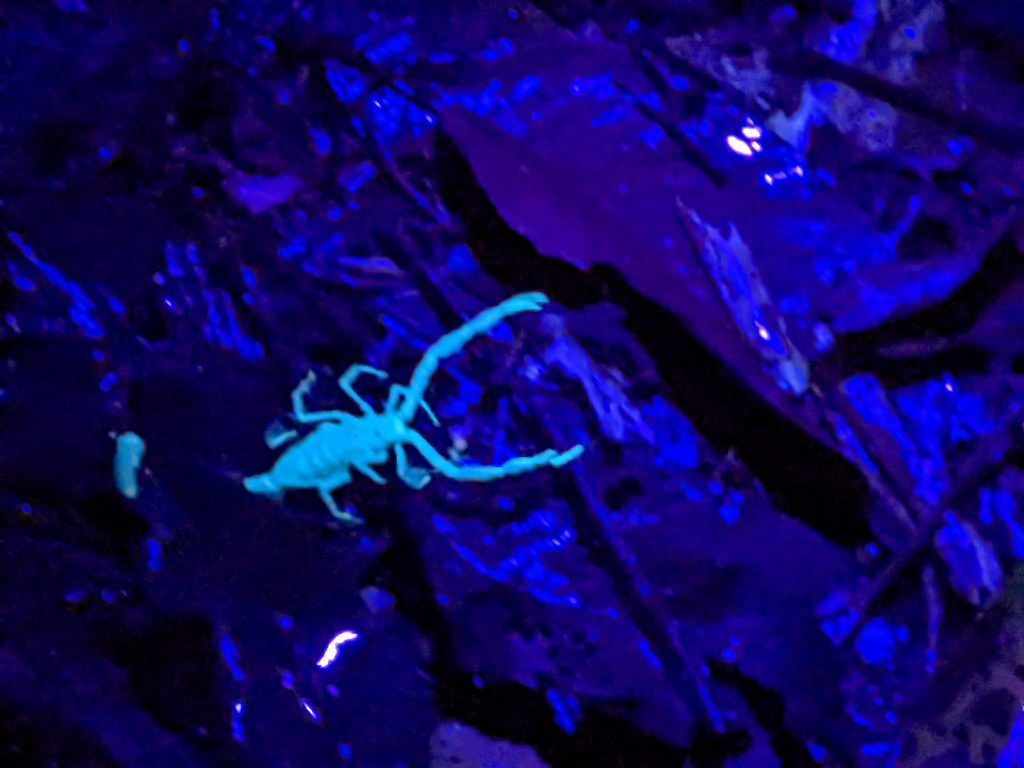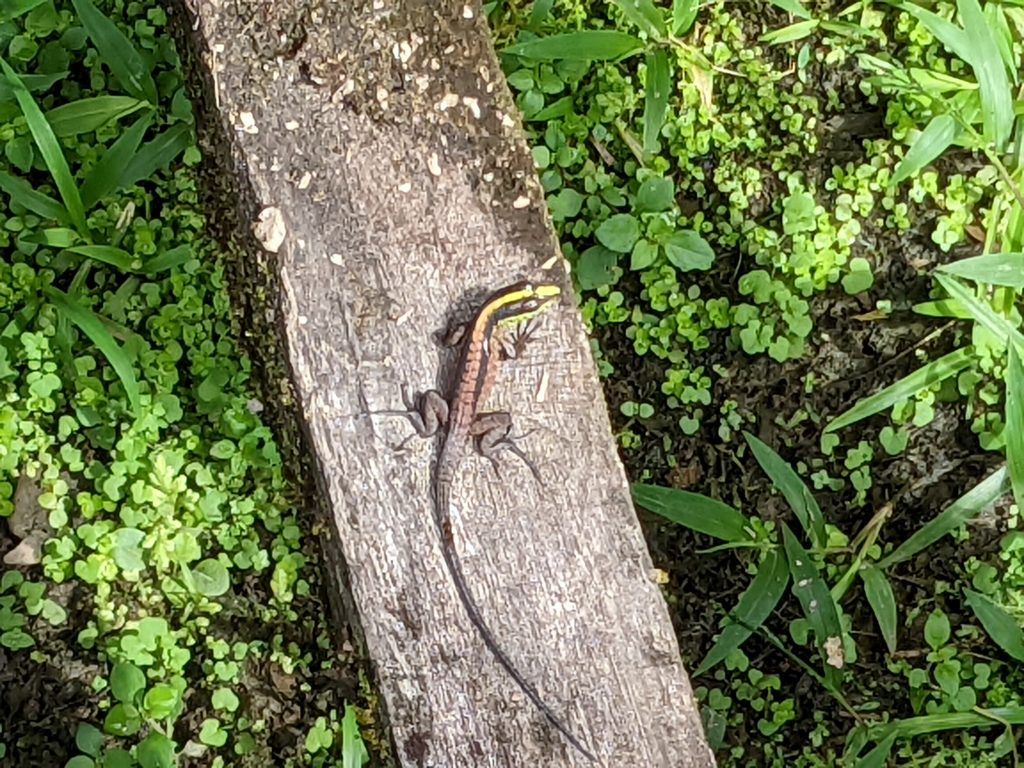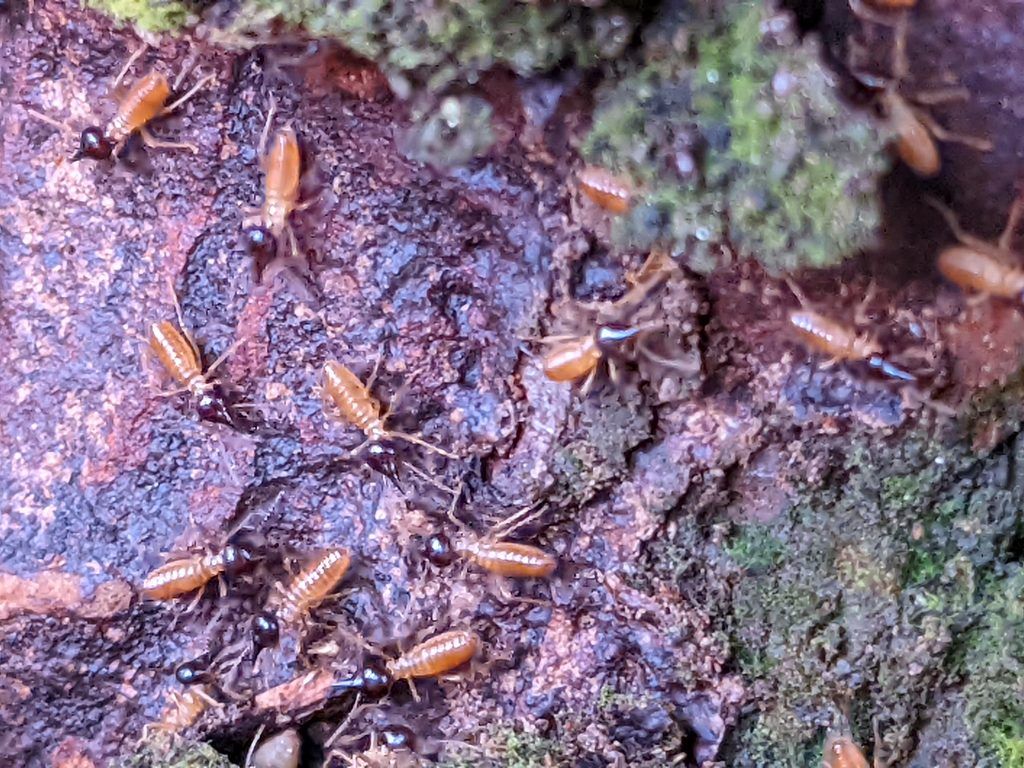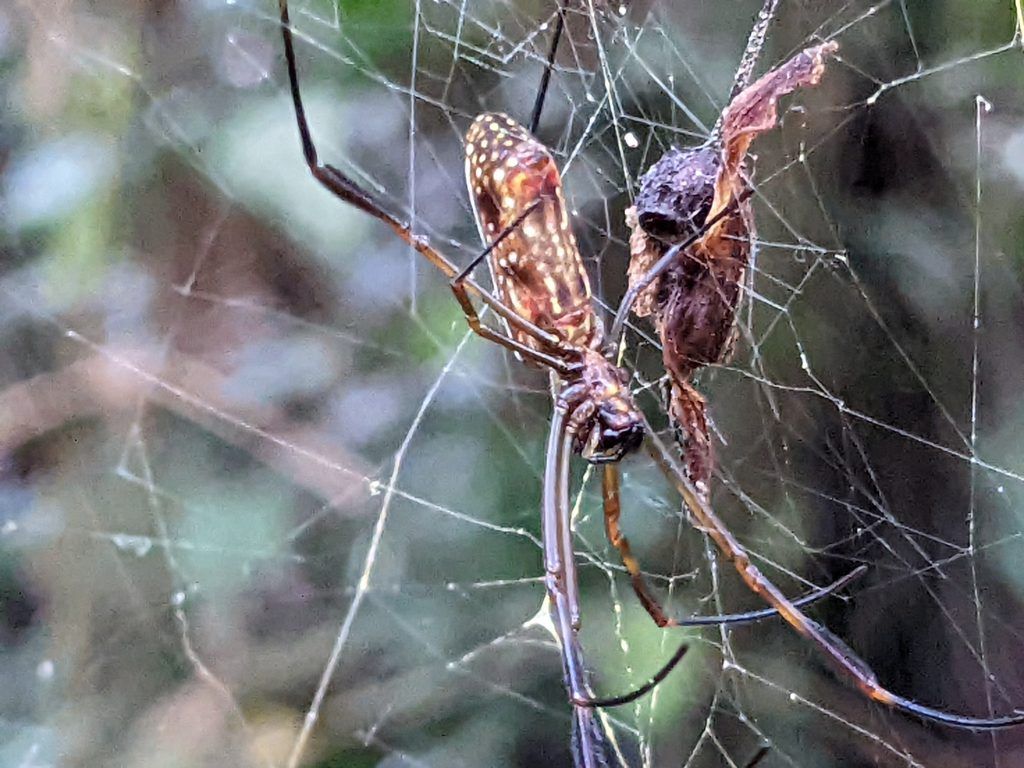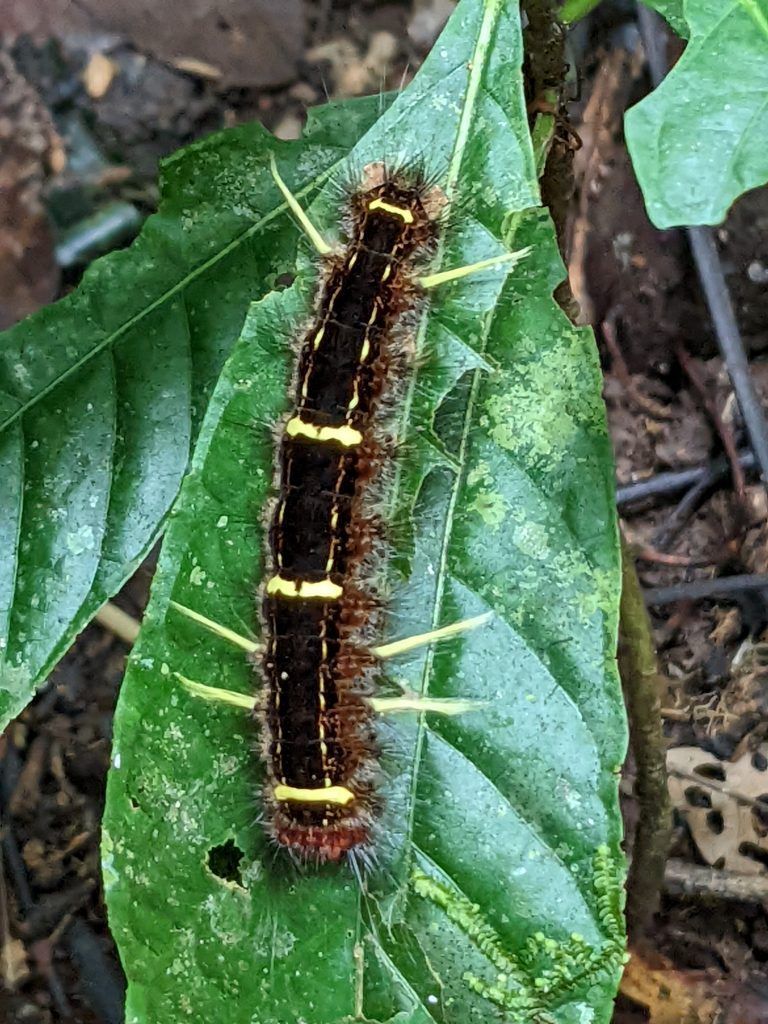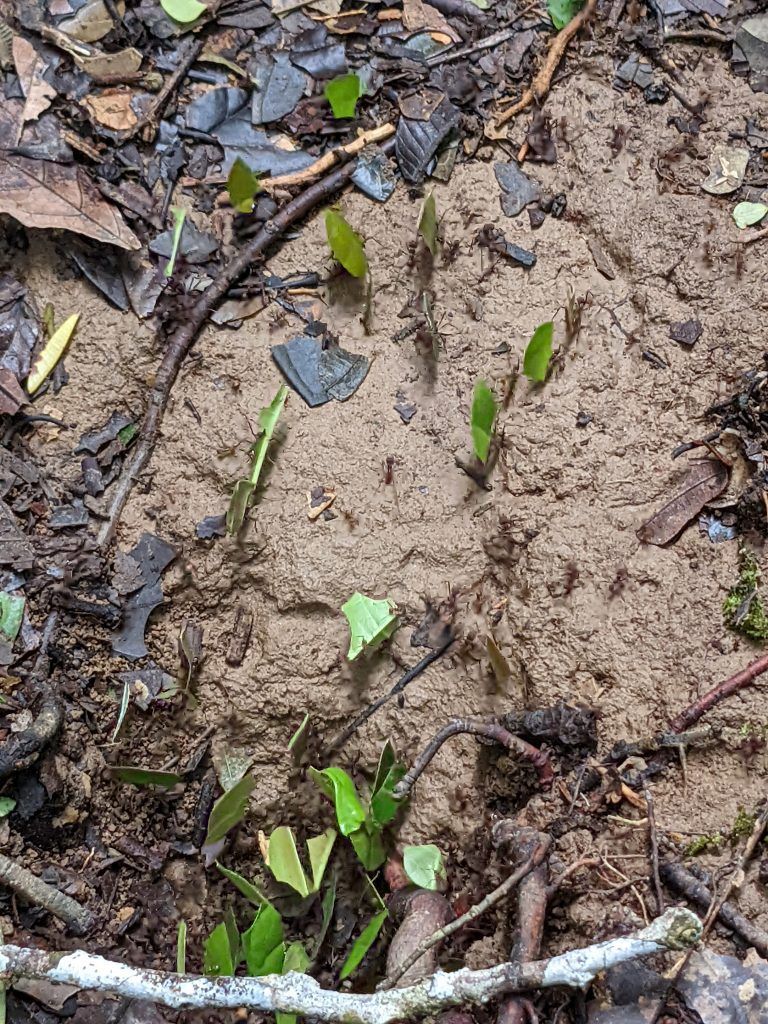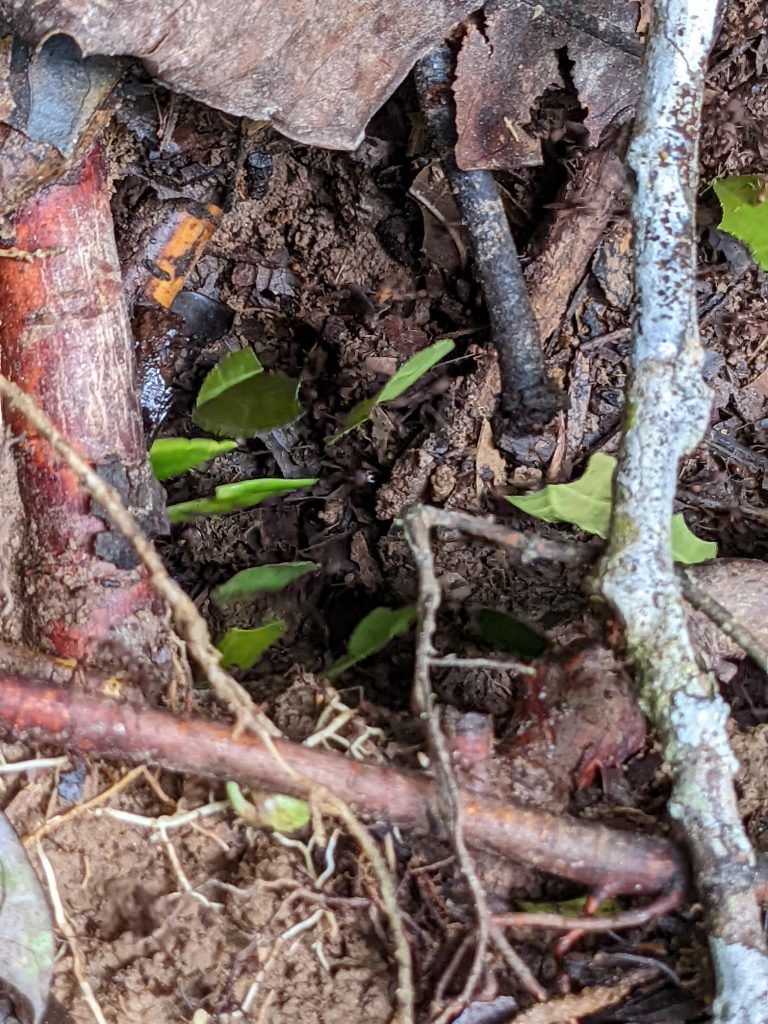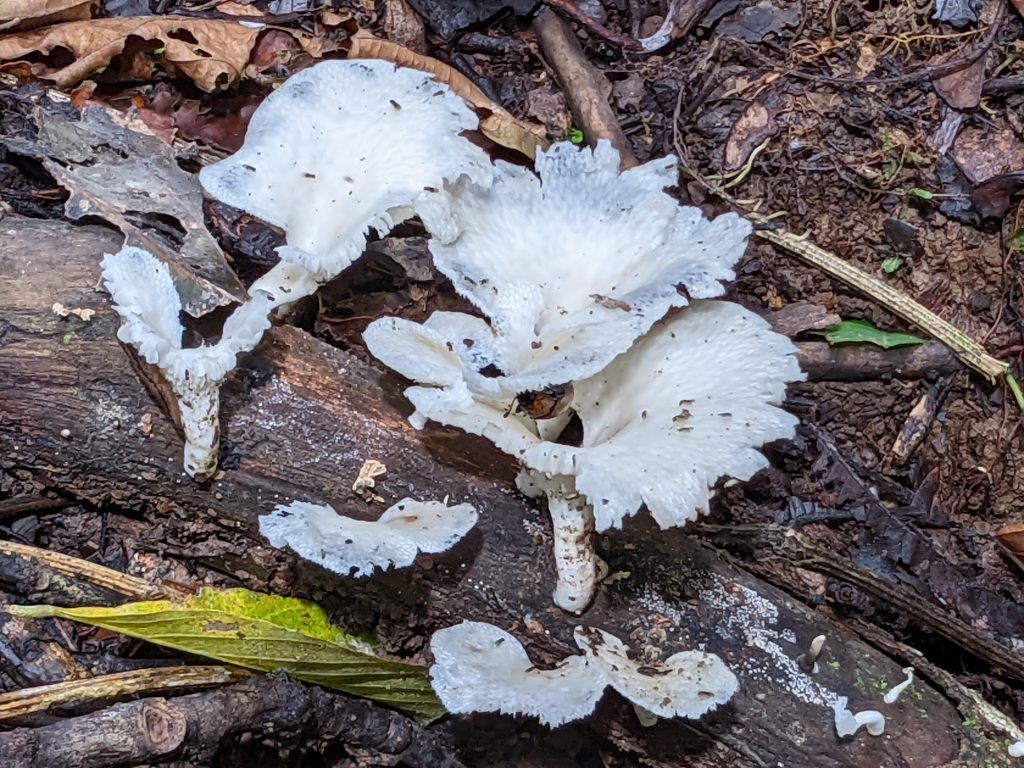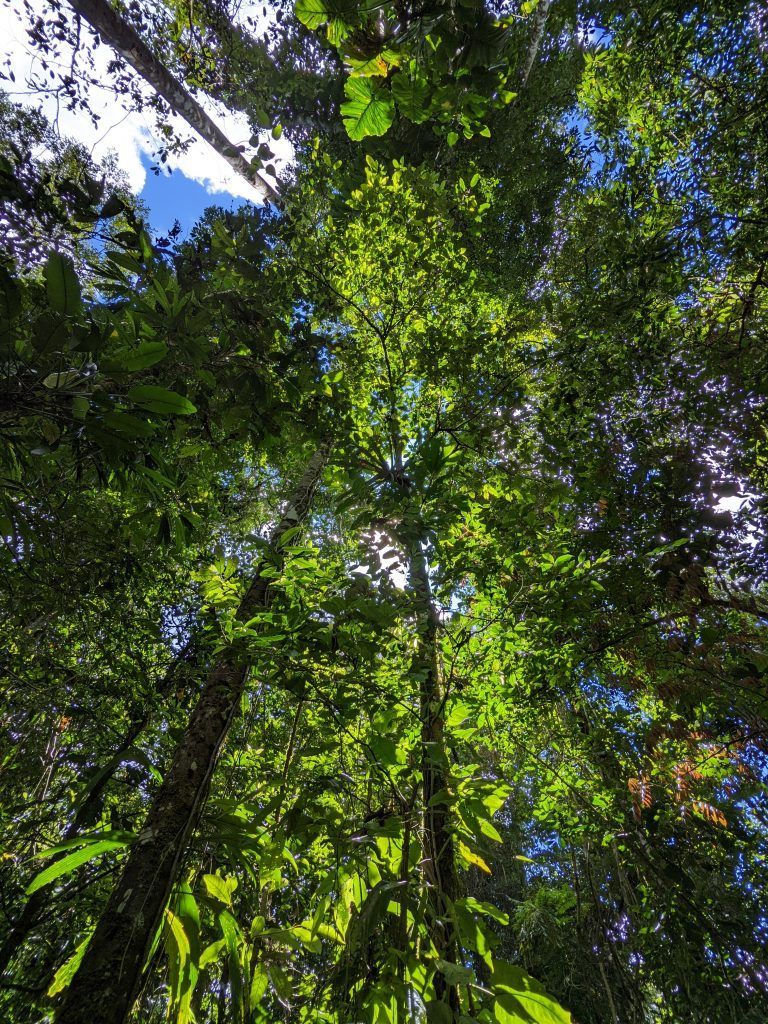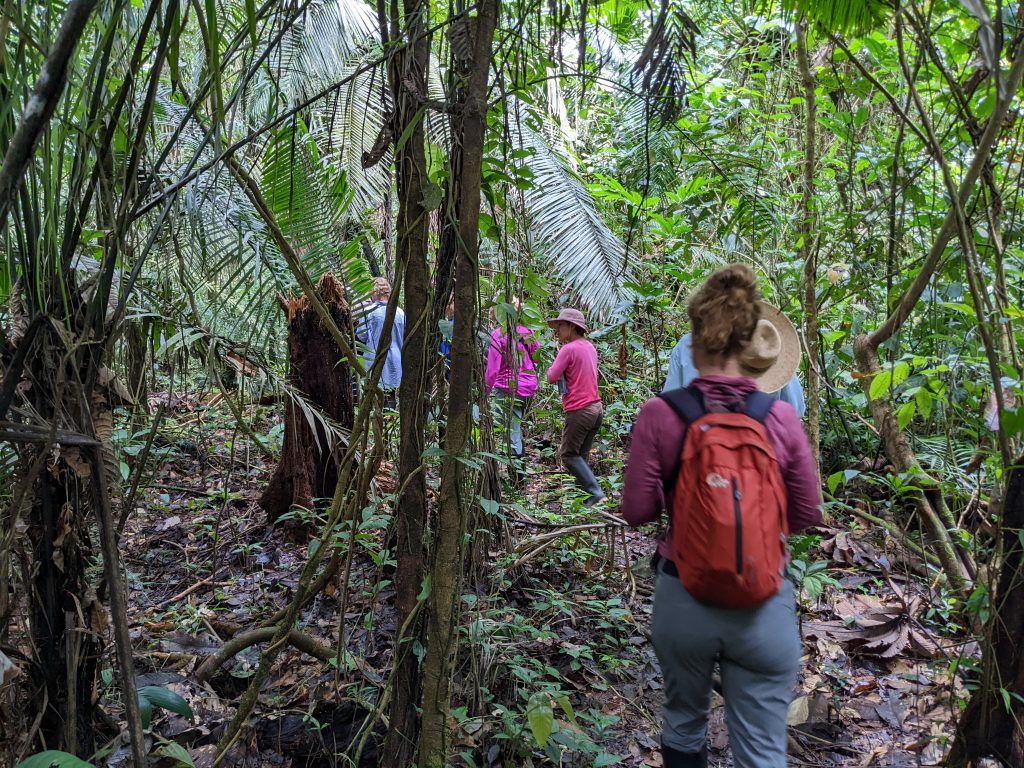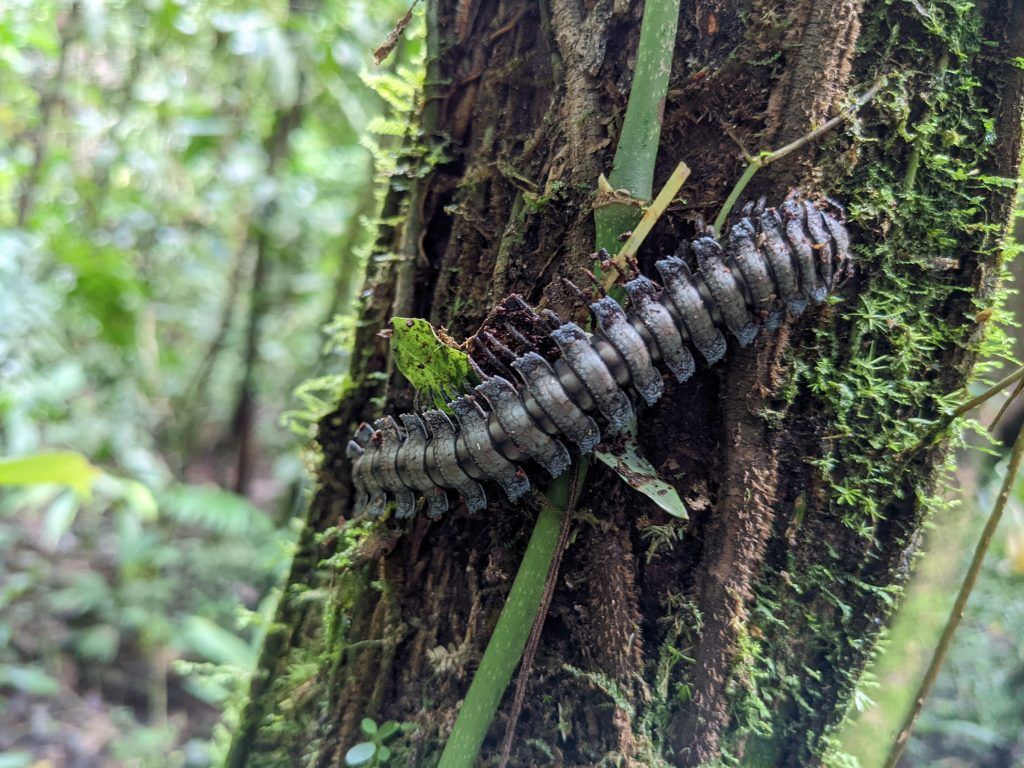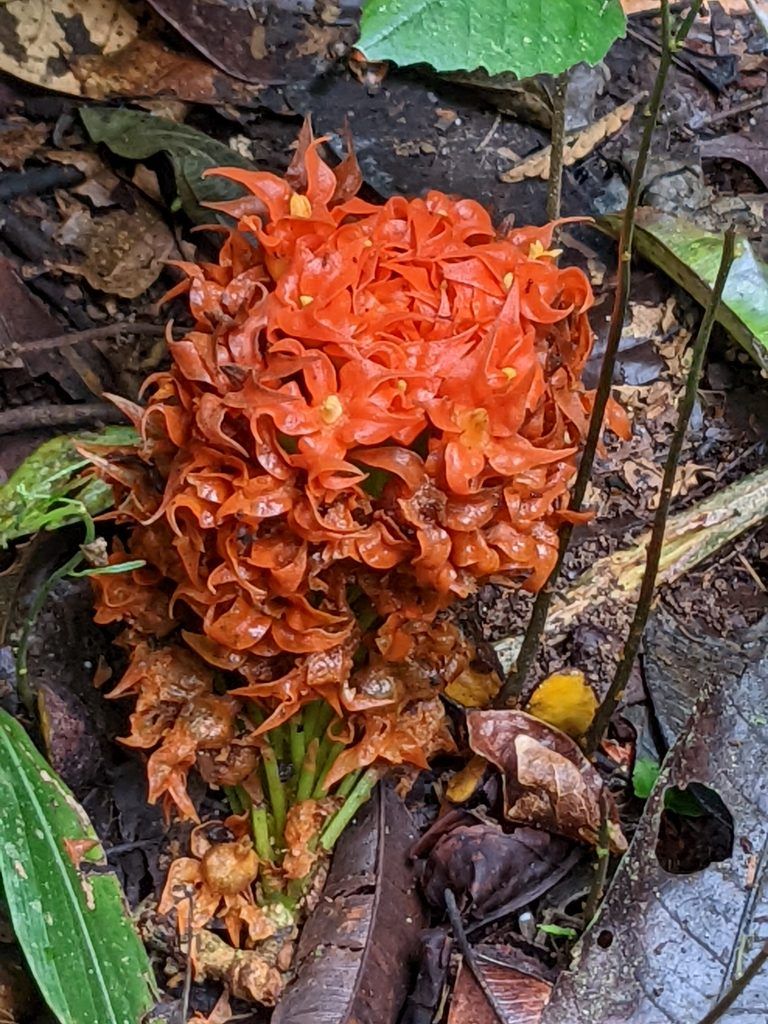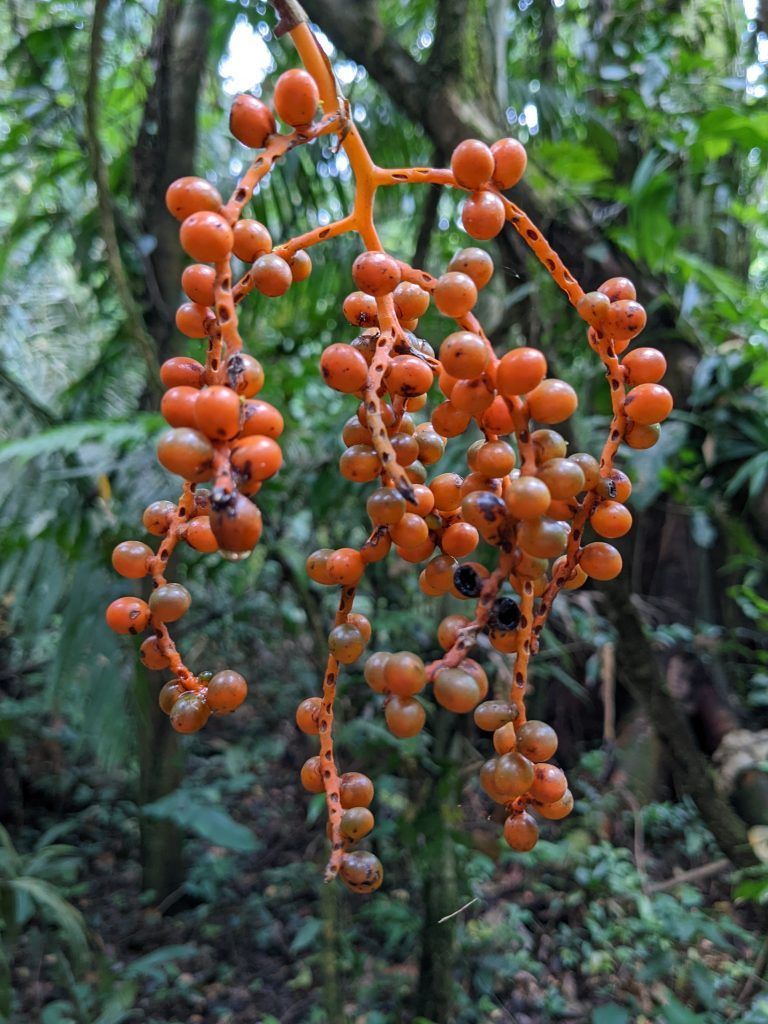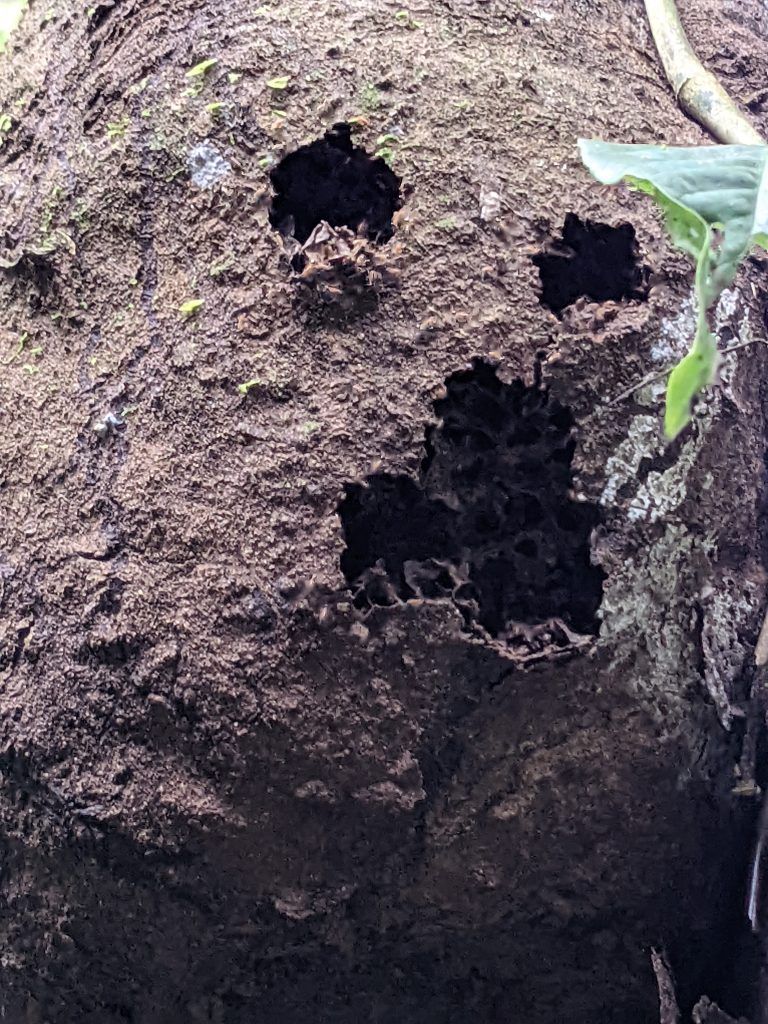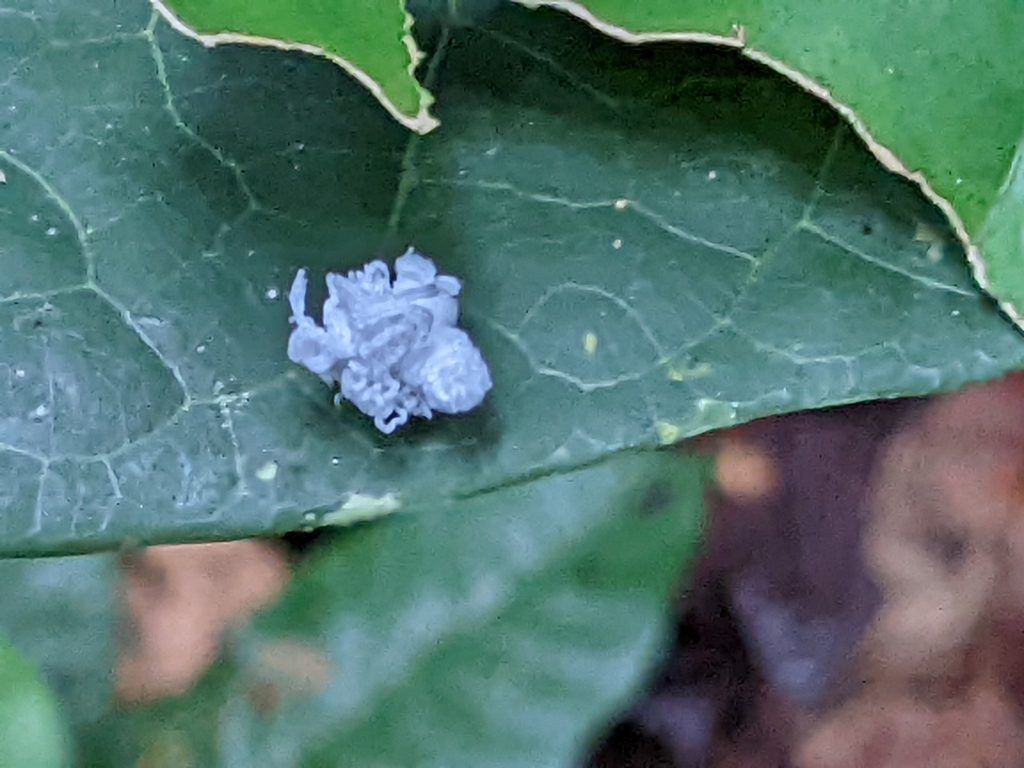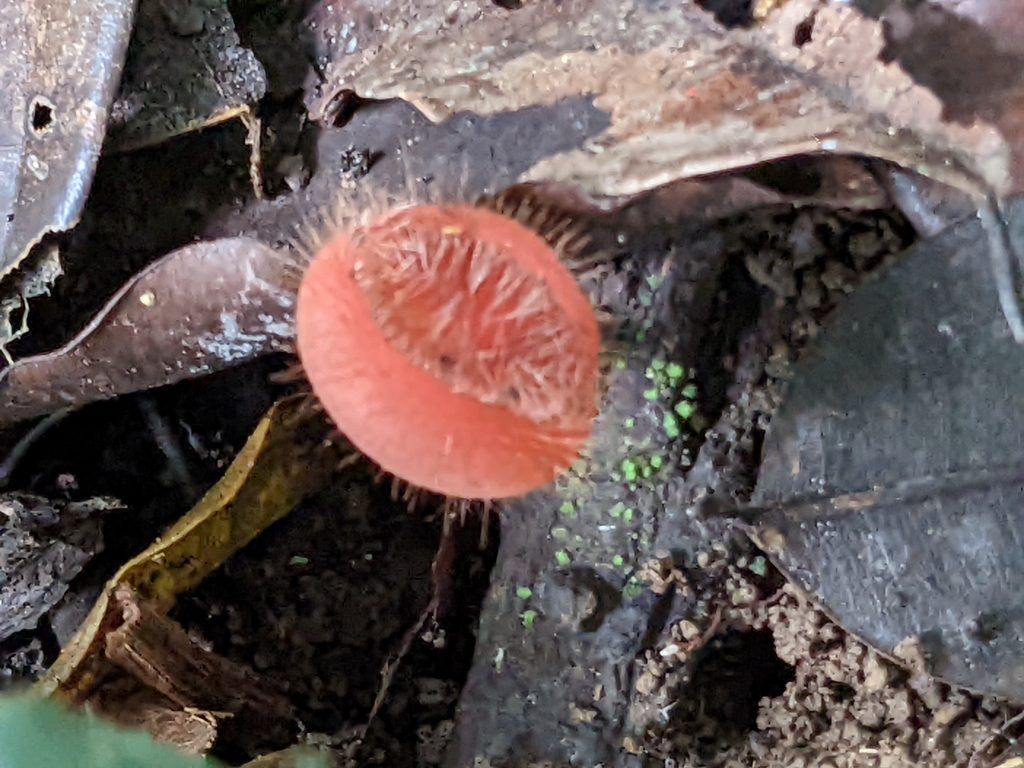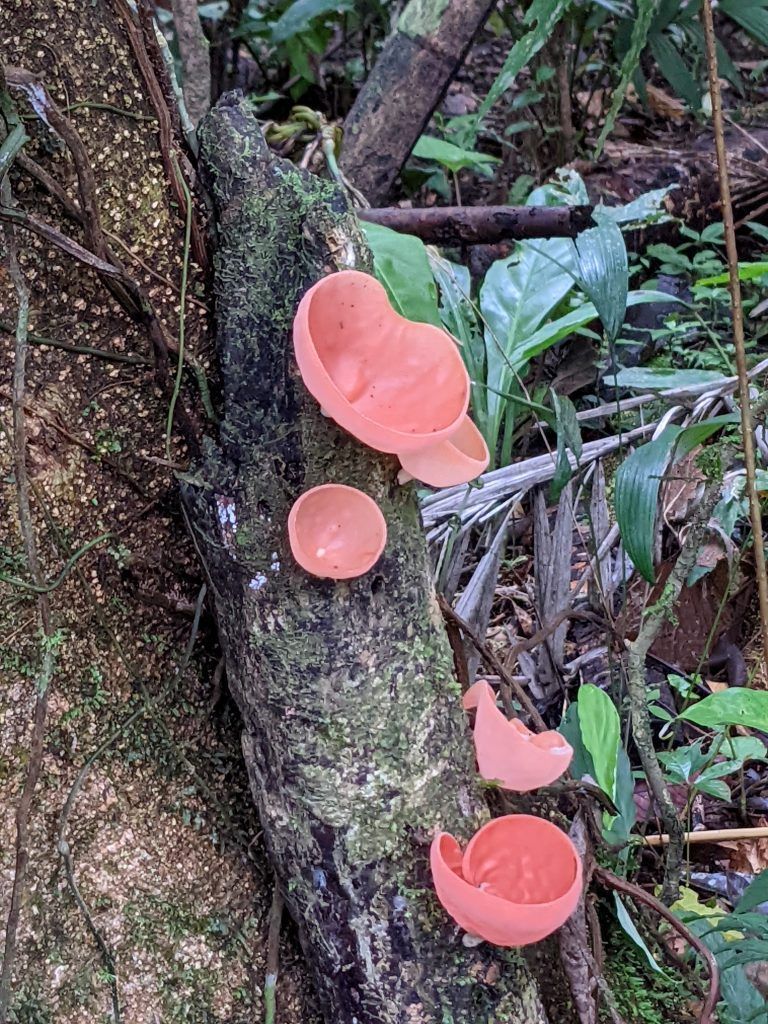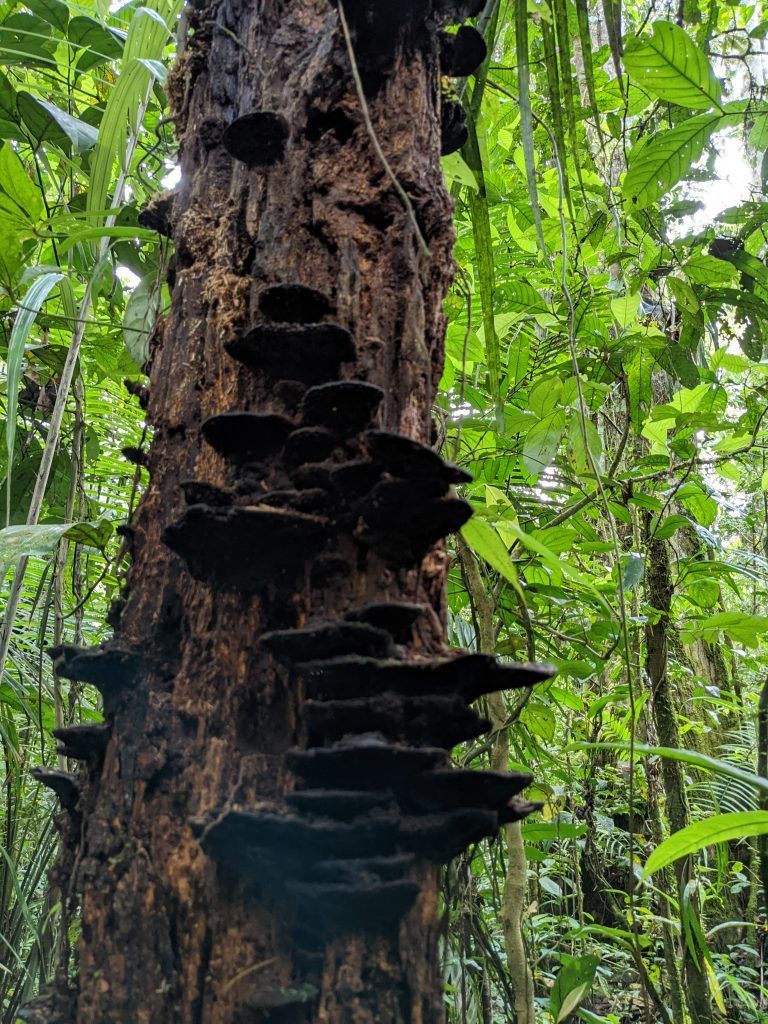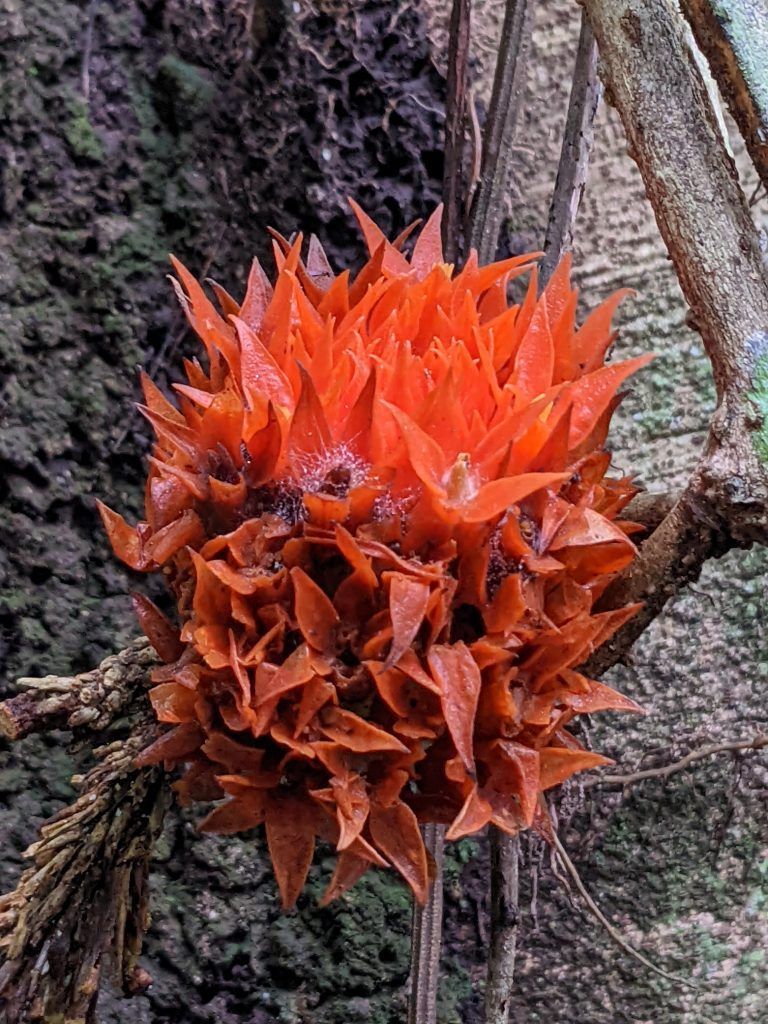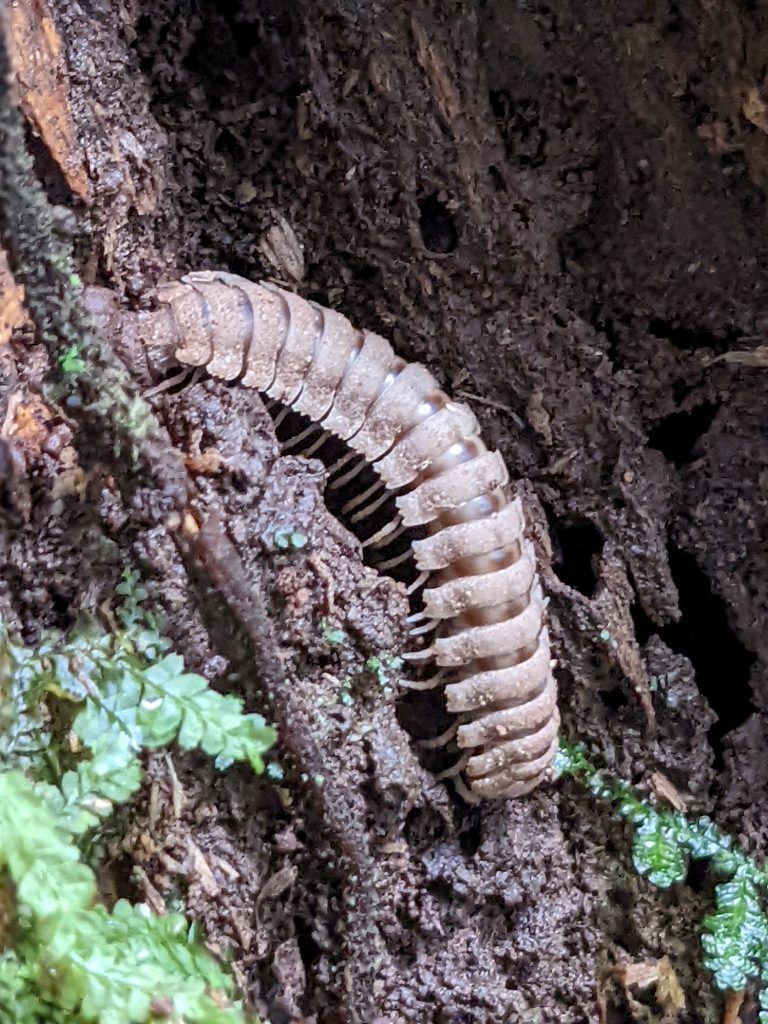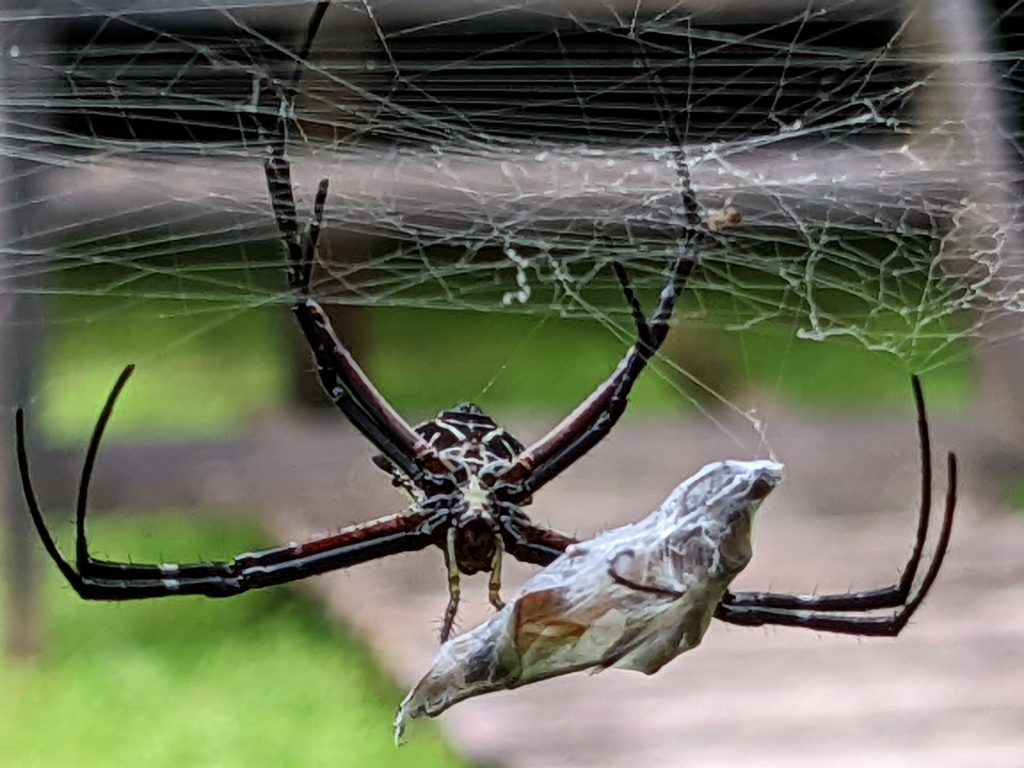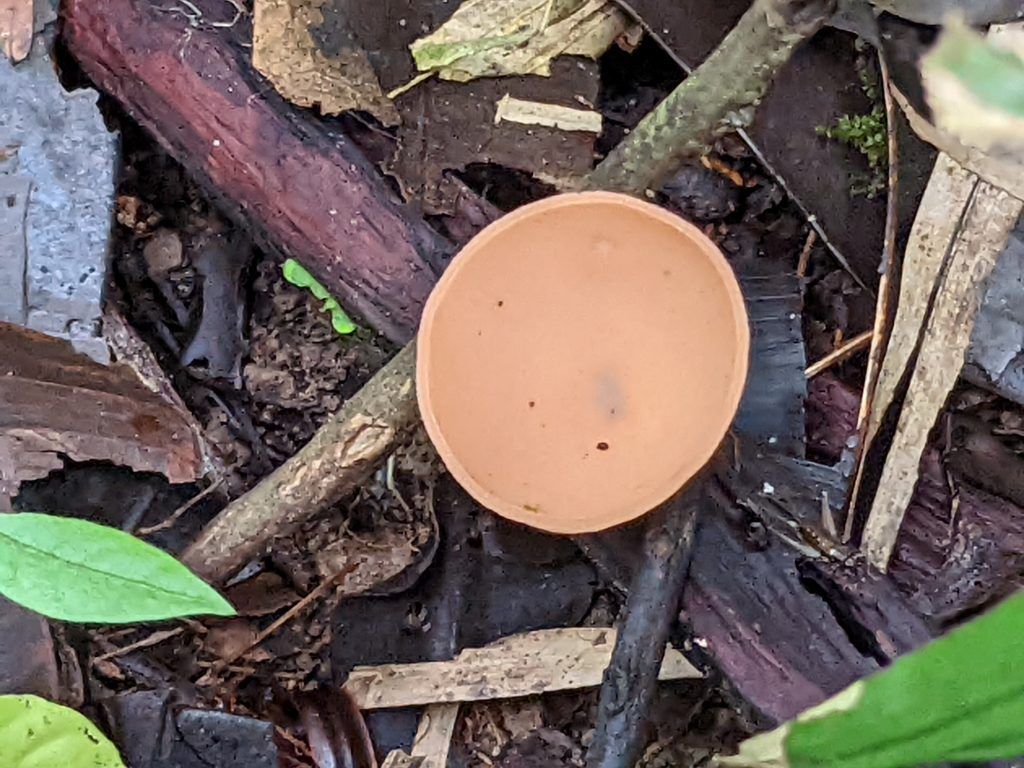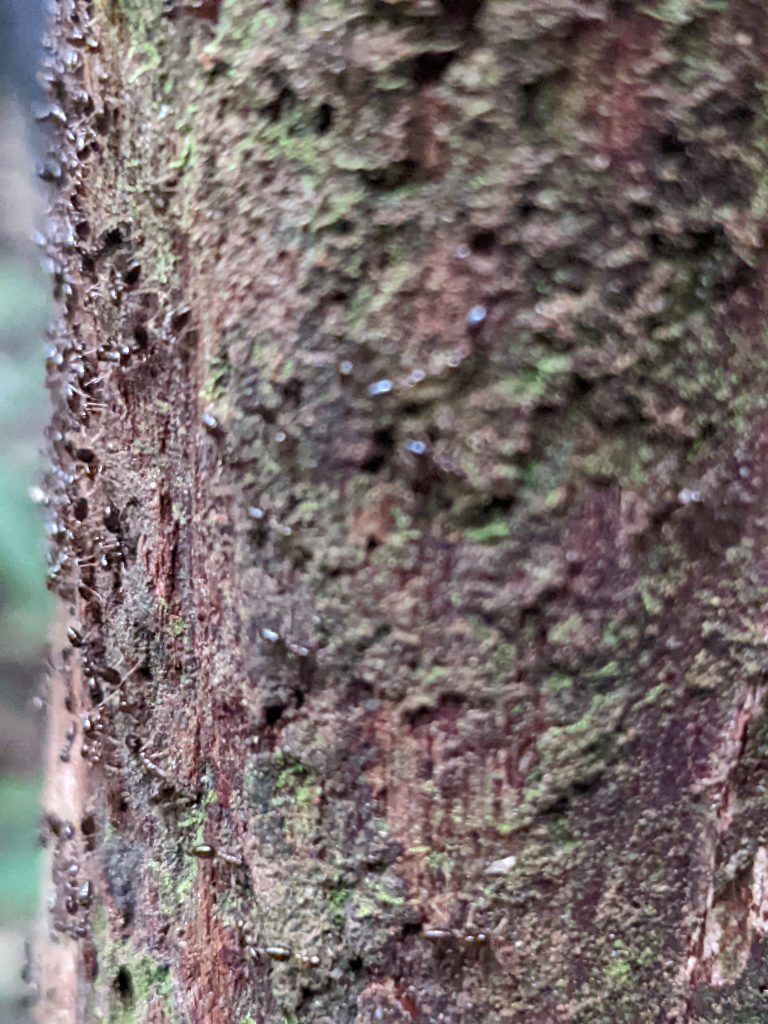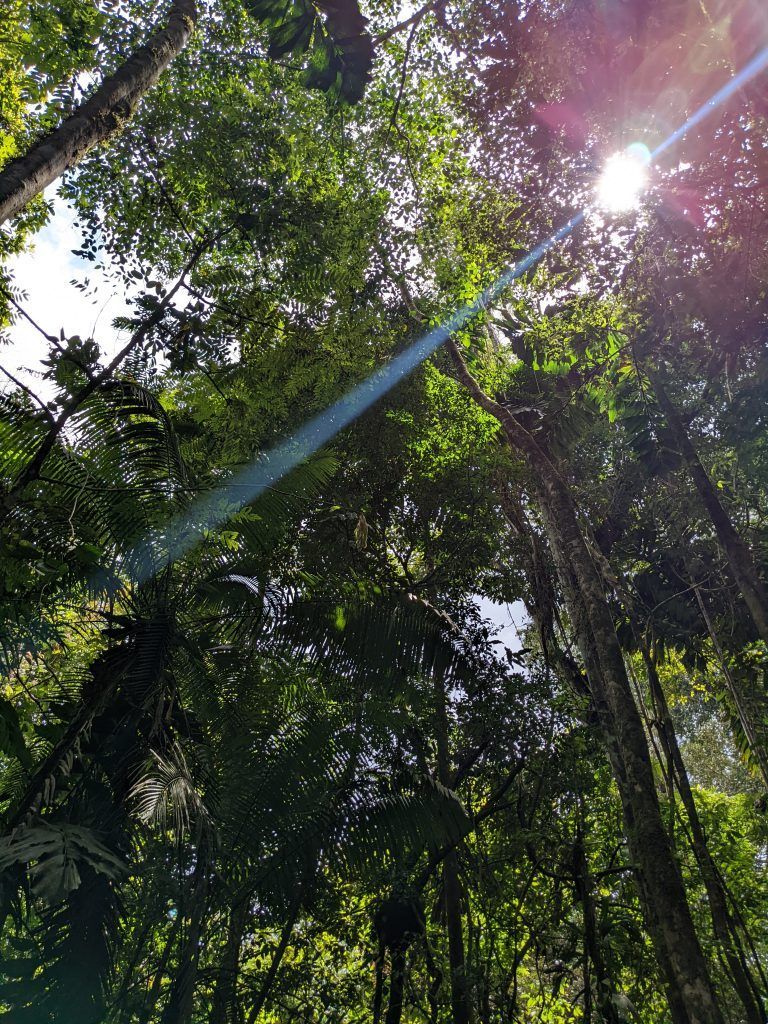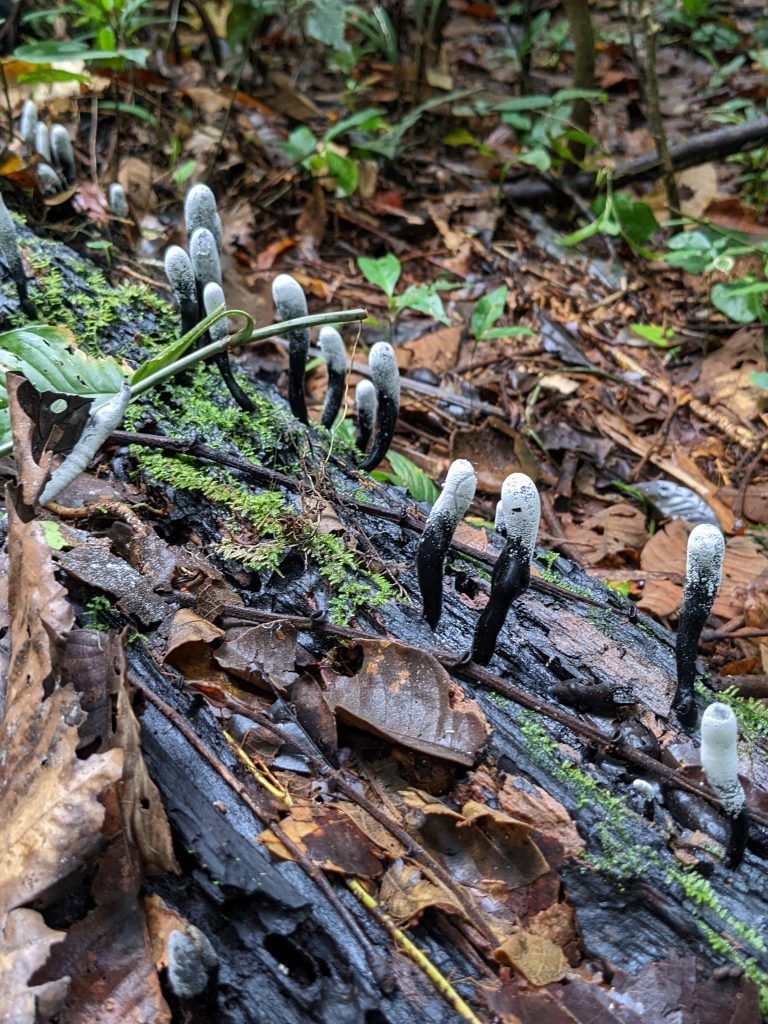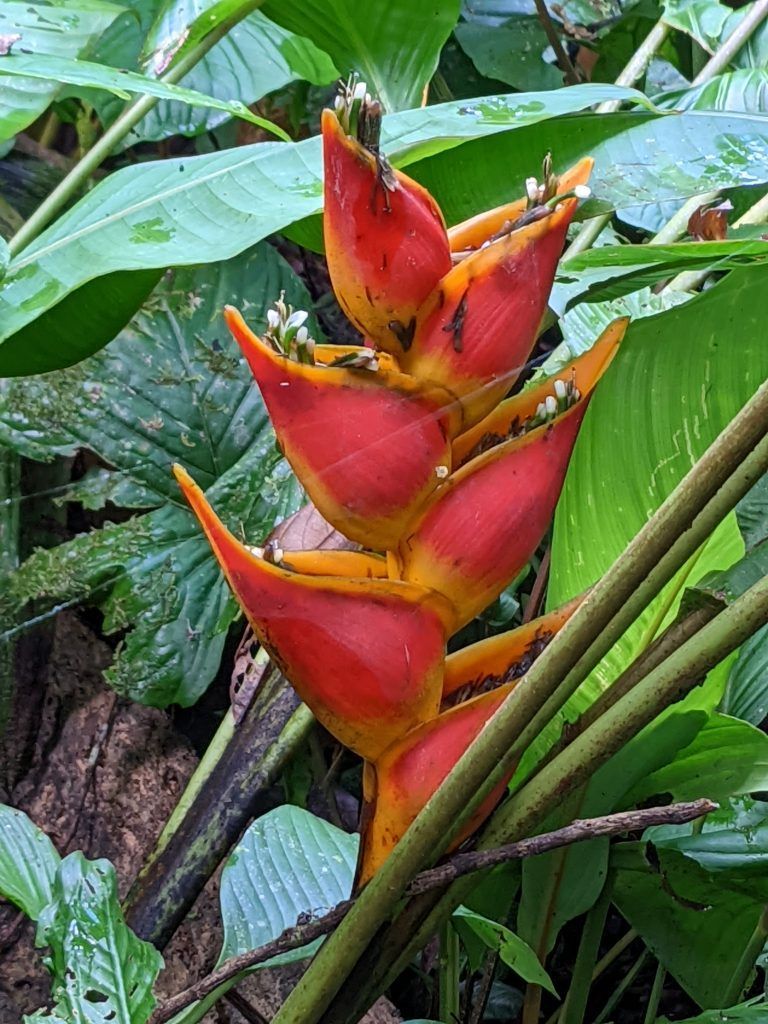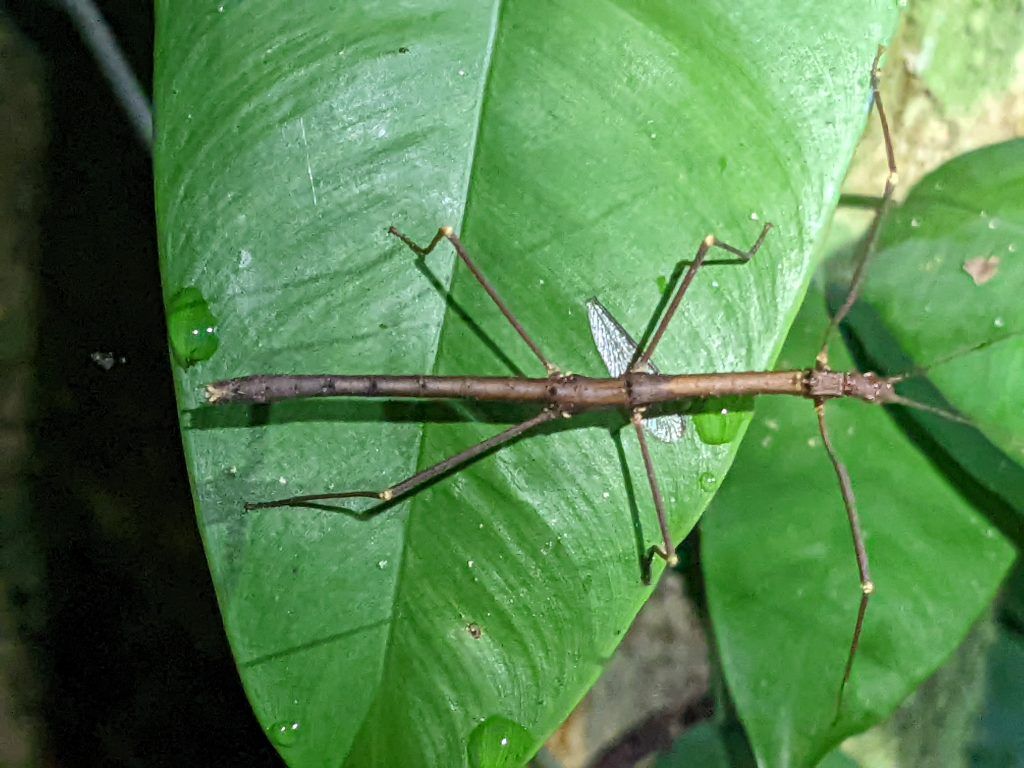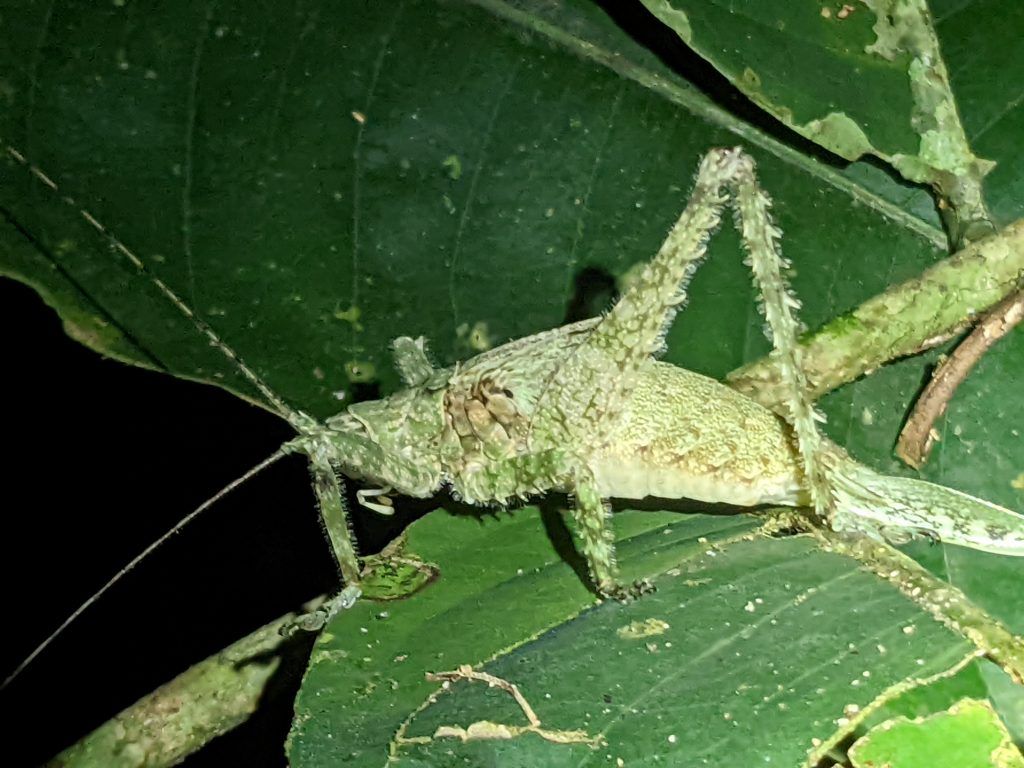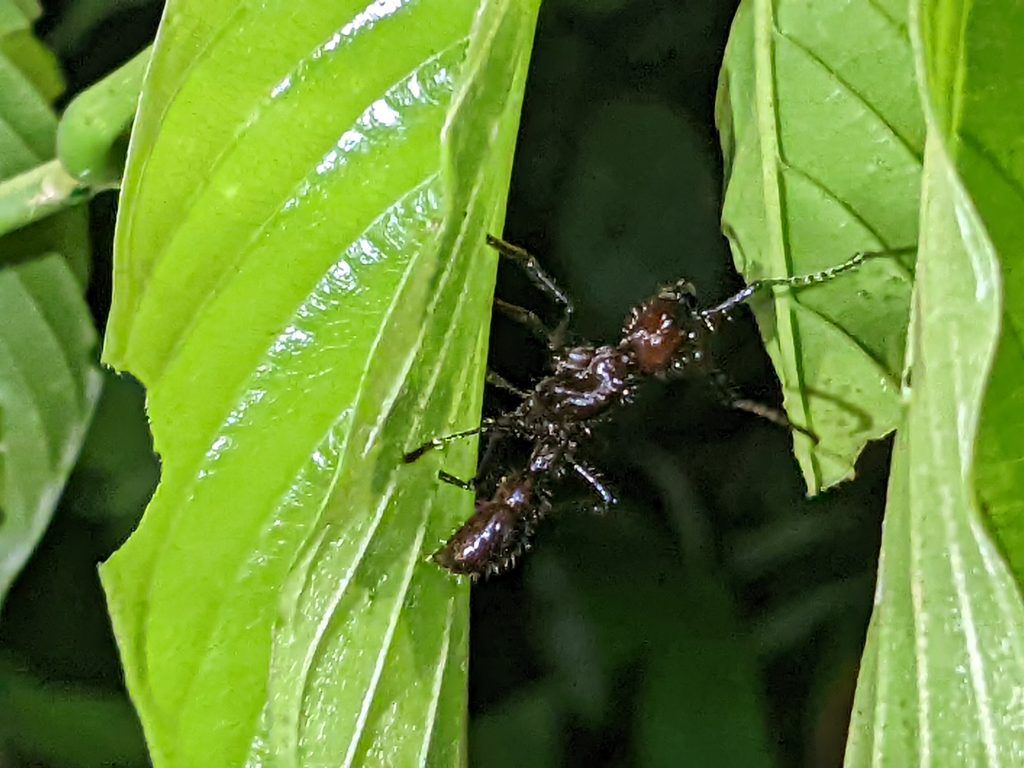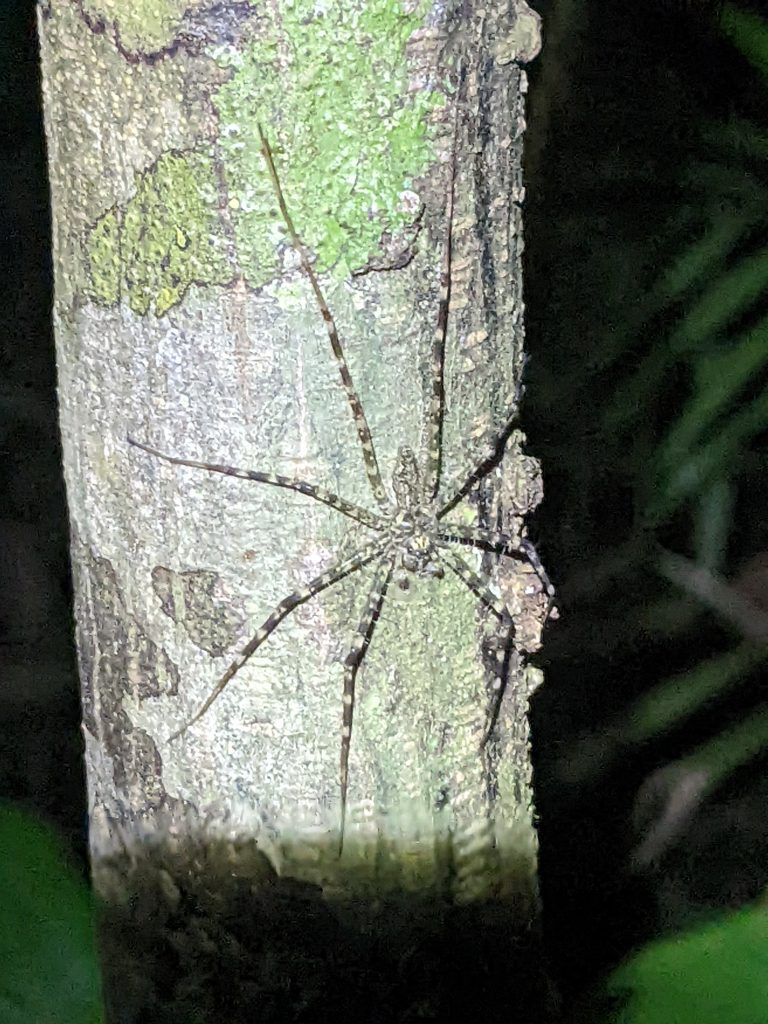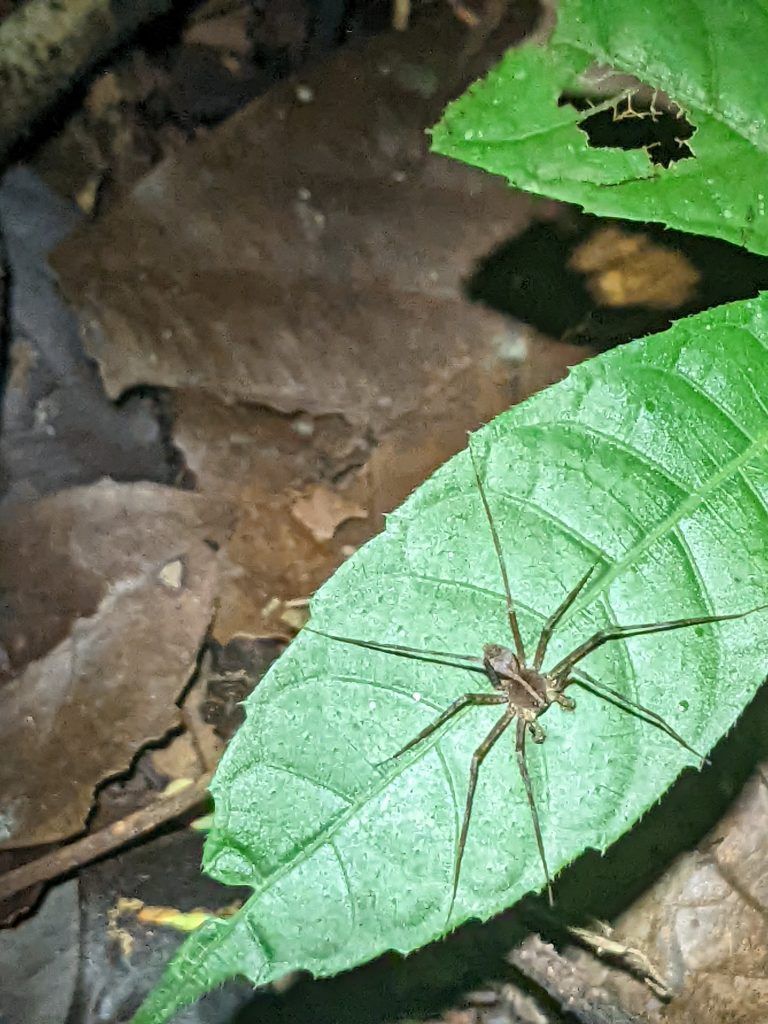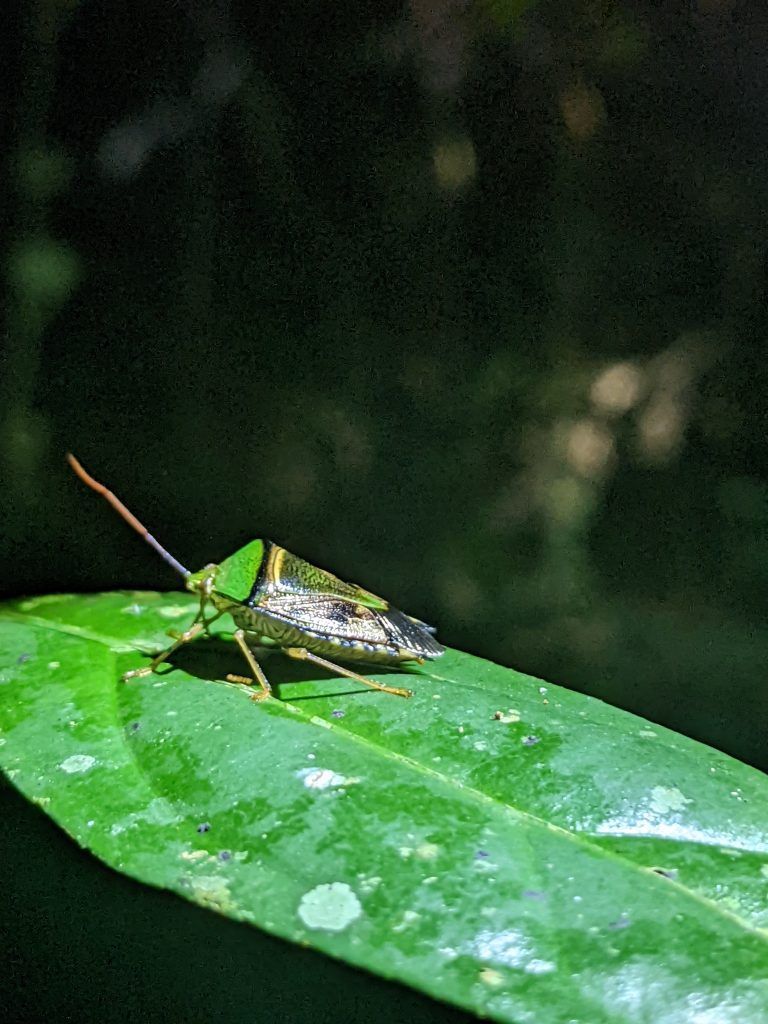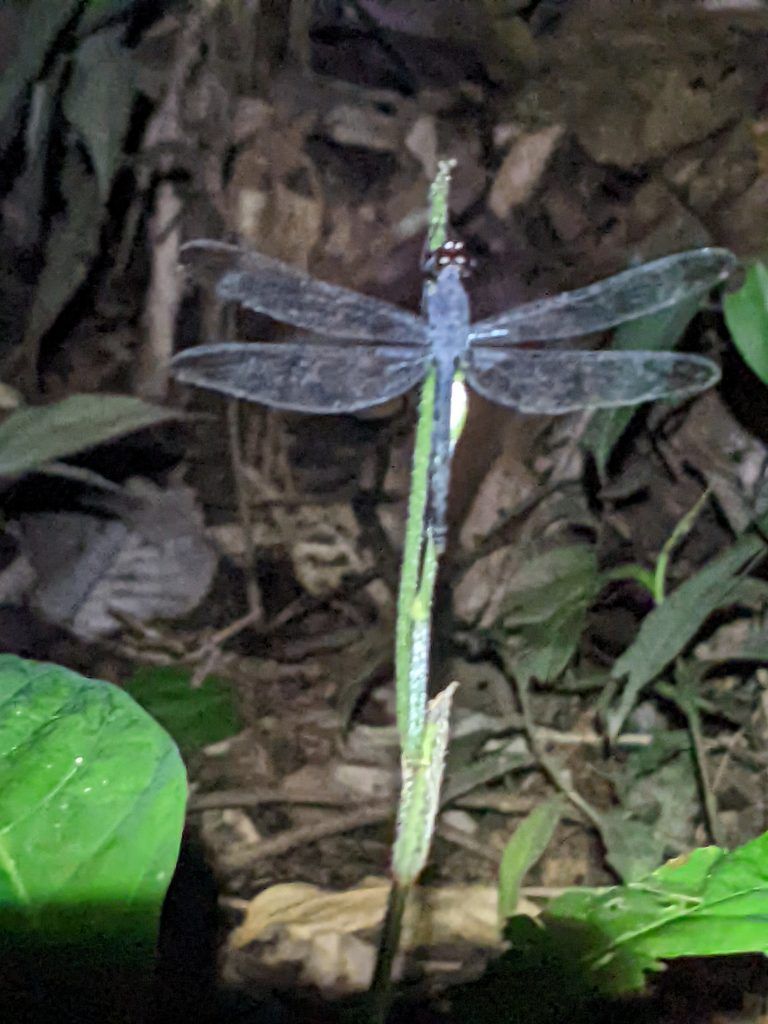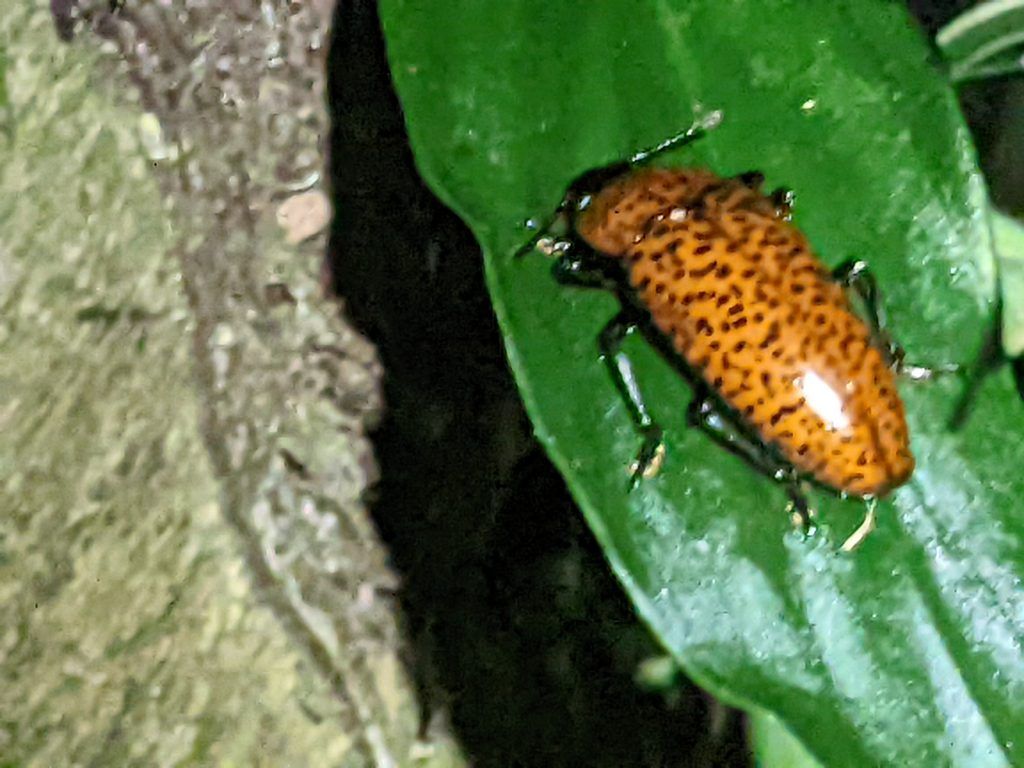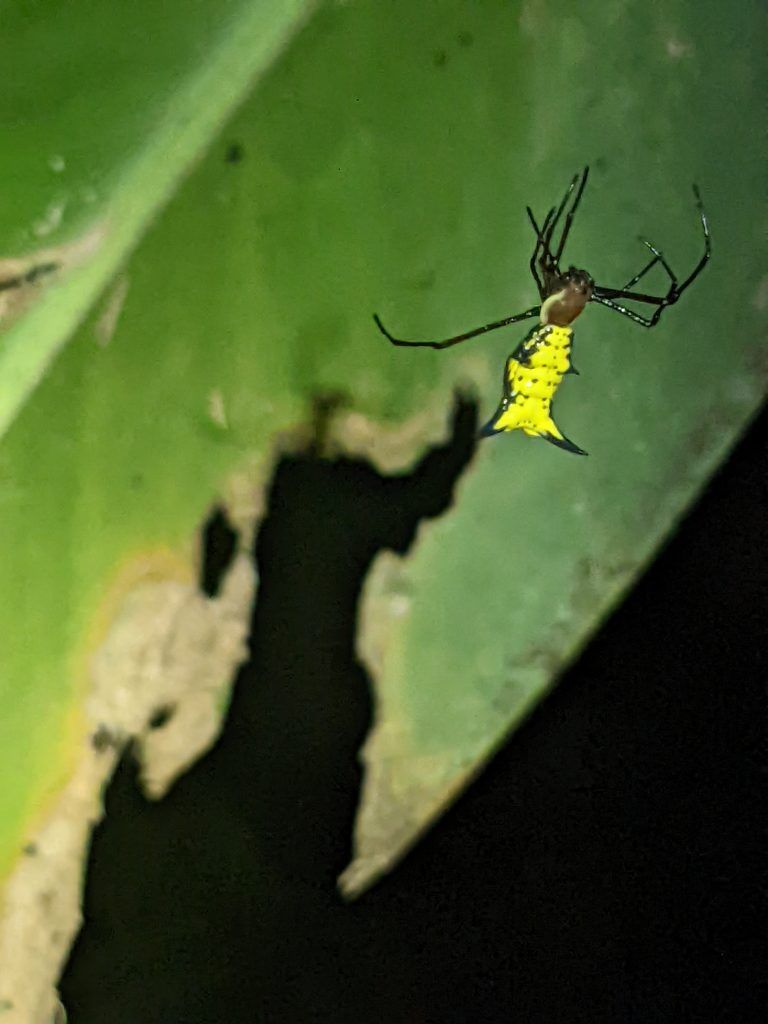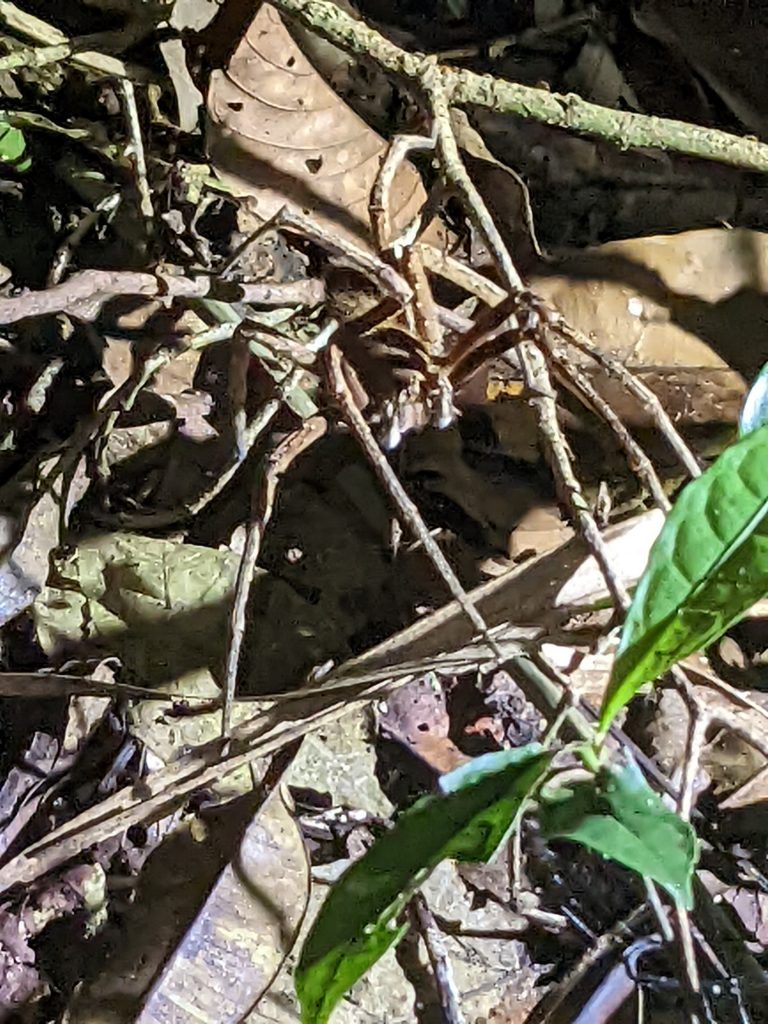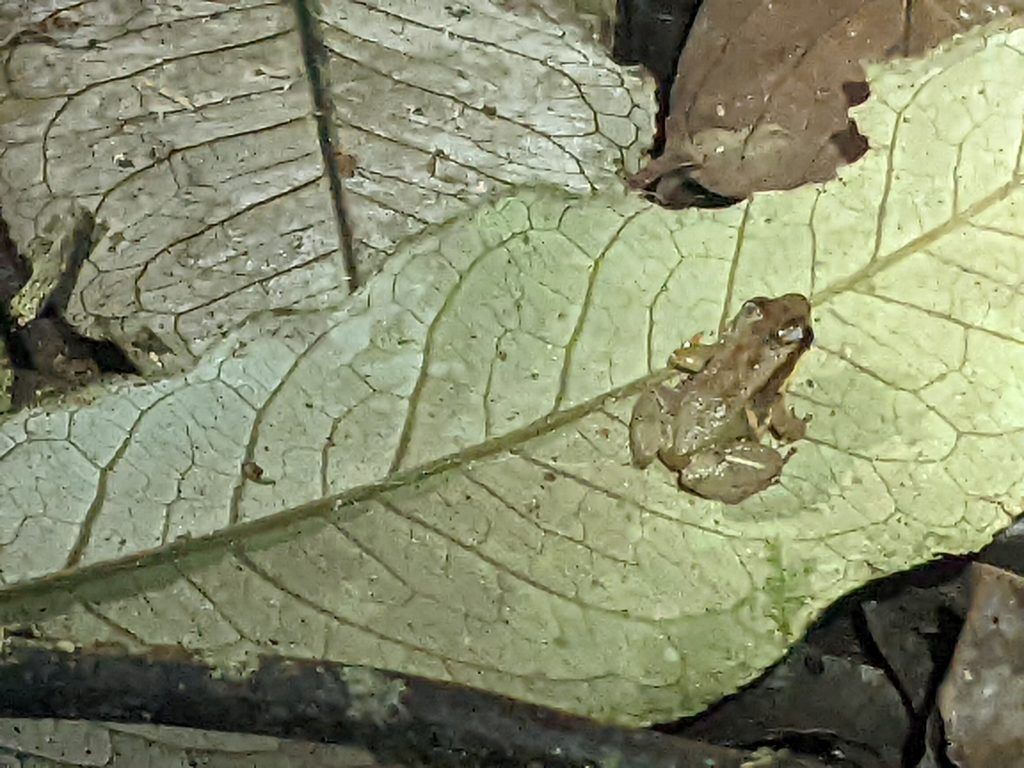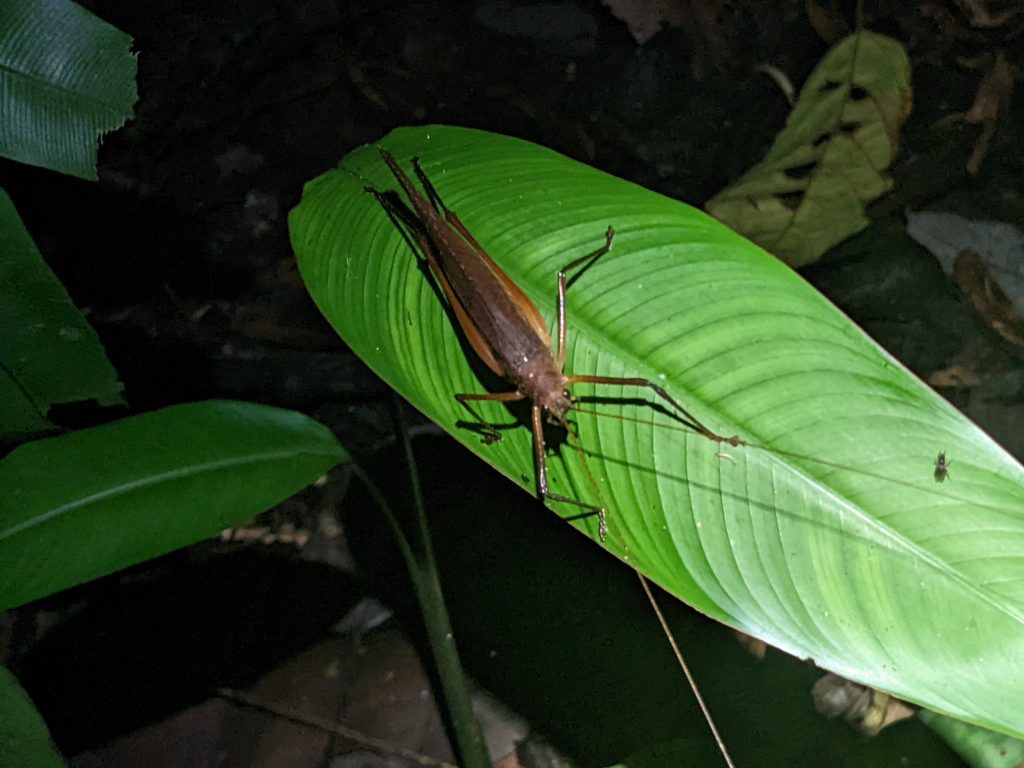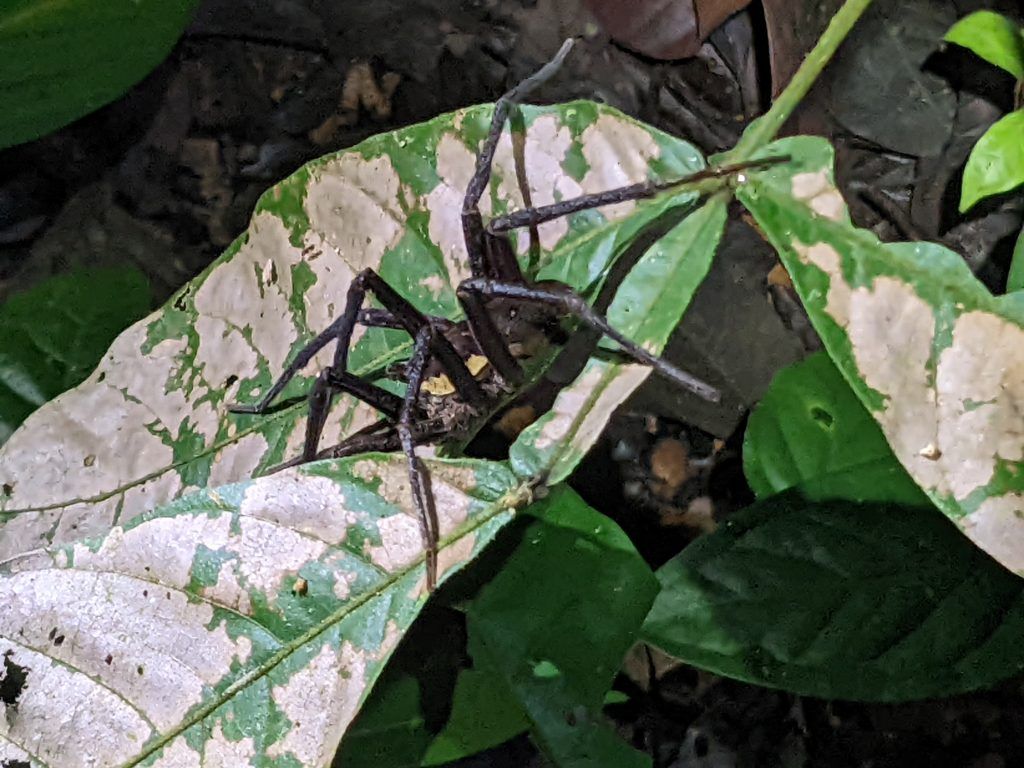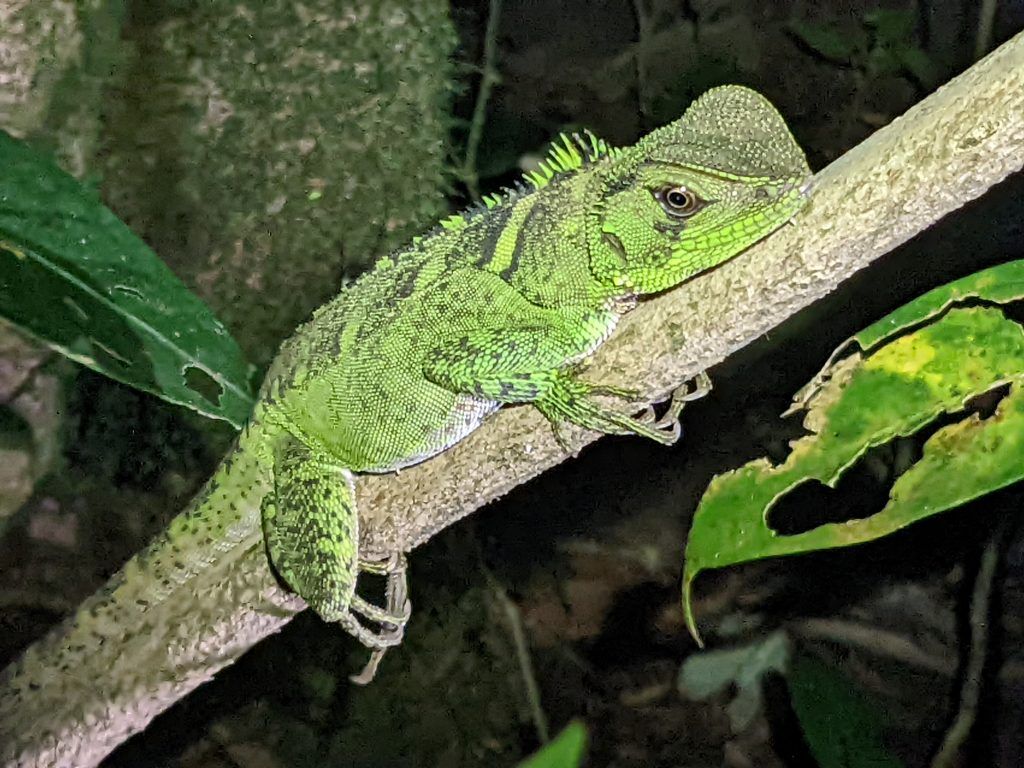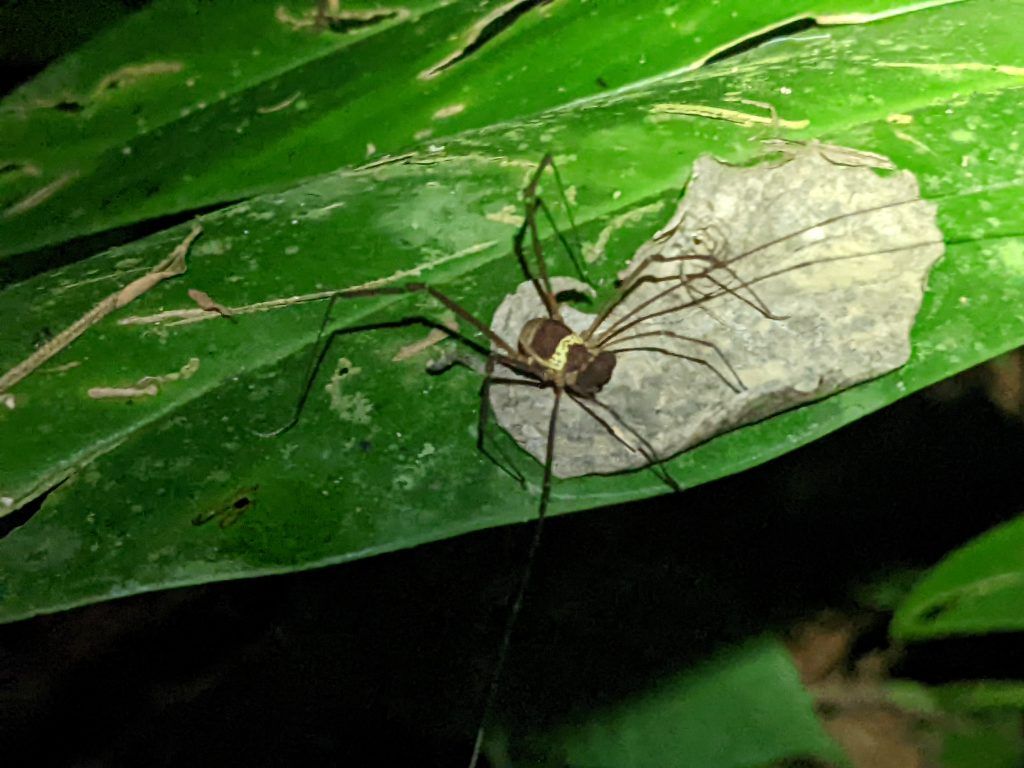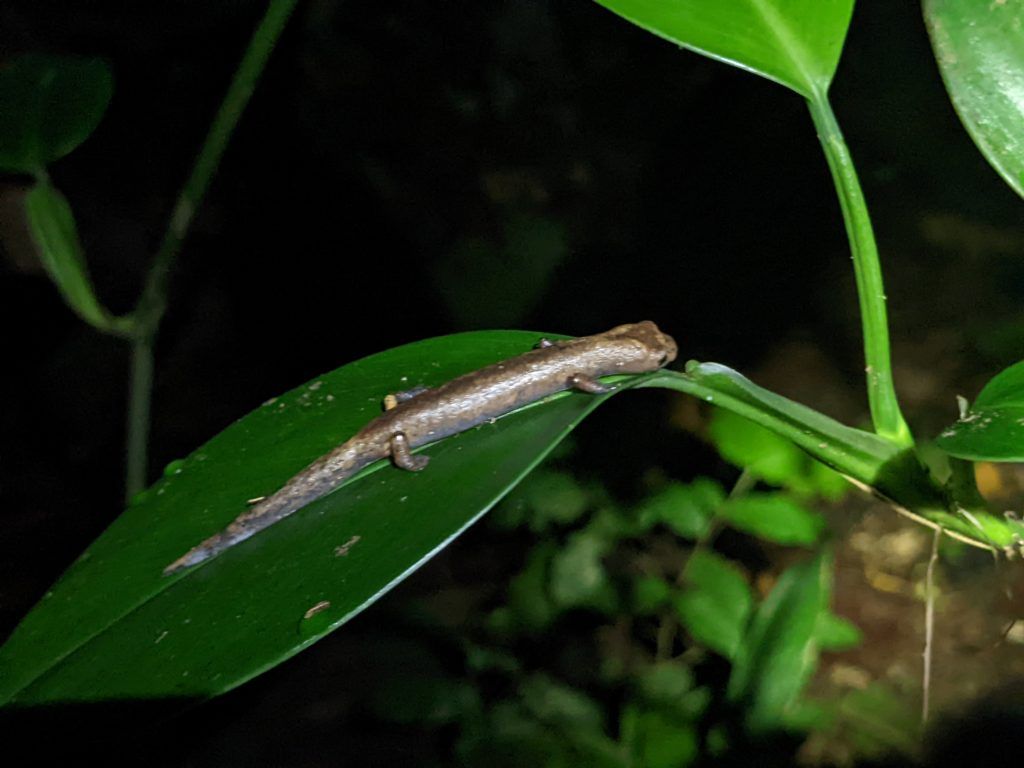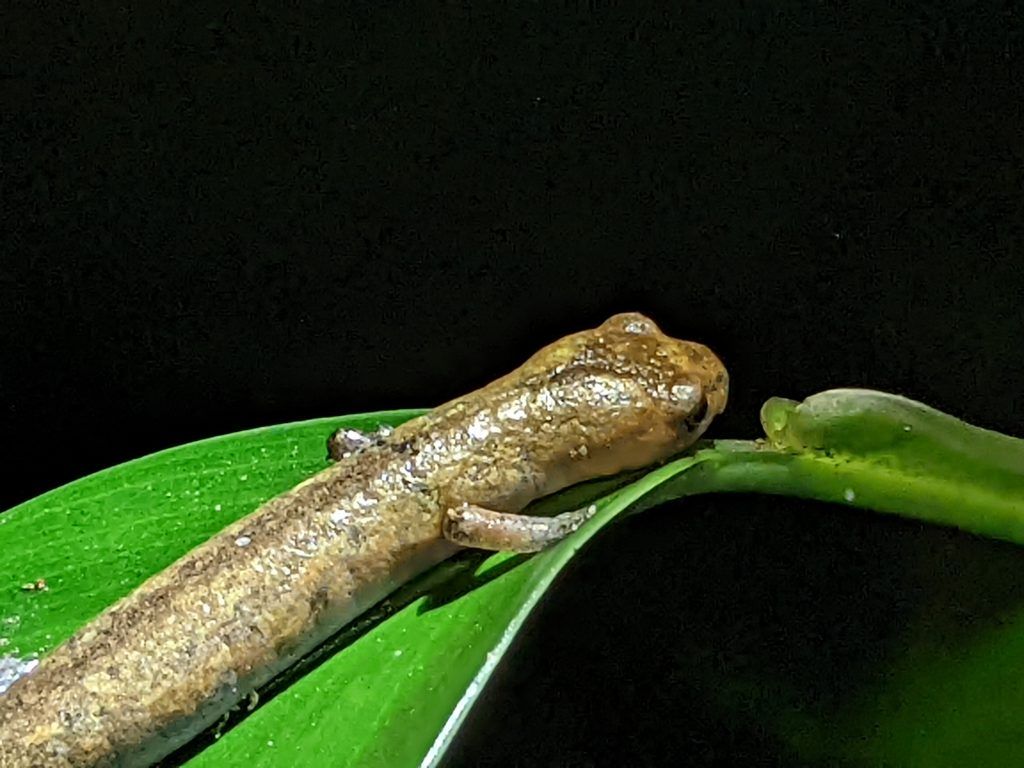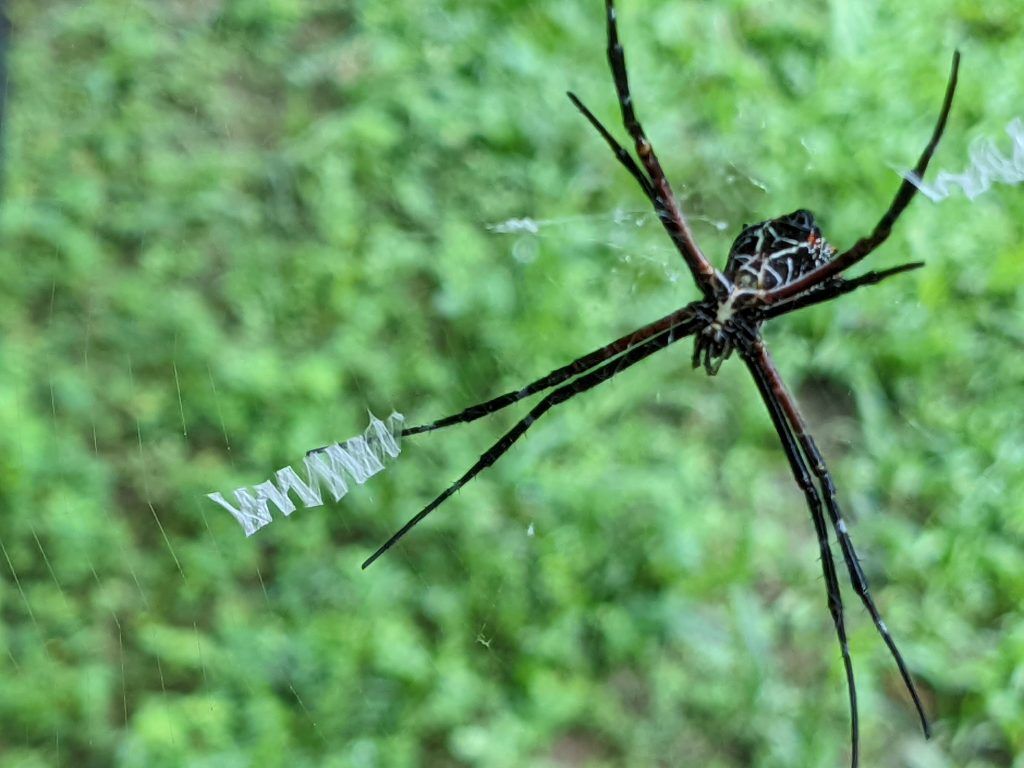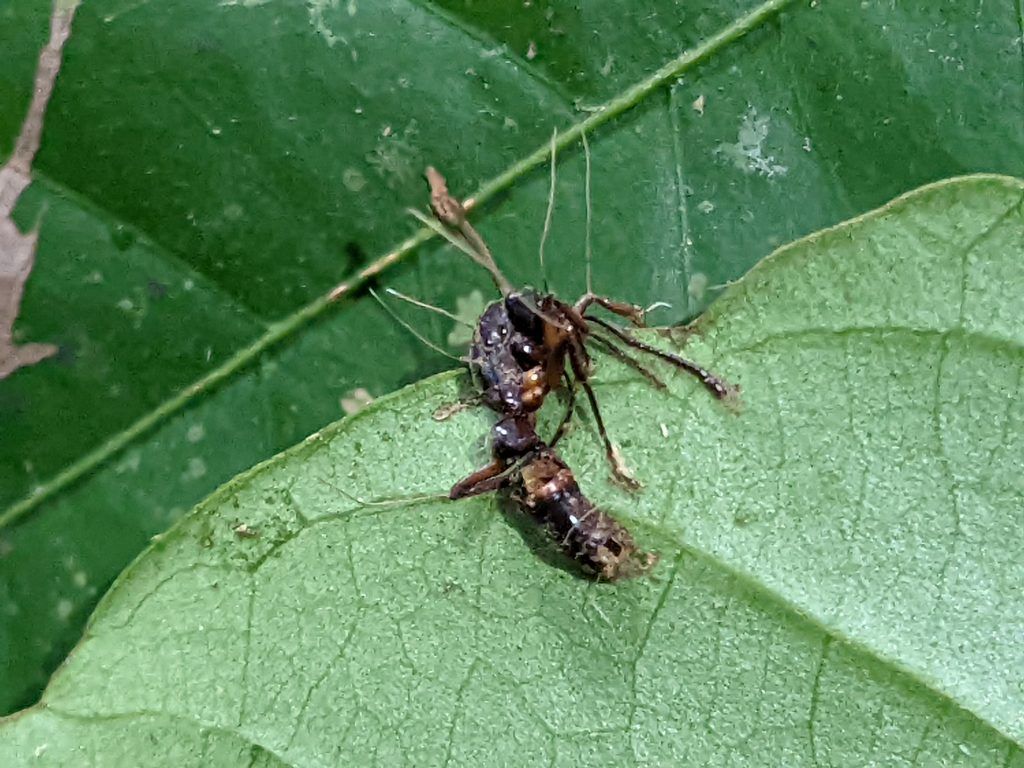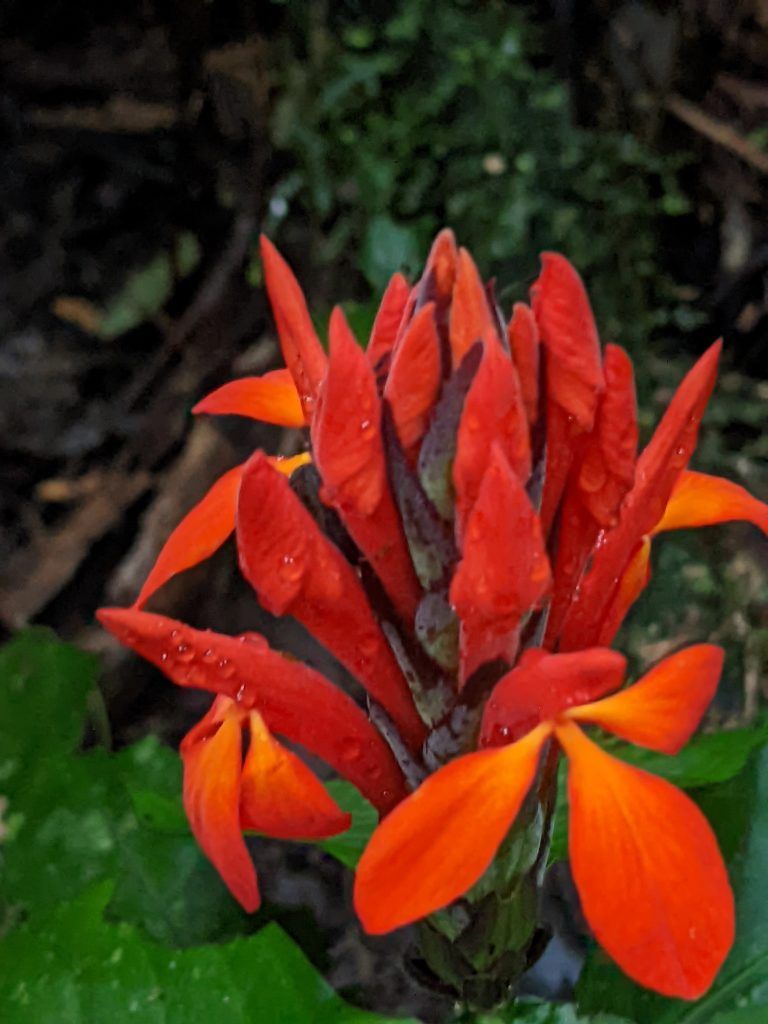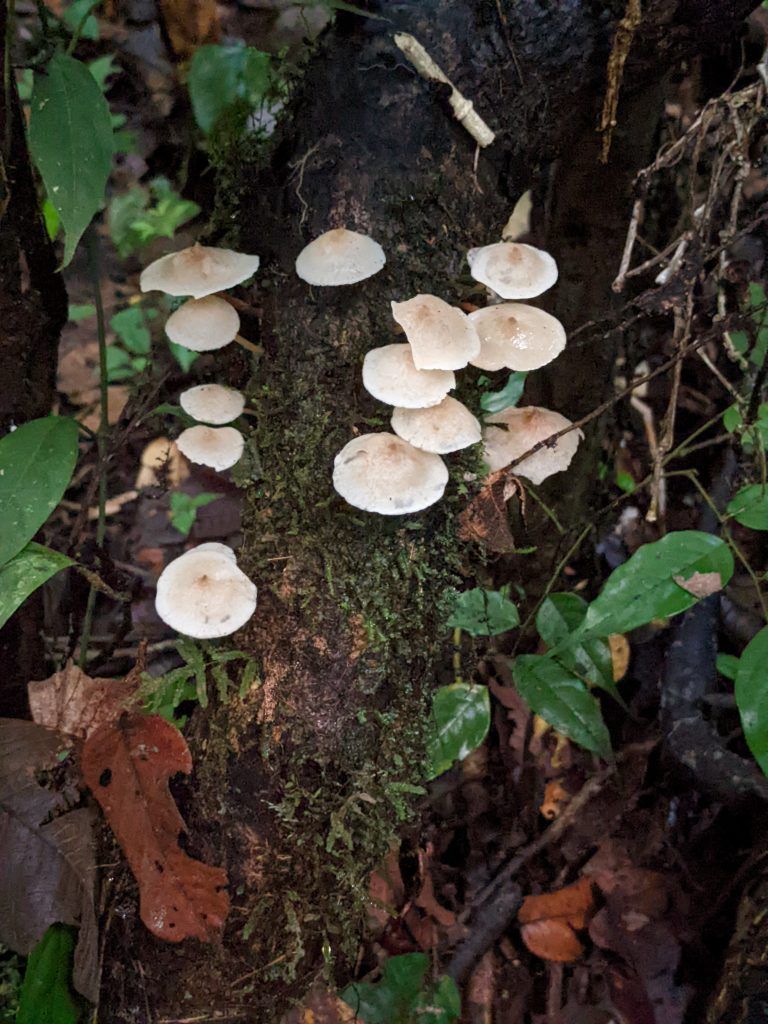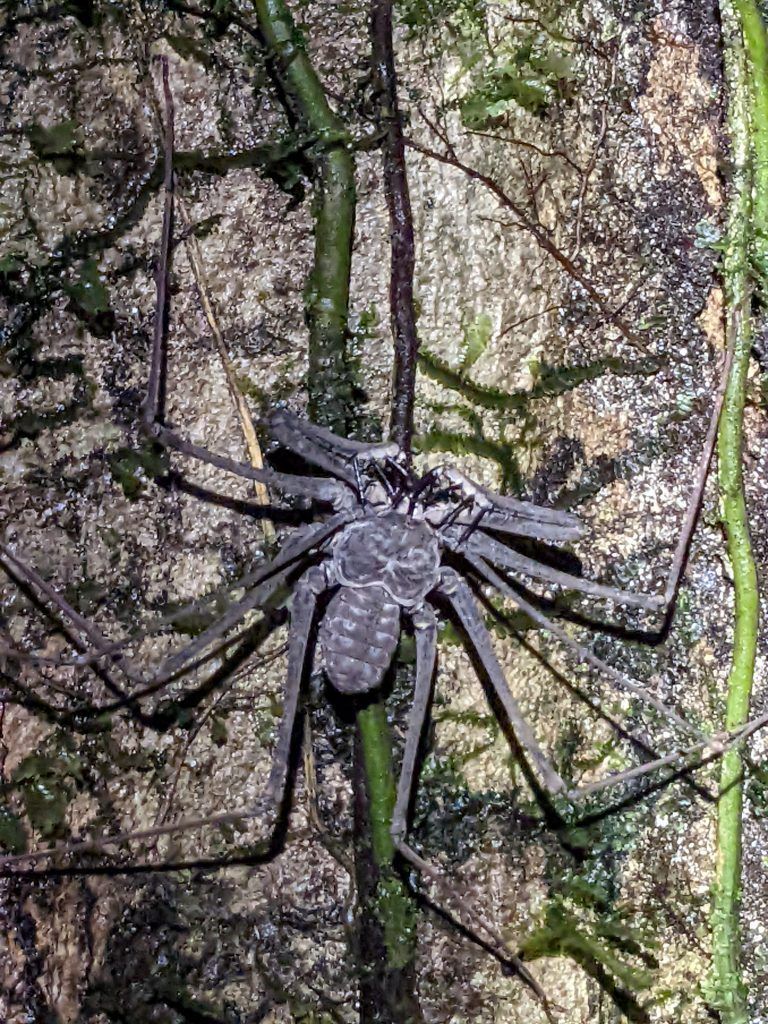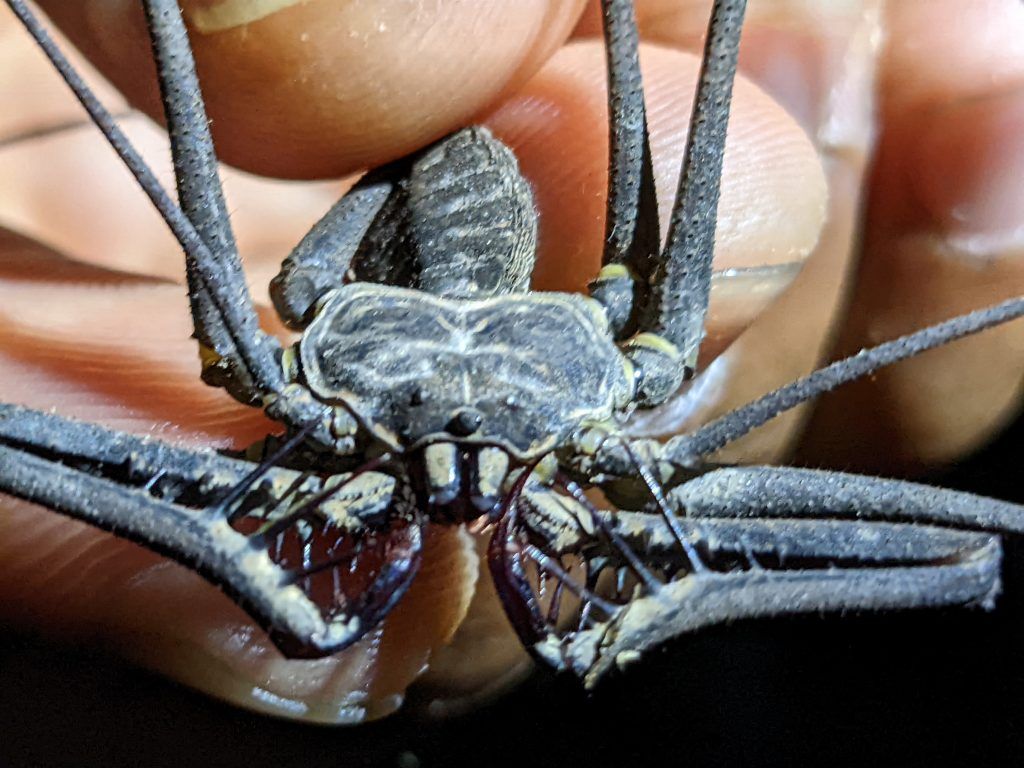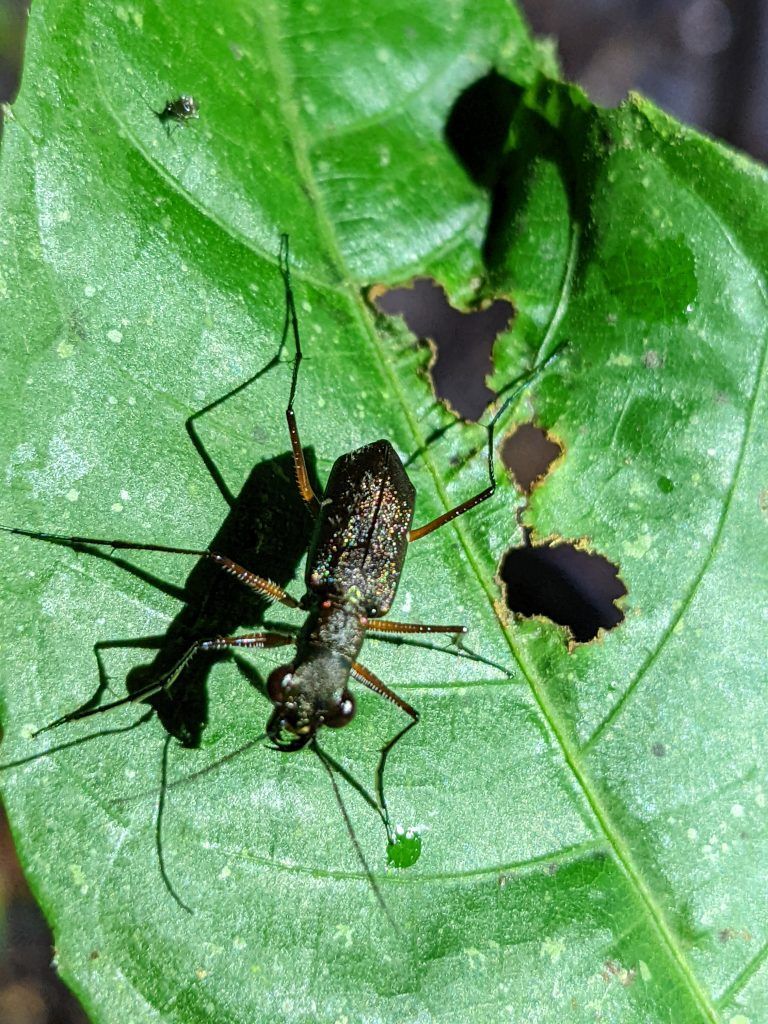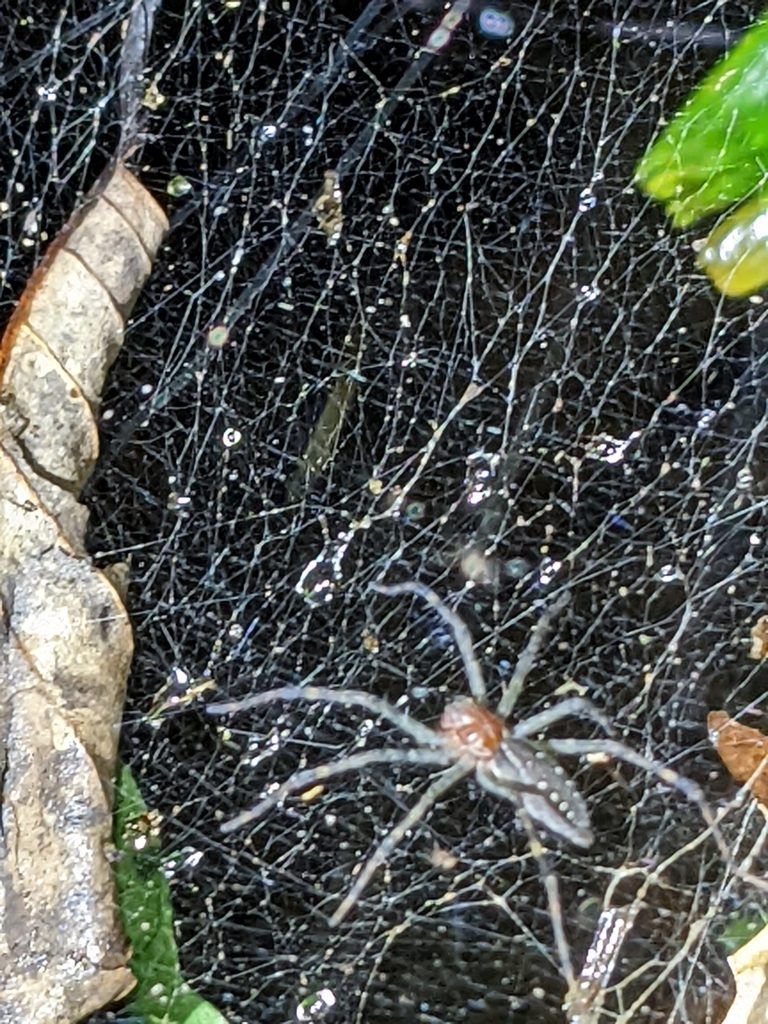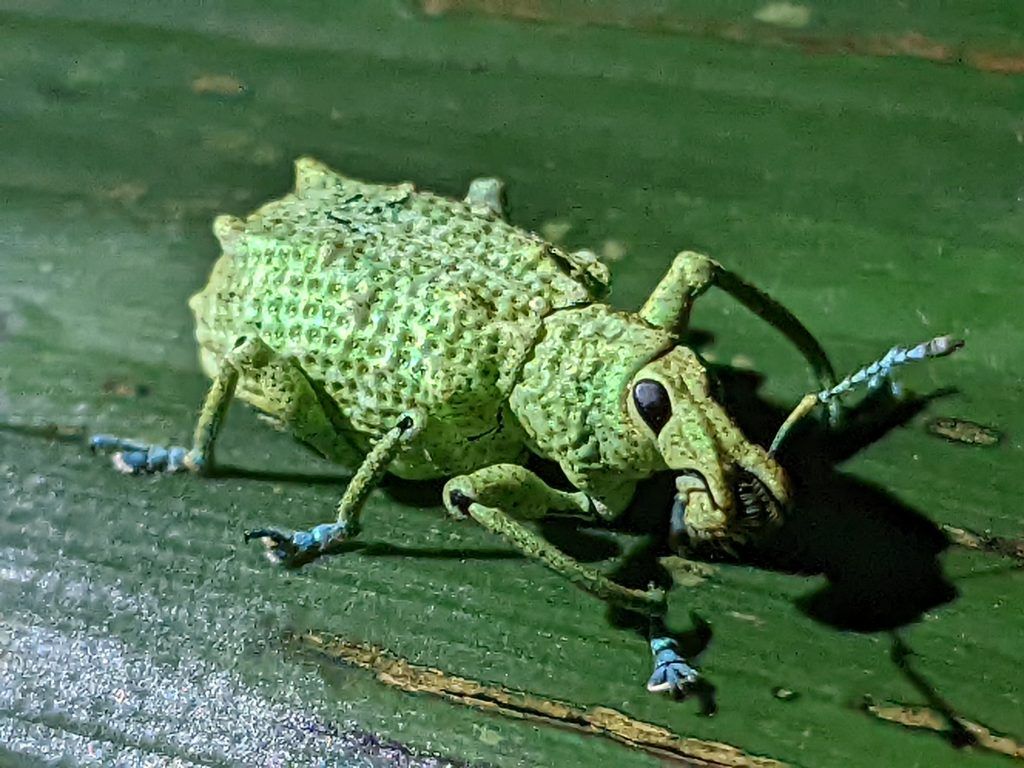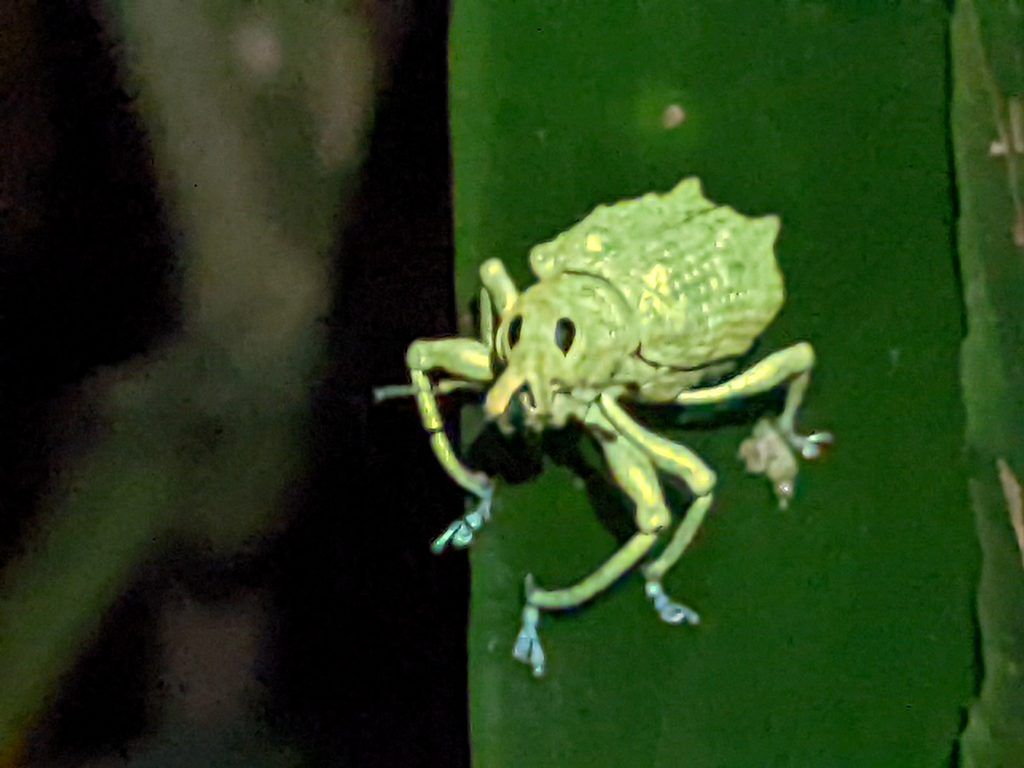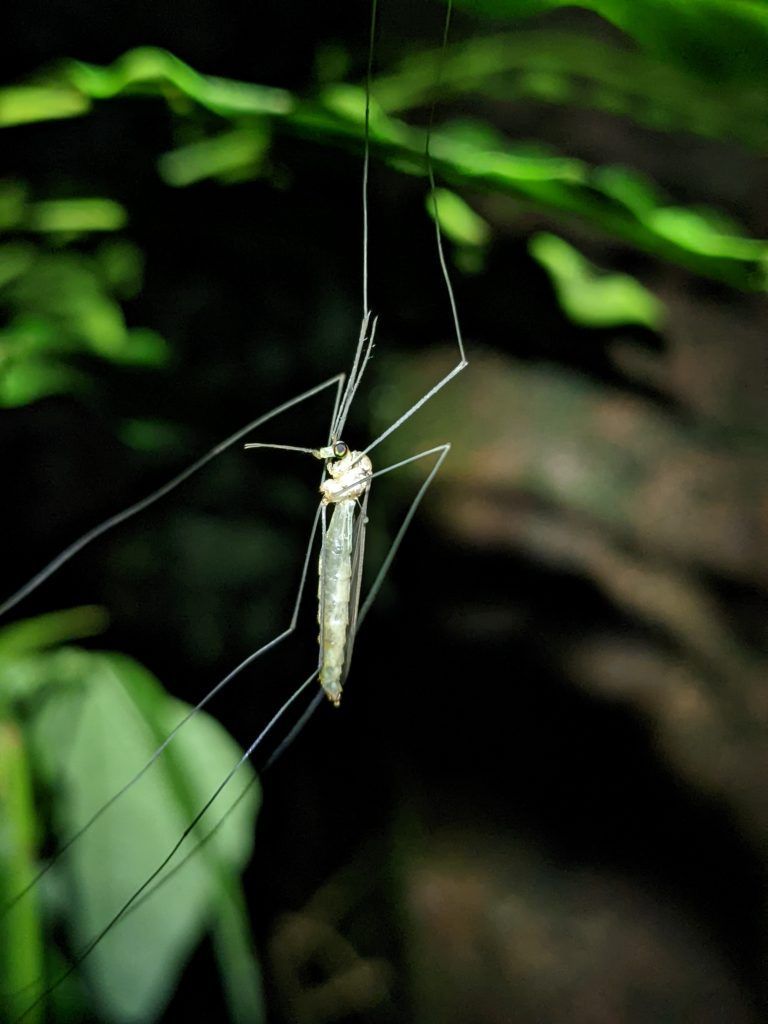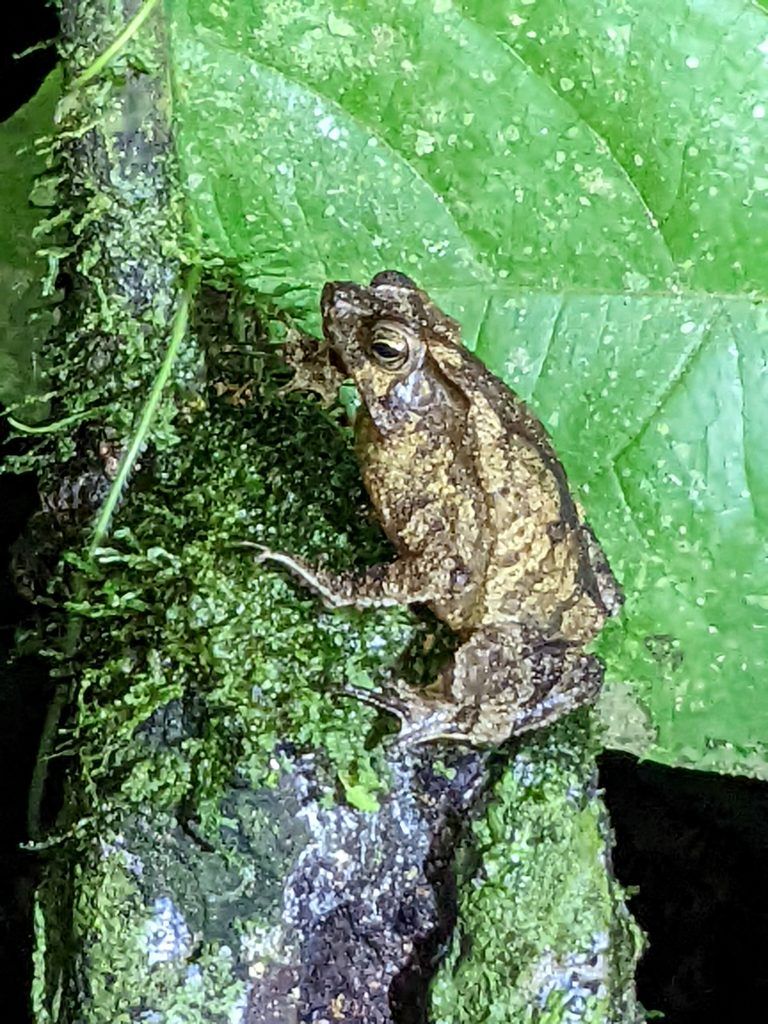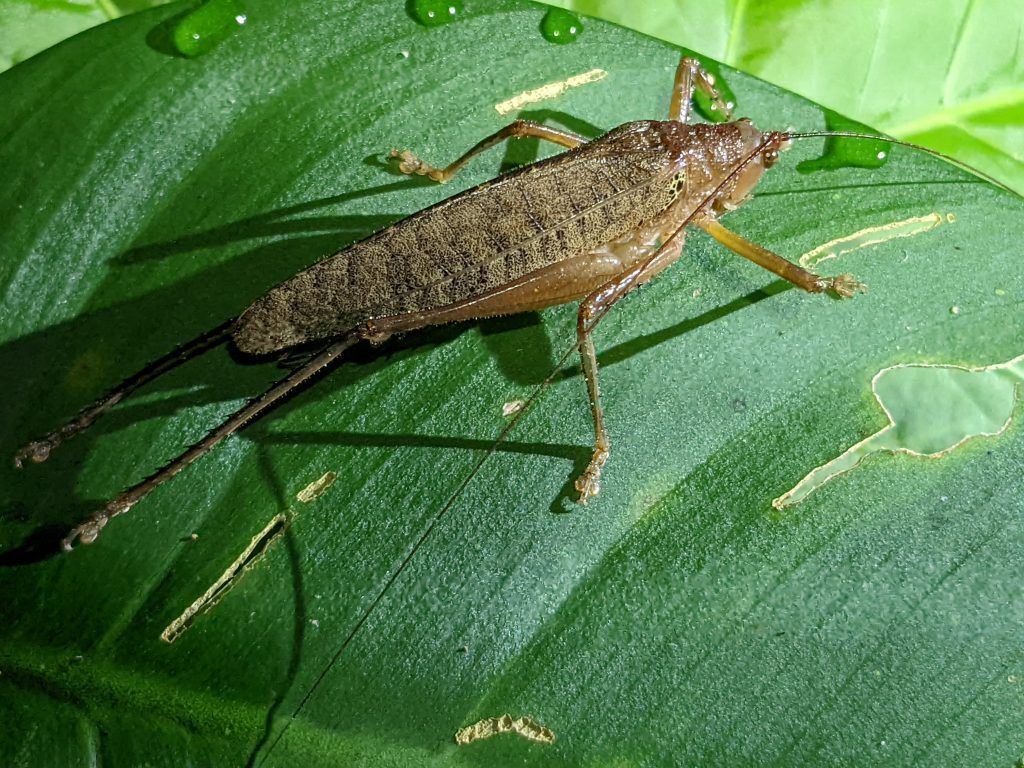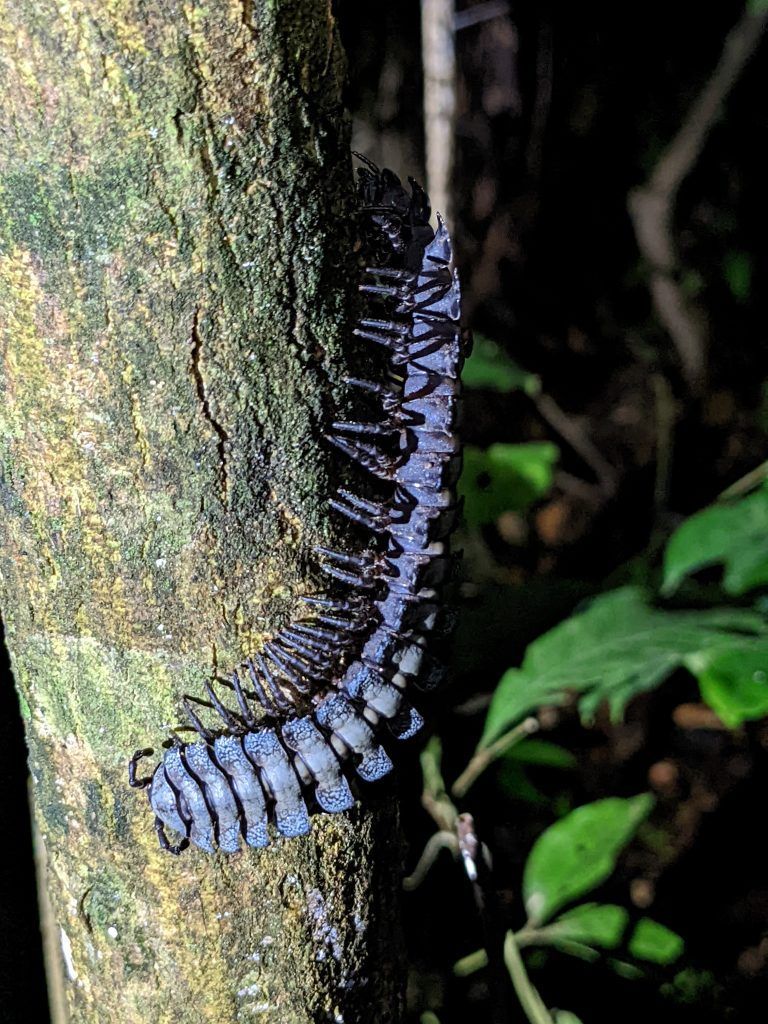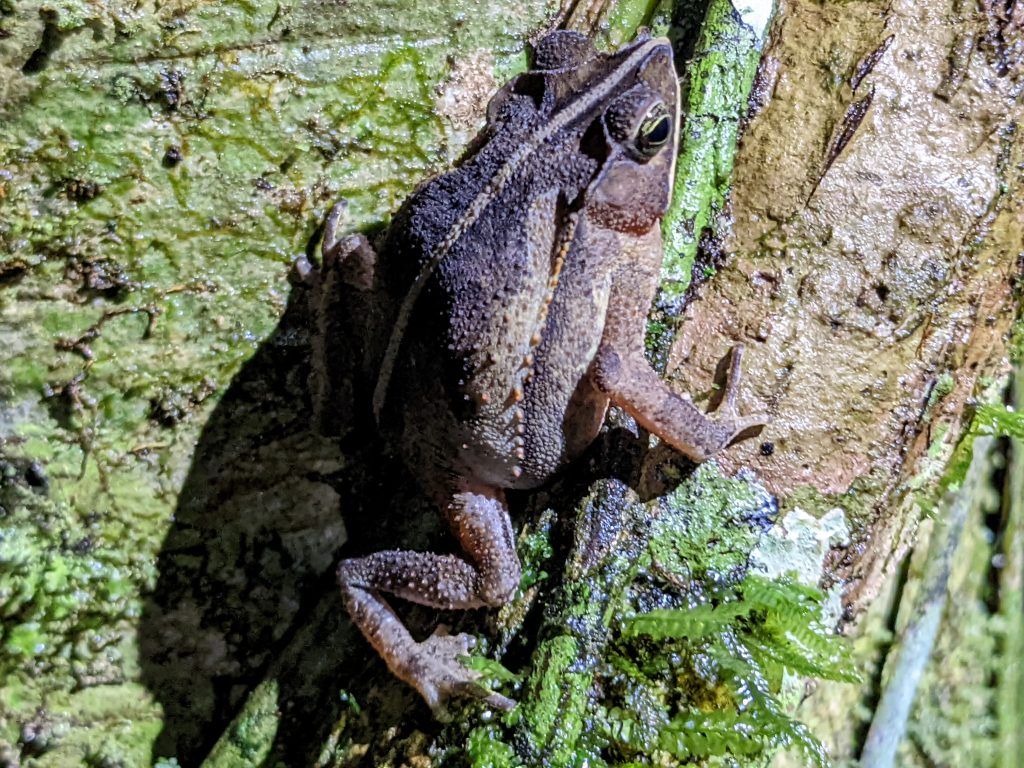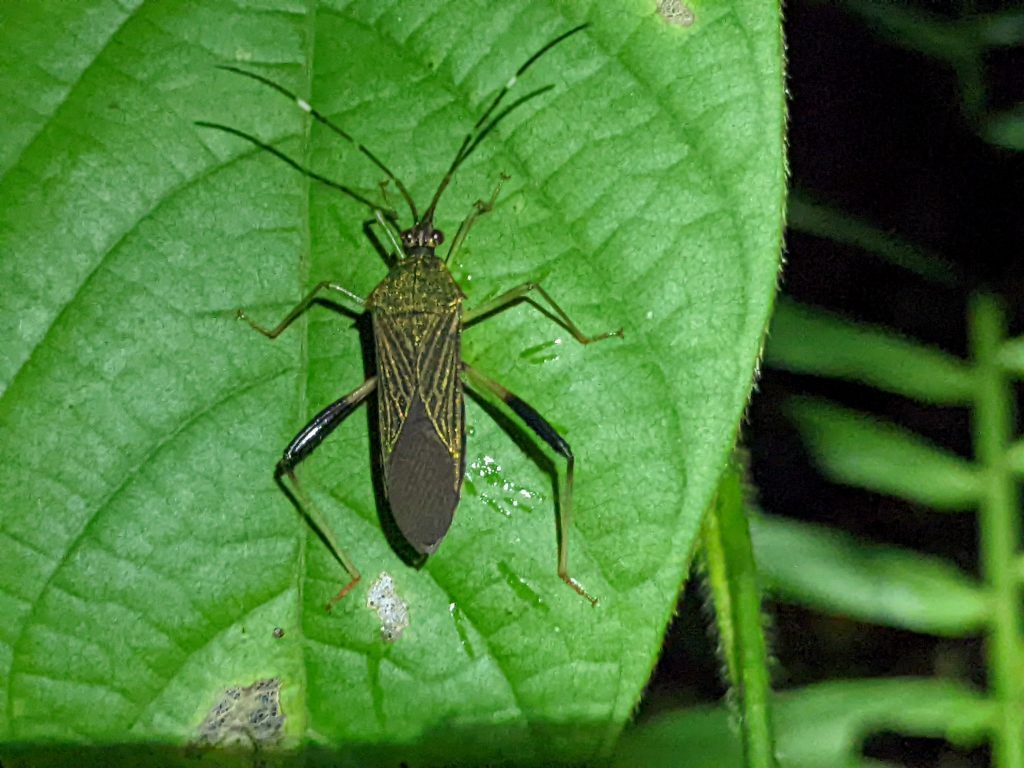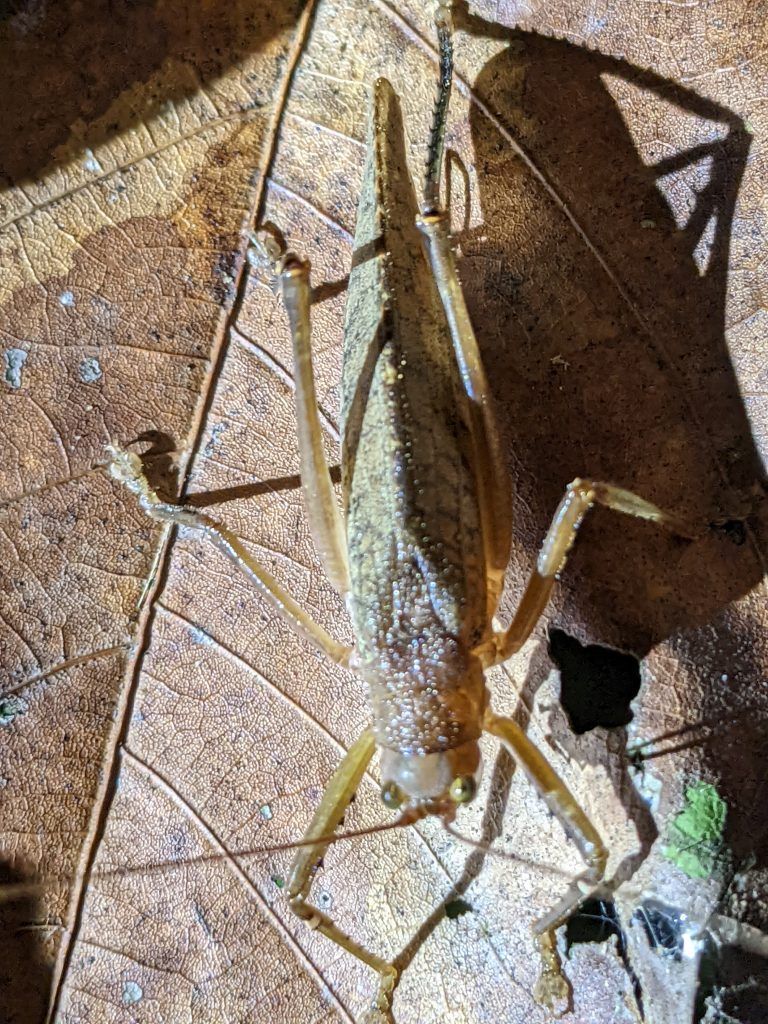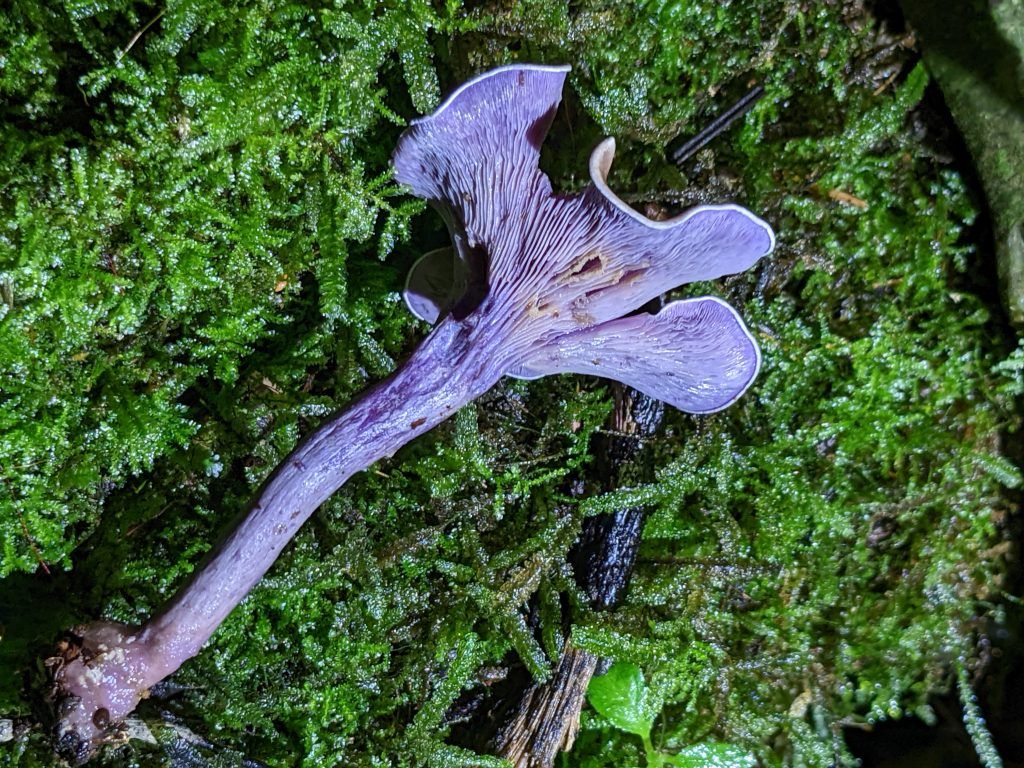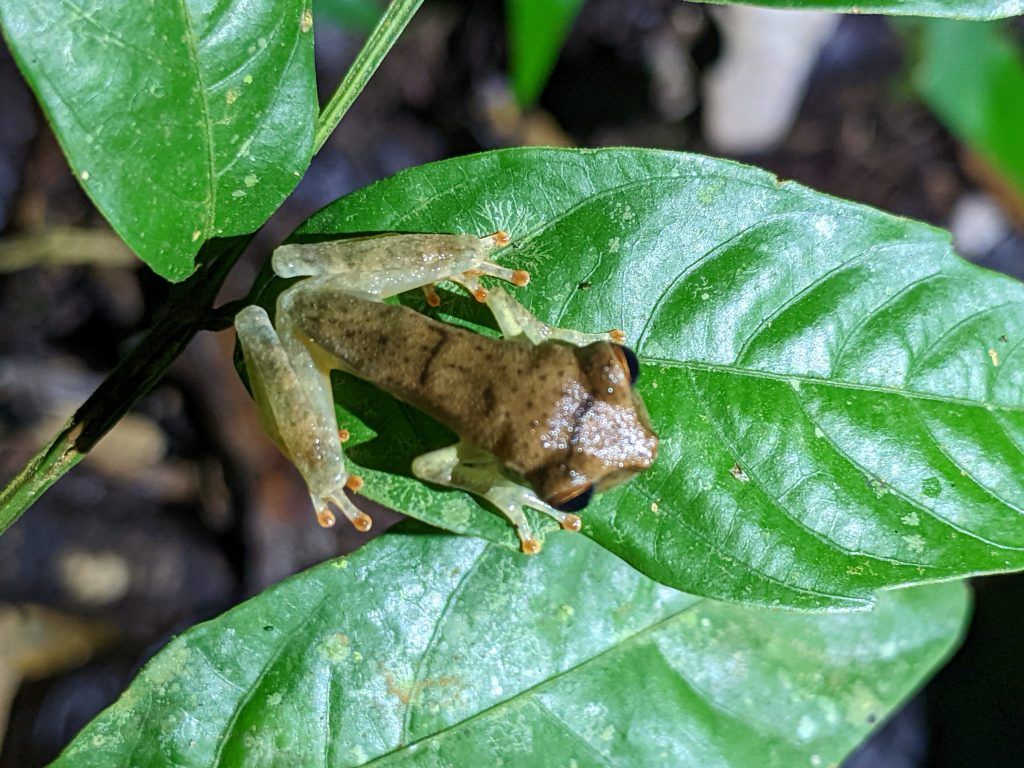The Amazon rainforest covers over 2 million square miles. It’s estimated that it contains over 20% of all higher plant species on Earth, about 20% of all birdlife, 10% of all mammals, and 8% of all fishes. Most impressively, more than 8,000 species of insects have been collected and classified, but it’s estimated that this is a minority of the actual number of insect species that exist in the Amazon basin.
The Lodge
I had a chance to visit a small sliver of this magnificent biological wonderland in Ecuador. The Cuyabeno Reserve is the second largest Amazonian reserve in the country. There are 17 lodges there, but 15 are clustered together and 2 are more remote. I chose one of those more remote lodges, Waita Lodge, to spend my time in the Amazon. The advantage was that I wouldn’t see any other lodge groups on the river or in the jungle. It is also the only community-based travel initiative in Cuyabeno Reserve.
To get there involved a 9 hour bus ride from Quito to the town of Lago Agrio, a 2 hour van ride to a small village on the river, then a 3.5 hour ride in an open motorized canoe. As you can see from the pictures, it’s a wonderful place, and well worth the journey.
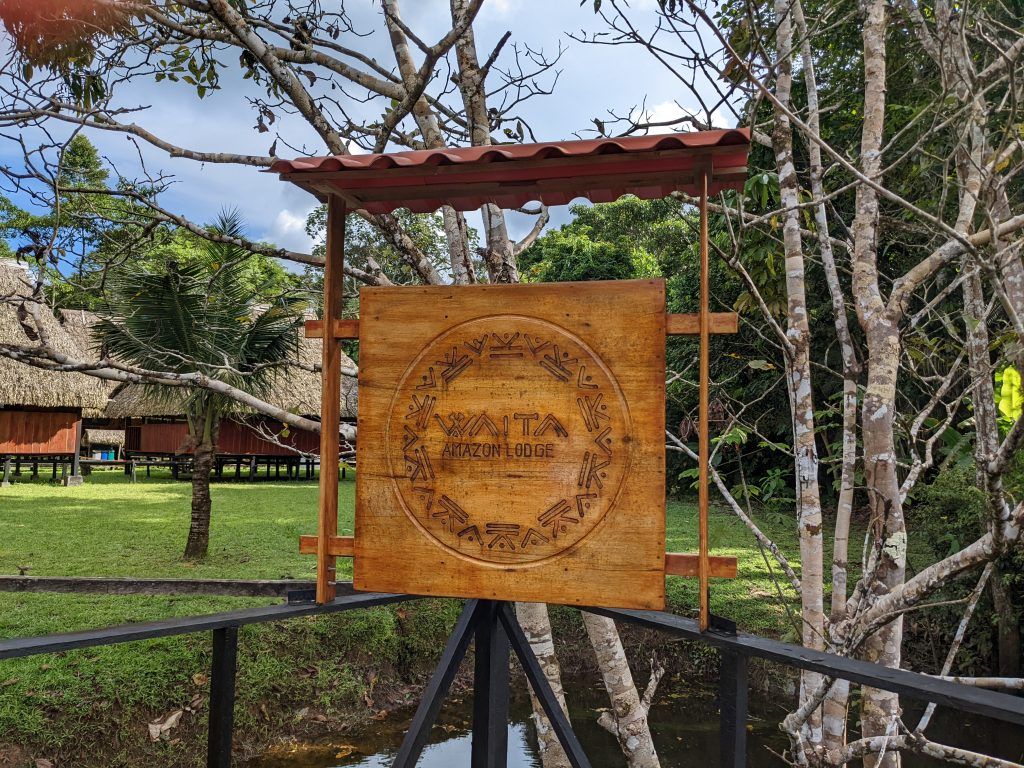
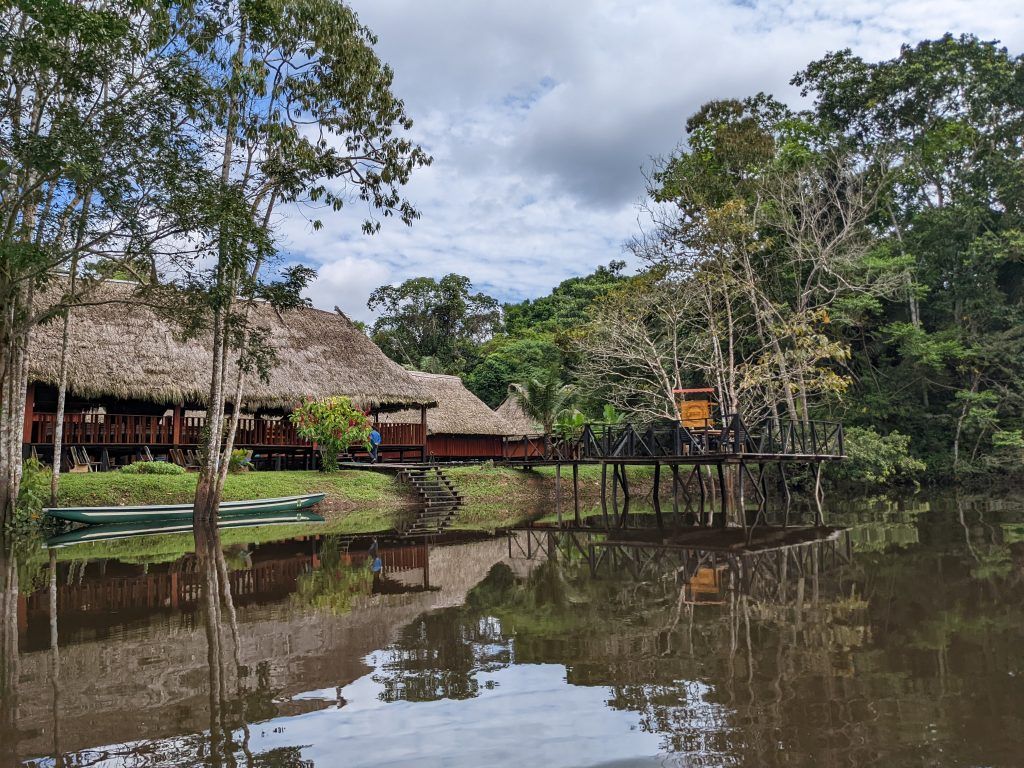
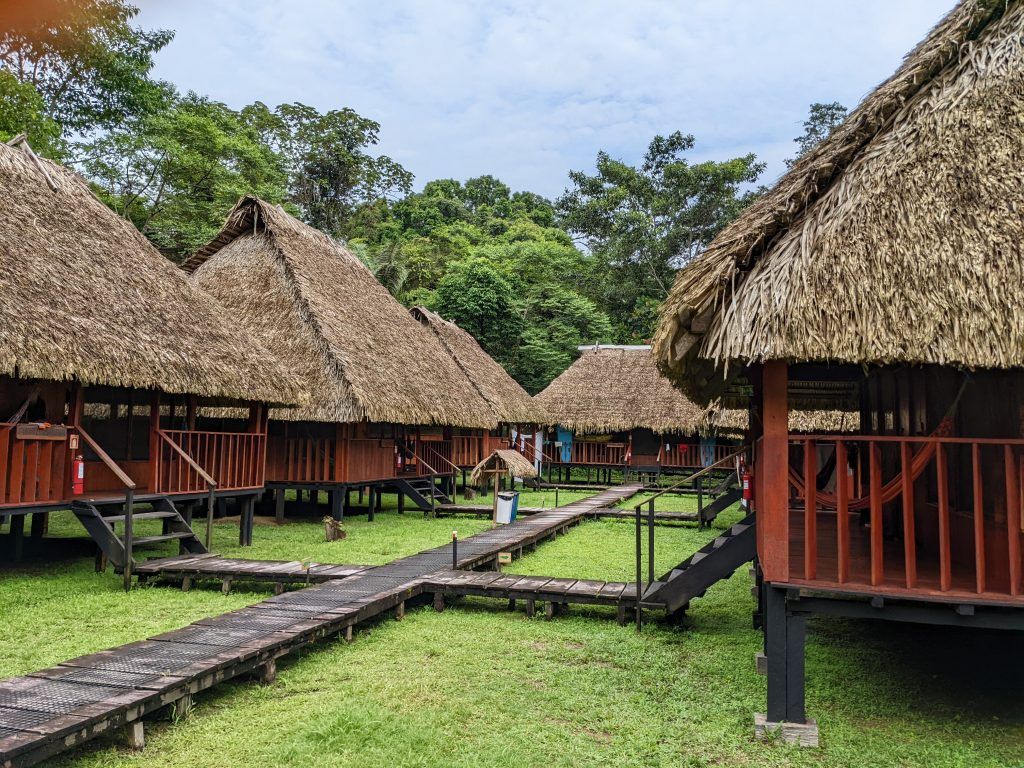
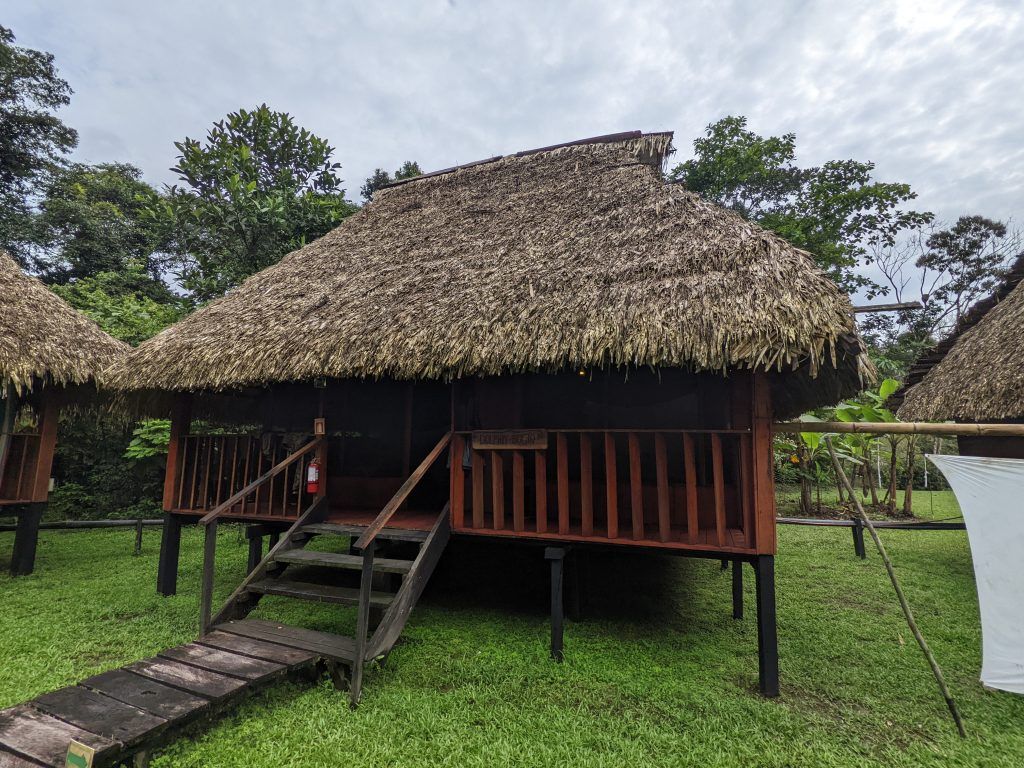
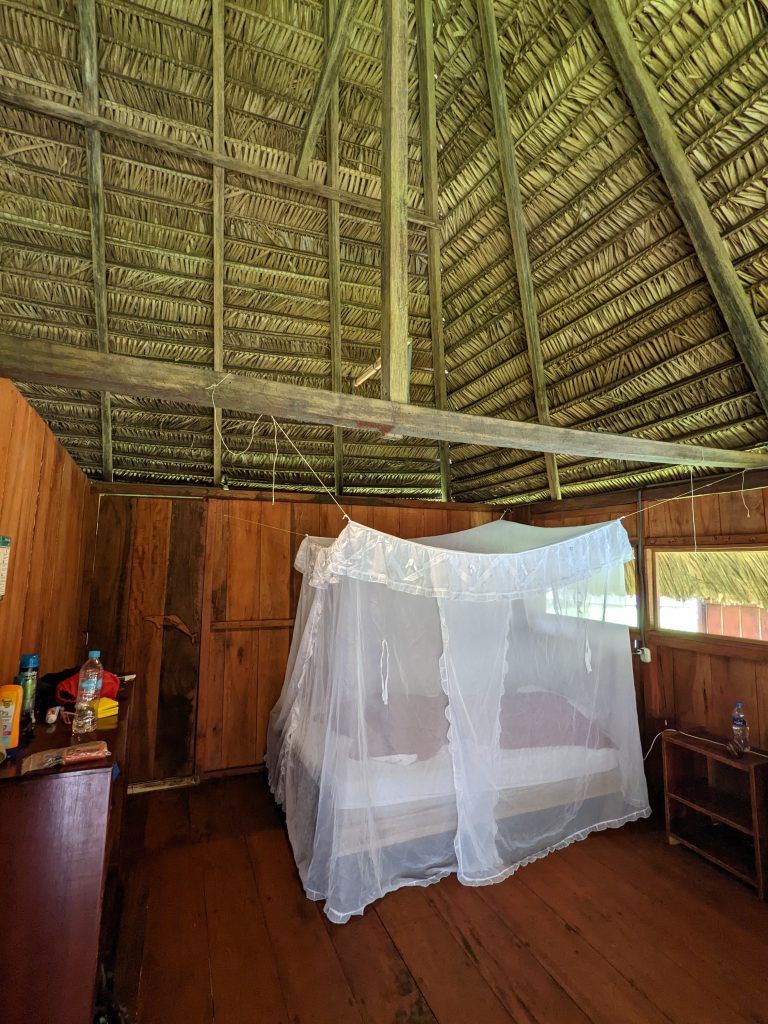
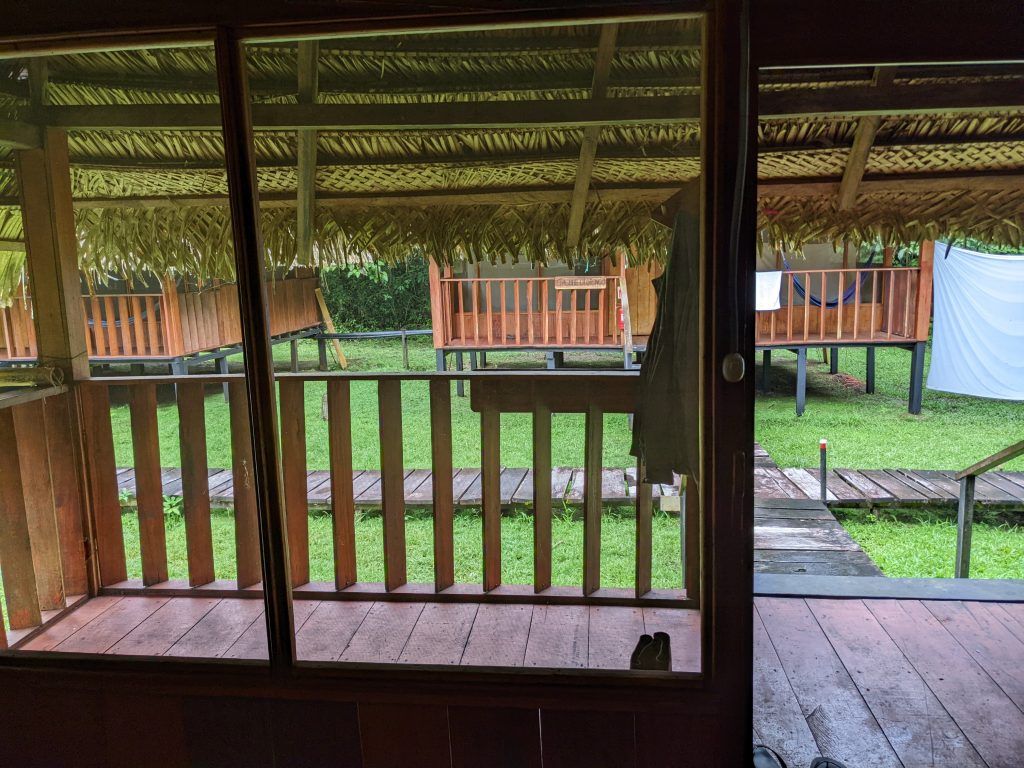
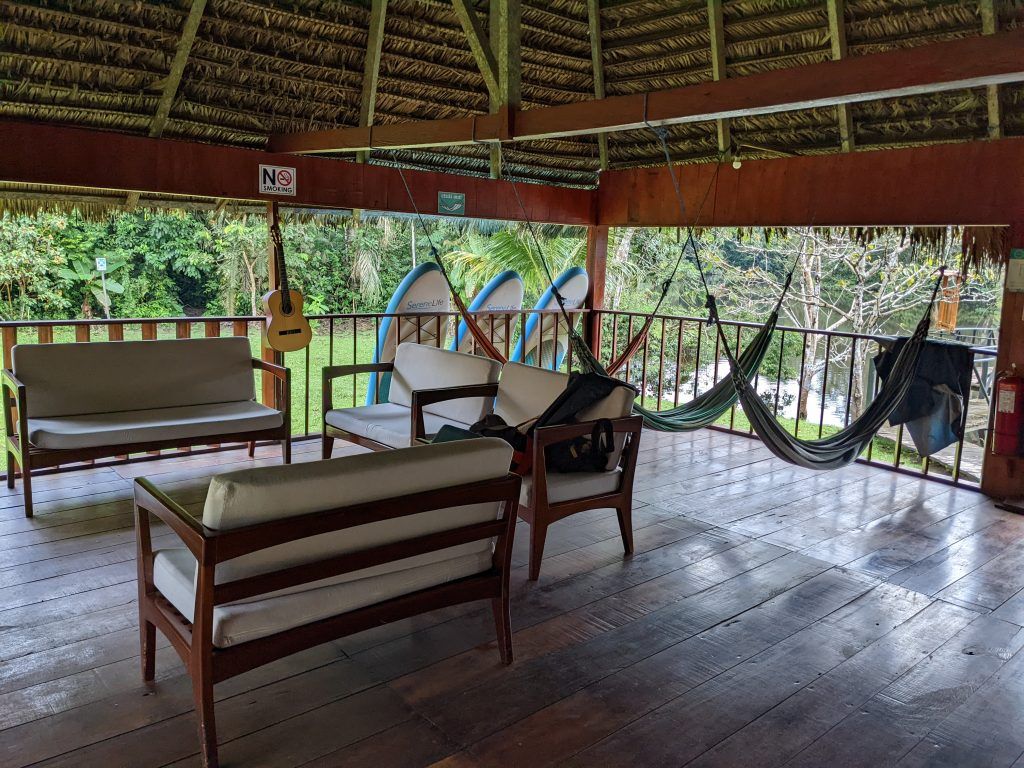
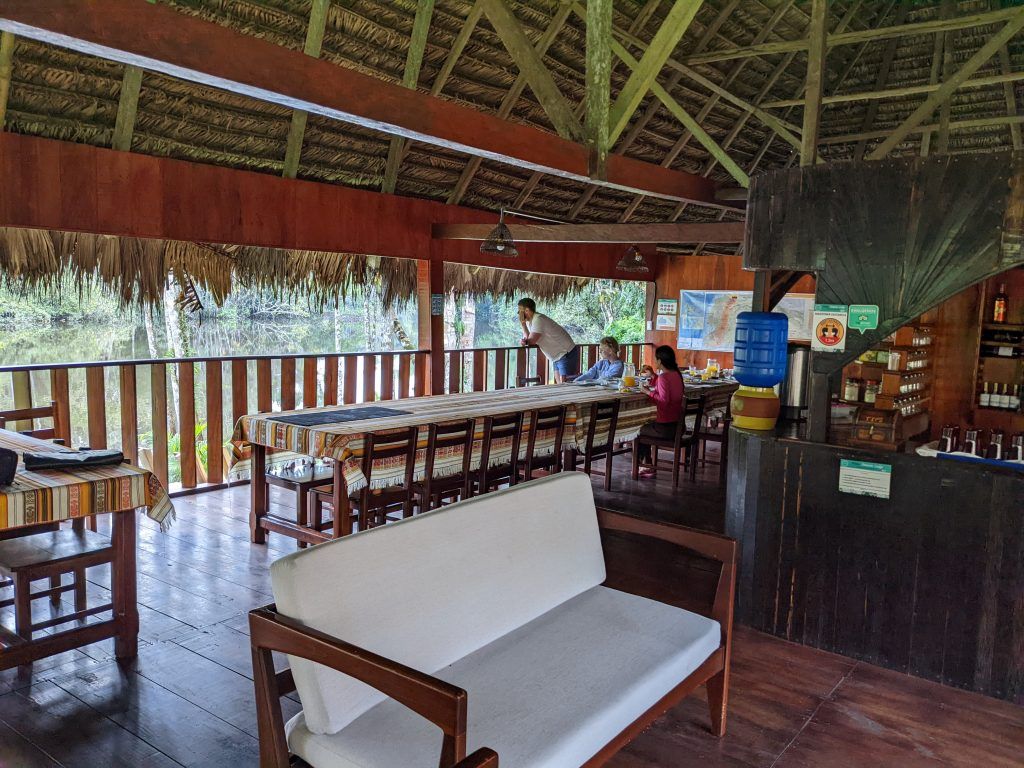
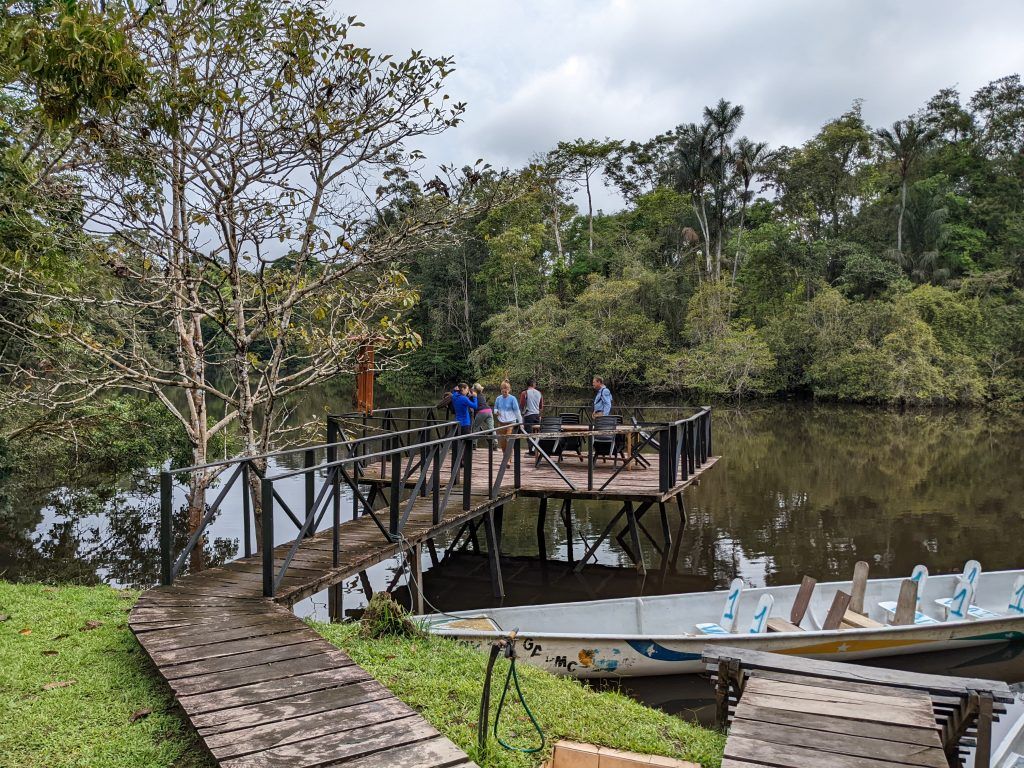
Most of my time there overlapped with a group of independent travelers from the Netherlands, Switzerland, Poland and another American. They were wonderful to hang out with.
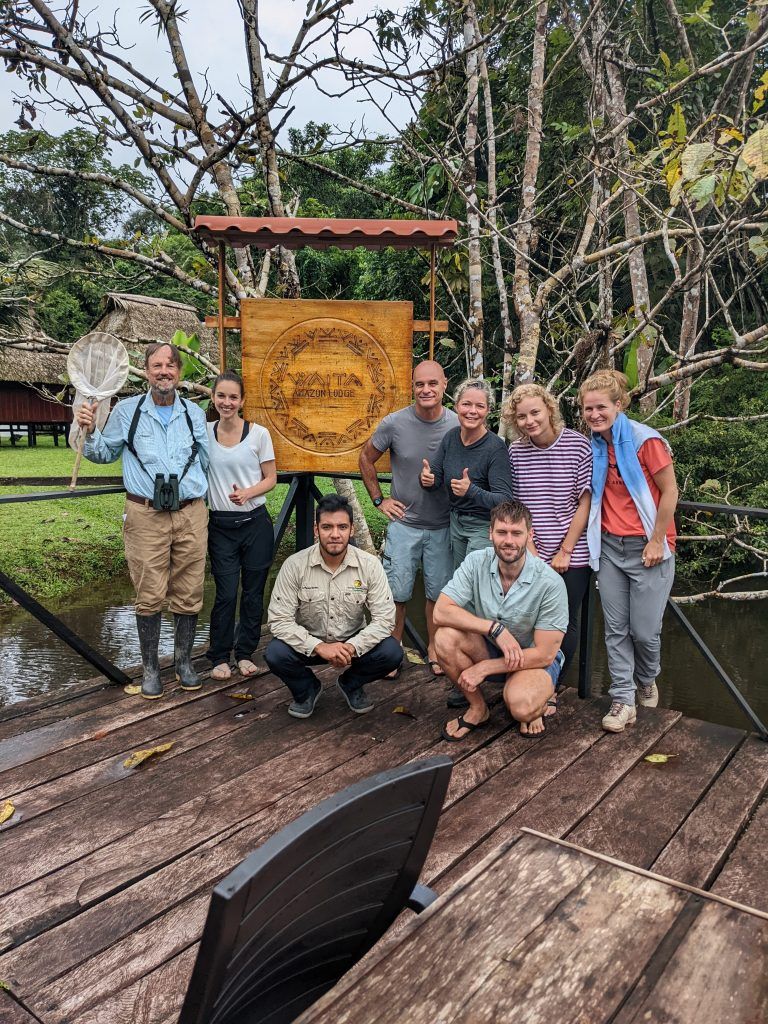
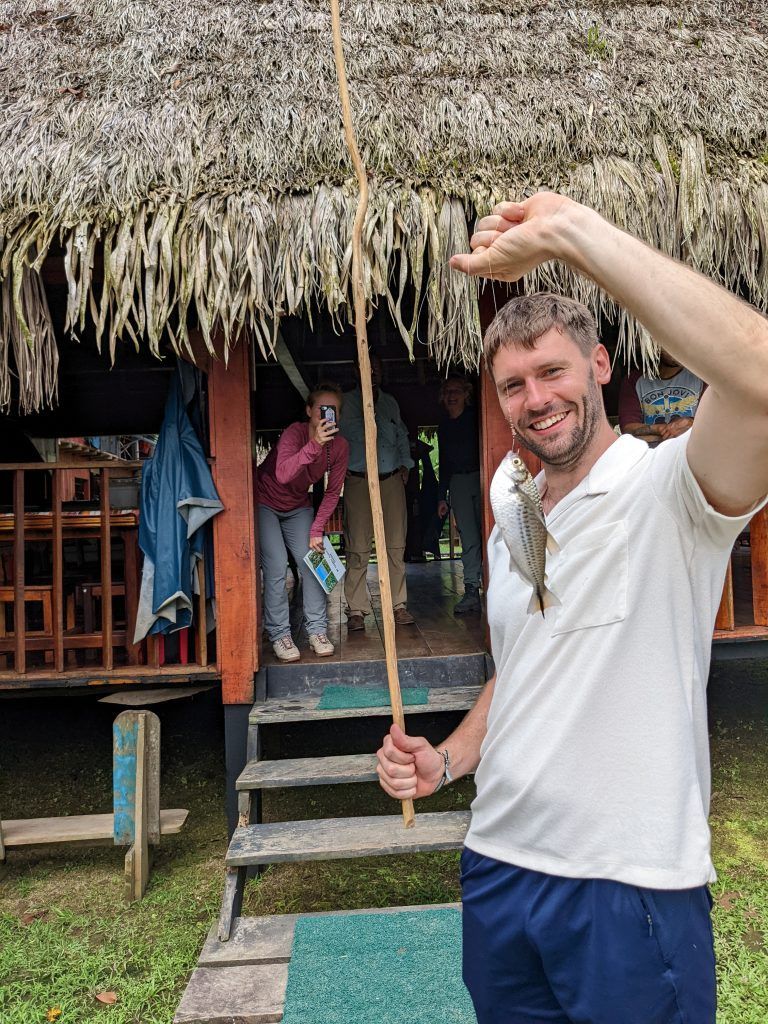
My last night and morning a large group of insect photographers came in for 8 nights from an organization called Bug Shot. They were either photographers who wanted to get better at shooting insects, or entomologists who wanted to get better at photography. They do one workshop in the US and one workshop internationally each year.
Their organizers are a really nice husband and wife team originally from the University of Texas that just moved to the University of Alabama. As an example I spoke to a scientist from Poland who ran an ecological reserve for the government of Mozambique and whose specialty was both katydids and bats. The American from the first group, Dennis Sinclair, was there early for this Bug Shop workshop. He’s a retired professor from Cal Poly San Luis Obispo and had also made a nice side income traveling the world and selling his insect, reptile and amphibian photos. Some were in one of the reference books the lodge had.
The River
The lodge is located on the Aguarico River. We did long motorized canoe rides every day. The scenery was spectacular.
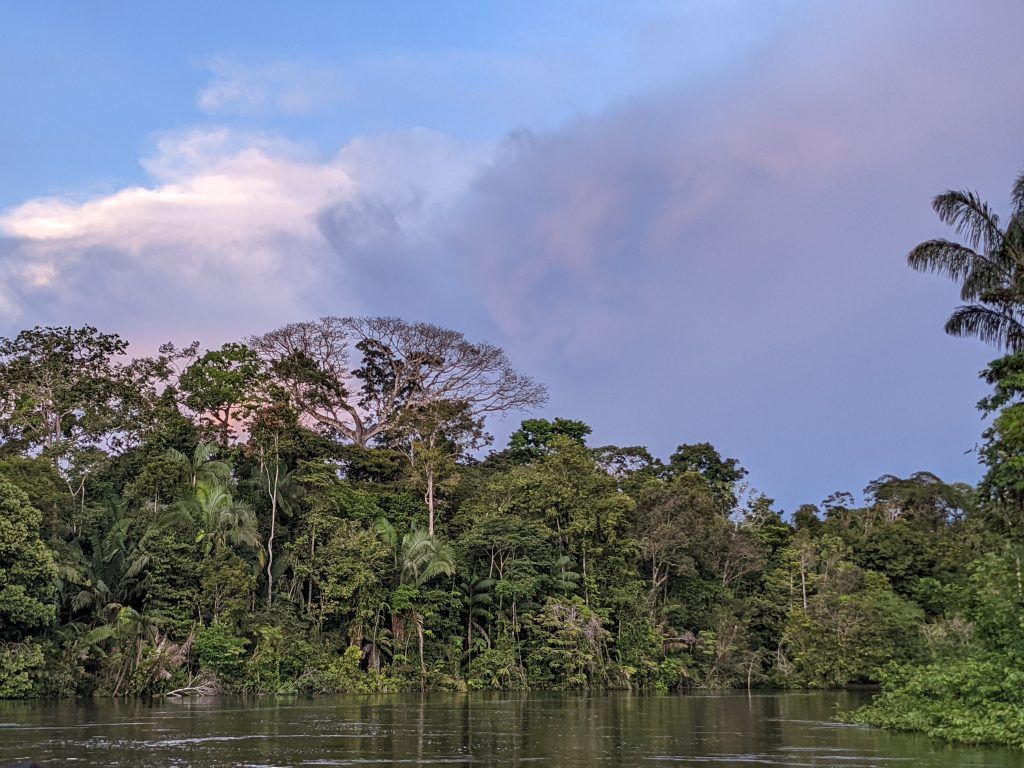
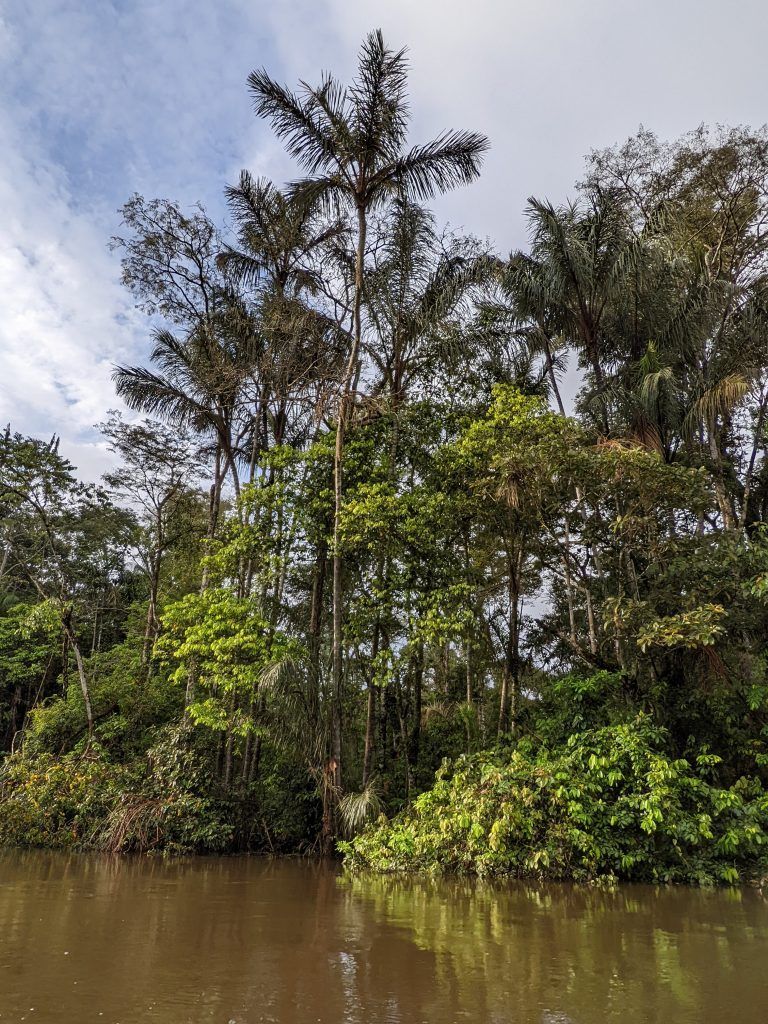
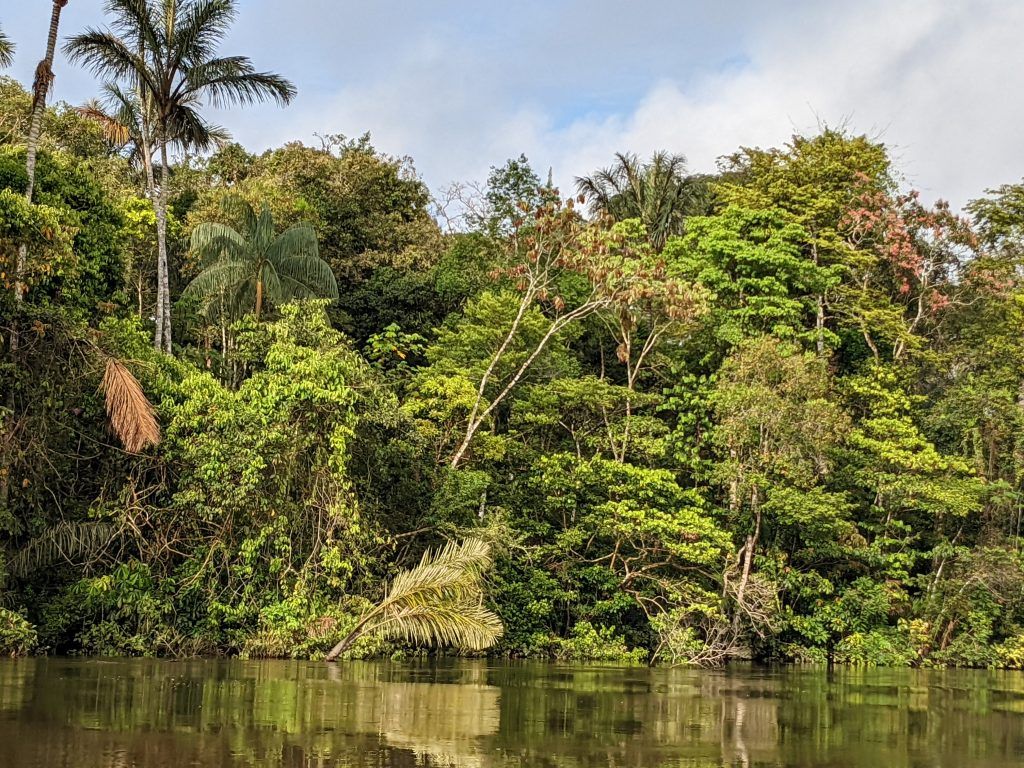
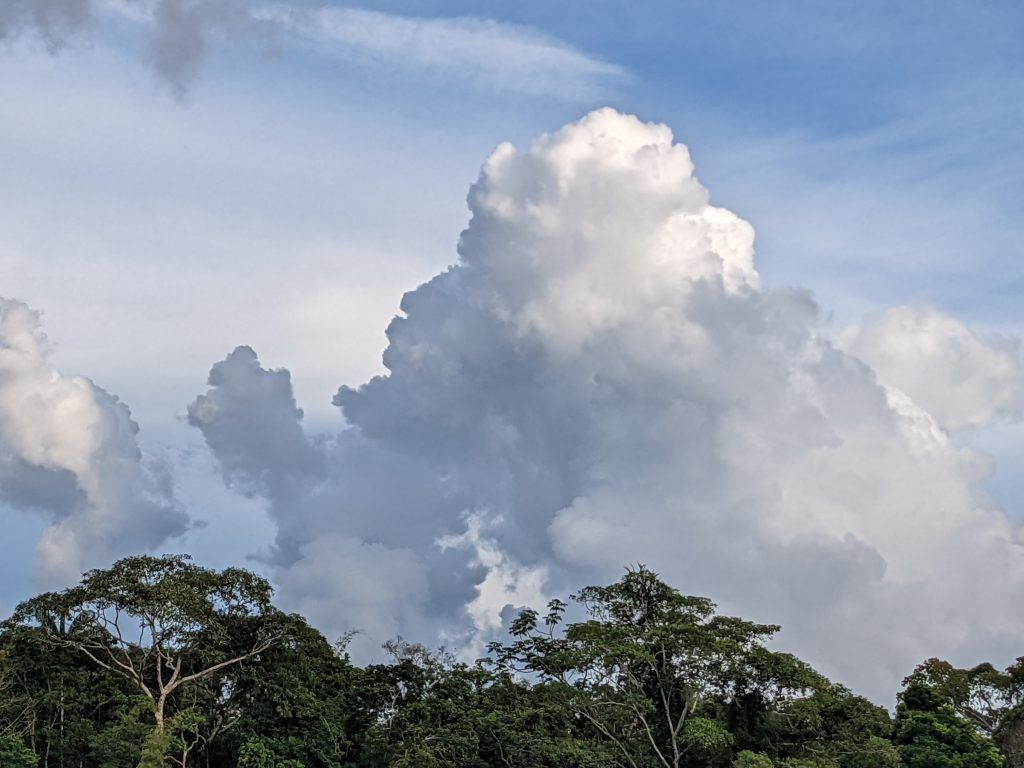
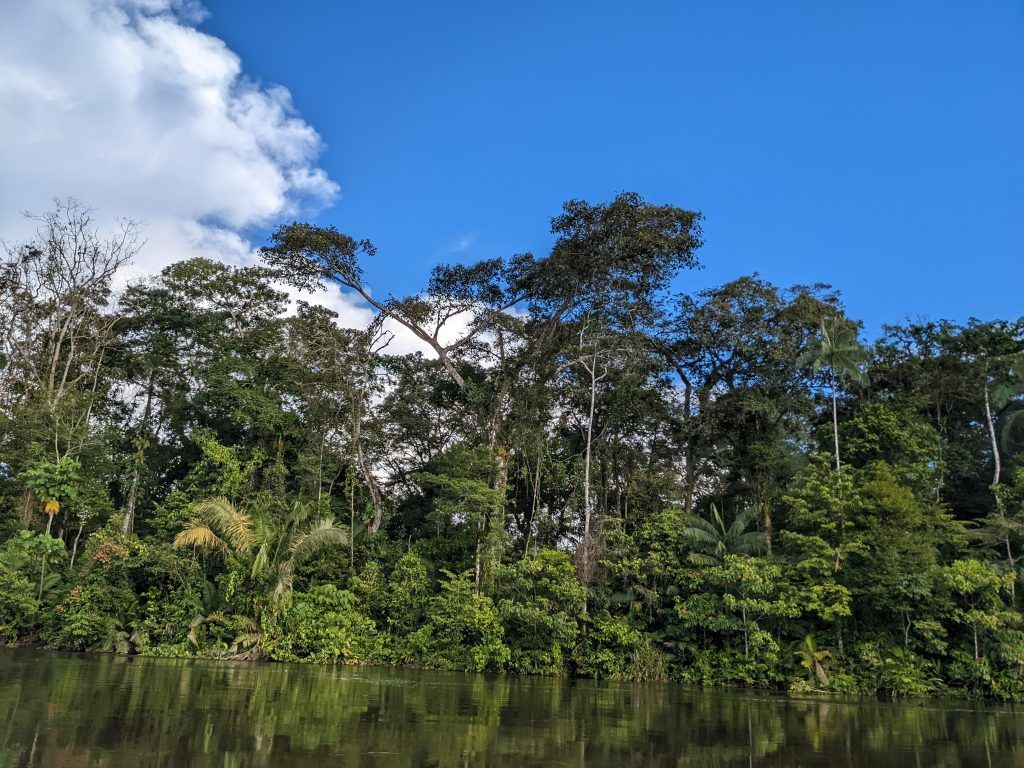
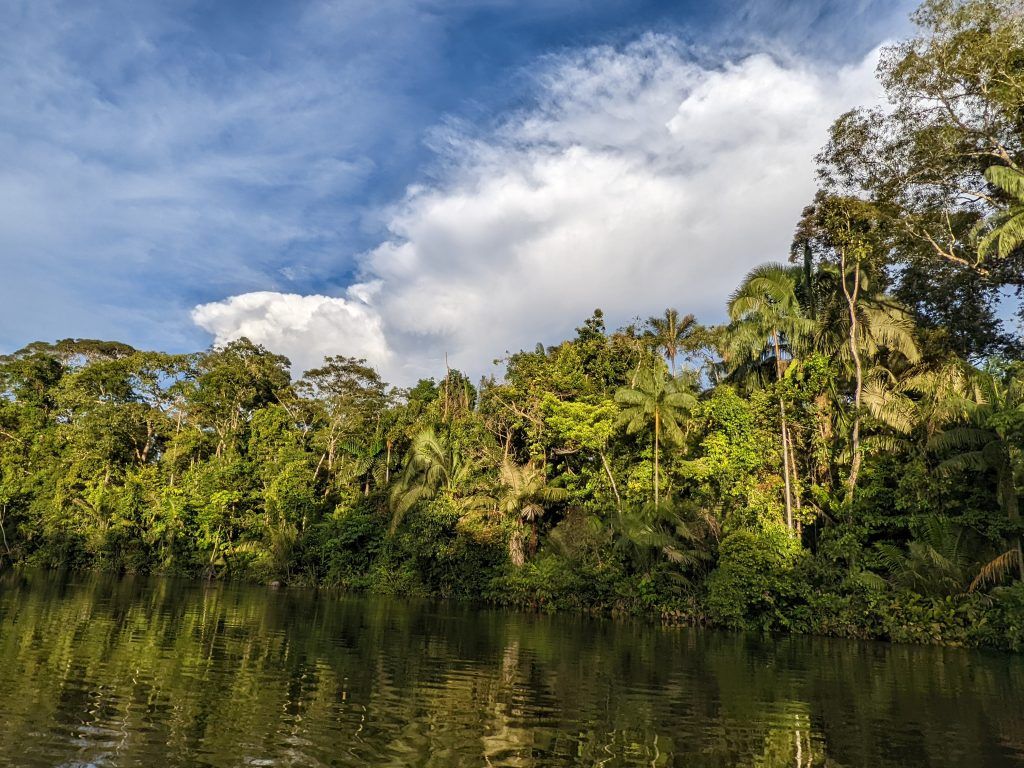
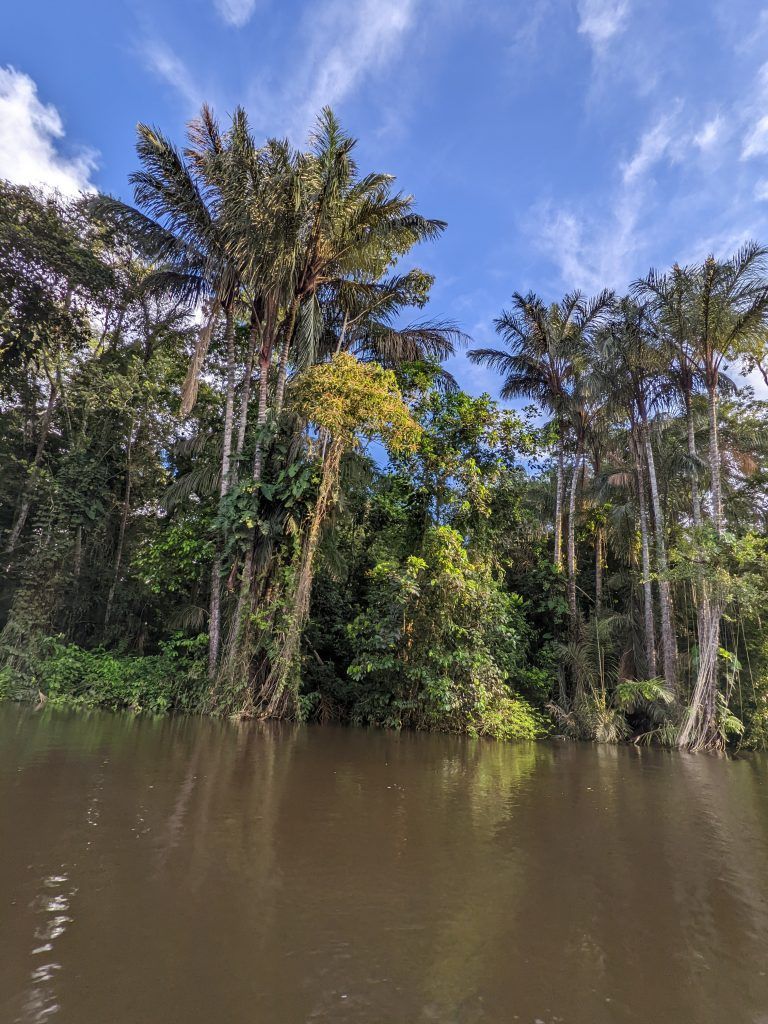
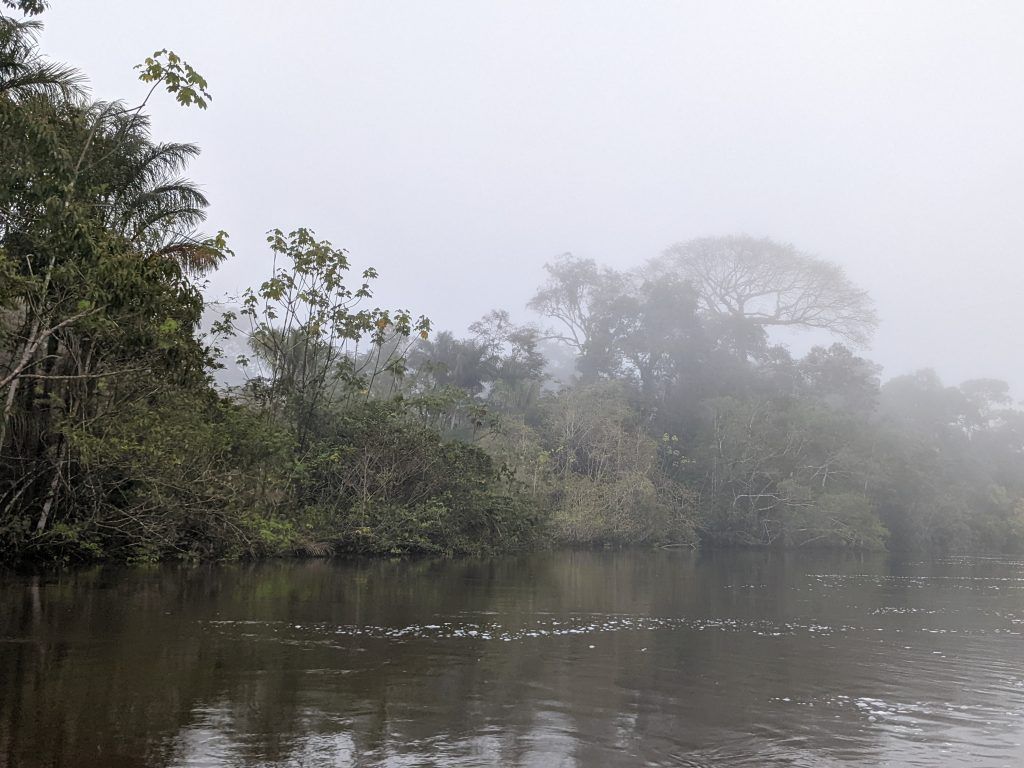
Most of us spent one afternoon going downstream on stand up paddleboards and then took the canoe back upstream. It was a wonderful experience and we saw a ton of dolphins (that none of us got any good photos of!).
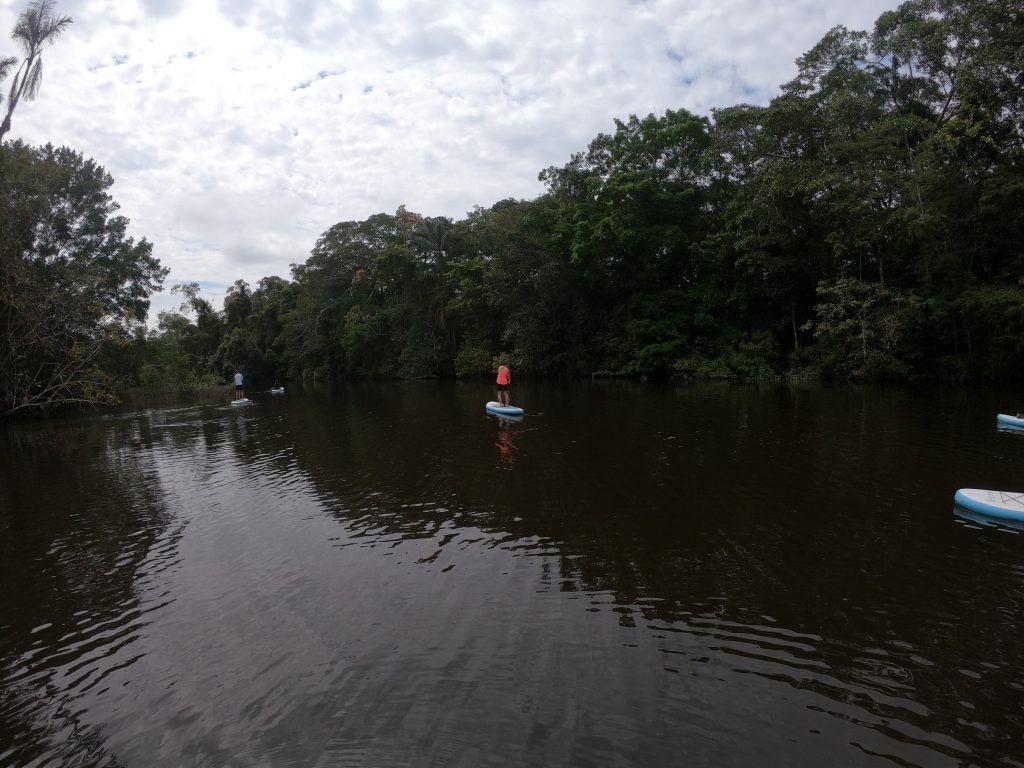
The next afternoon I had to myself, so I took a SUP for a hard 100 minute paddle upstream in the strong current, and then took about 45 minutes to casually sit on the board and float back downstream to the lodge. It was amazing to spend that time completely by myself on a beautiful waterway in the middle of the Amazon.
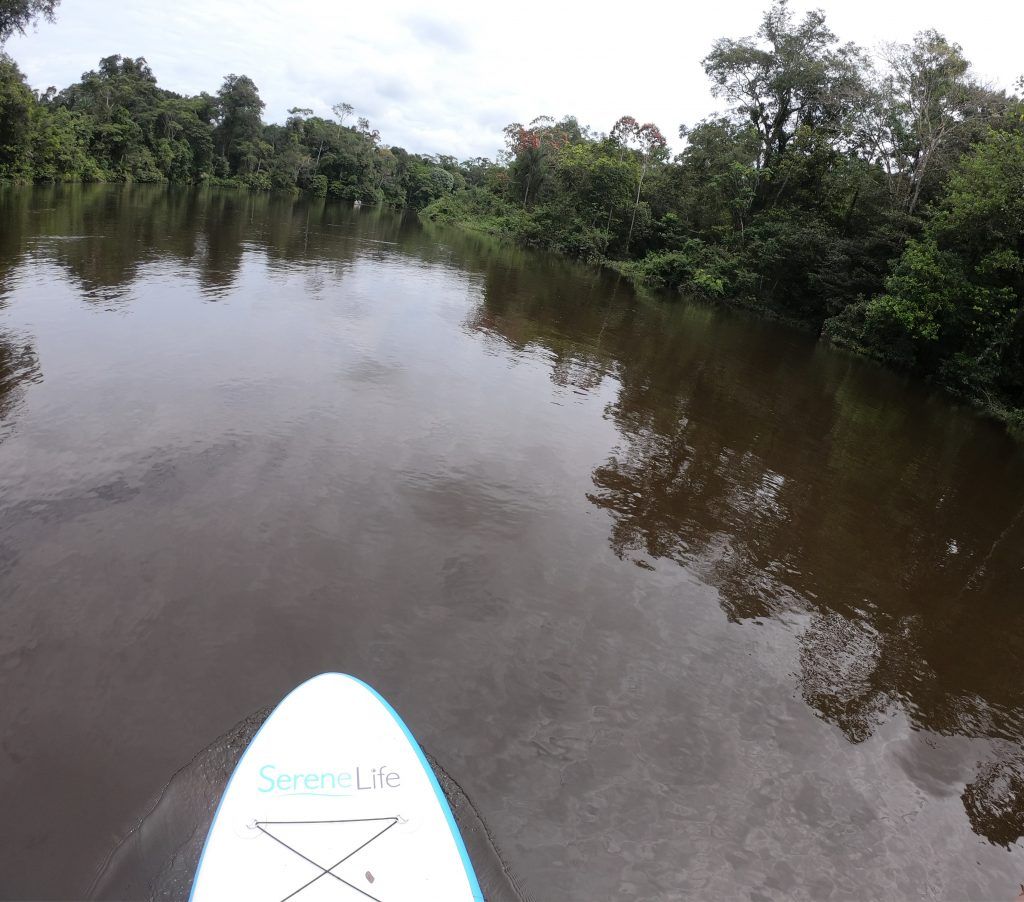
We went on a night cruise one evening to search for caymans and other life. We didn’t find anything, but it was a great experience.
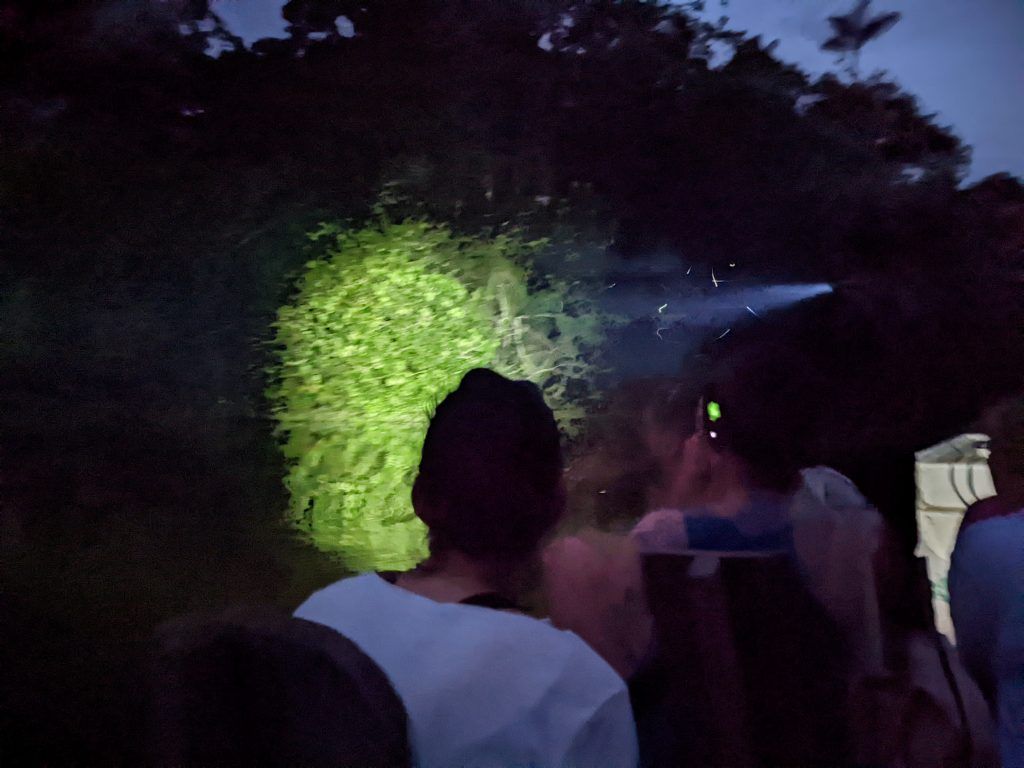
We saw a ton of birds, monkeys and even some pink dolphins. The challenge was translating all we saw into decent photos. The birds and monkeys were high up in trees and difficult to capture in detail without really sophisticated zoom cameras. The dolphins popped up quick in different places and they were hard to capture on film. One day we had over a dozen dolphin sitings and I think I got one half-decent photo.
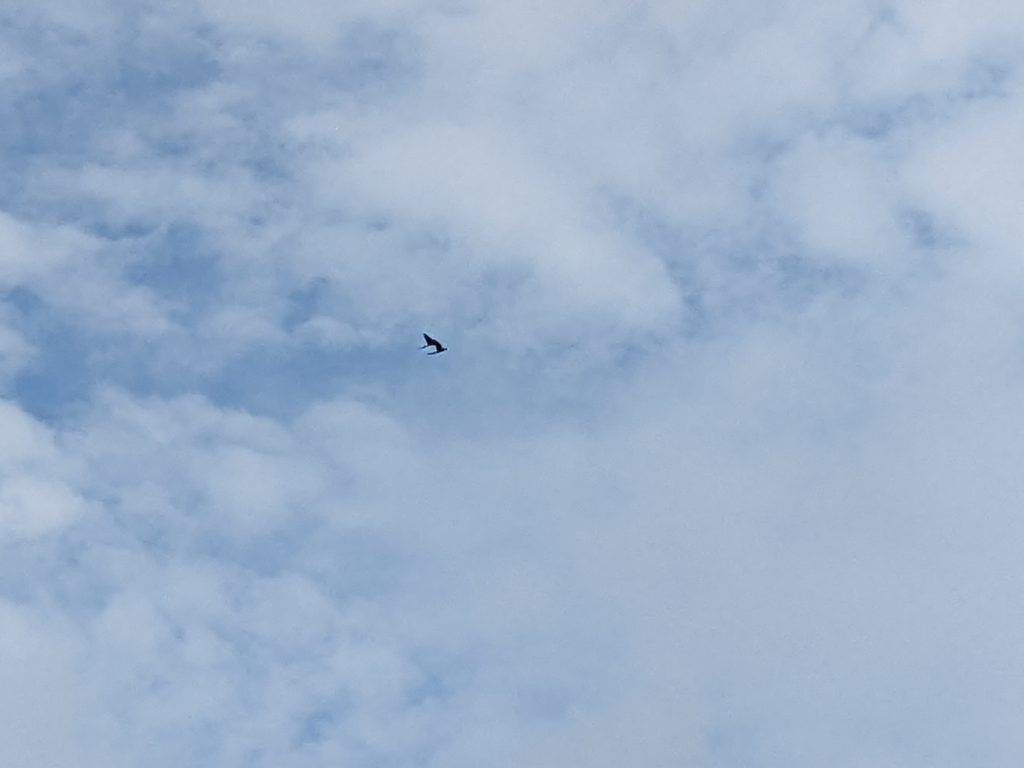
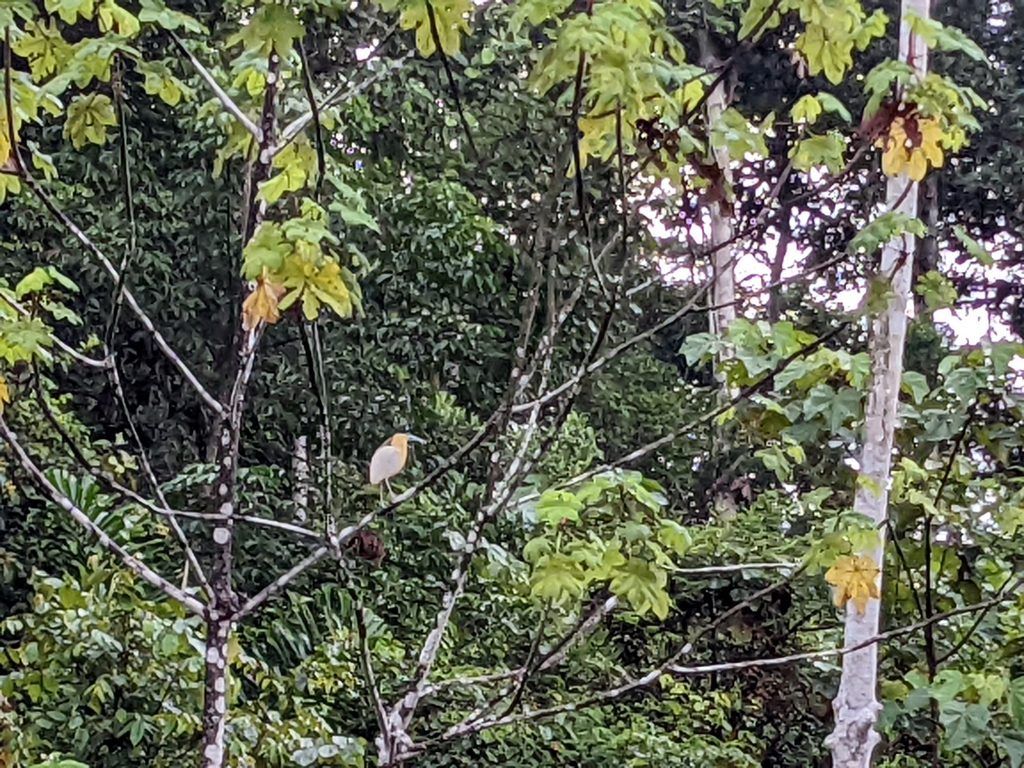
The only somewhat decent pink dolphin pictures I got. They are normally grey or white, but turn pinkish when they’ve swam a long way and their skin reflects the extra blood flow from their exertions.
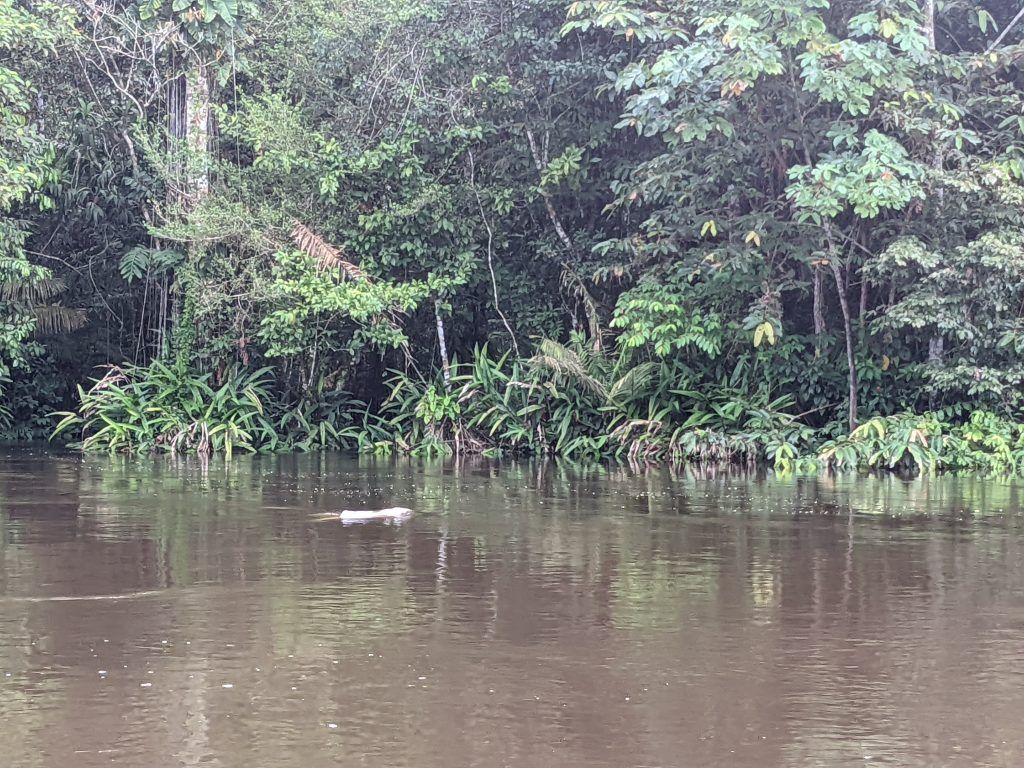
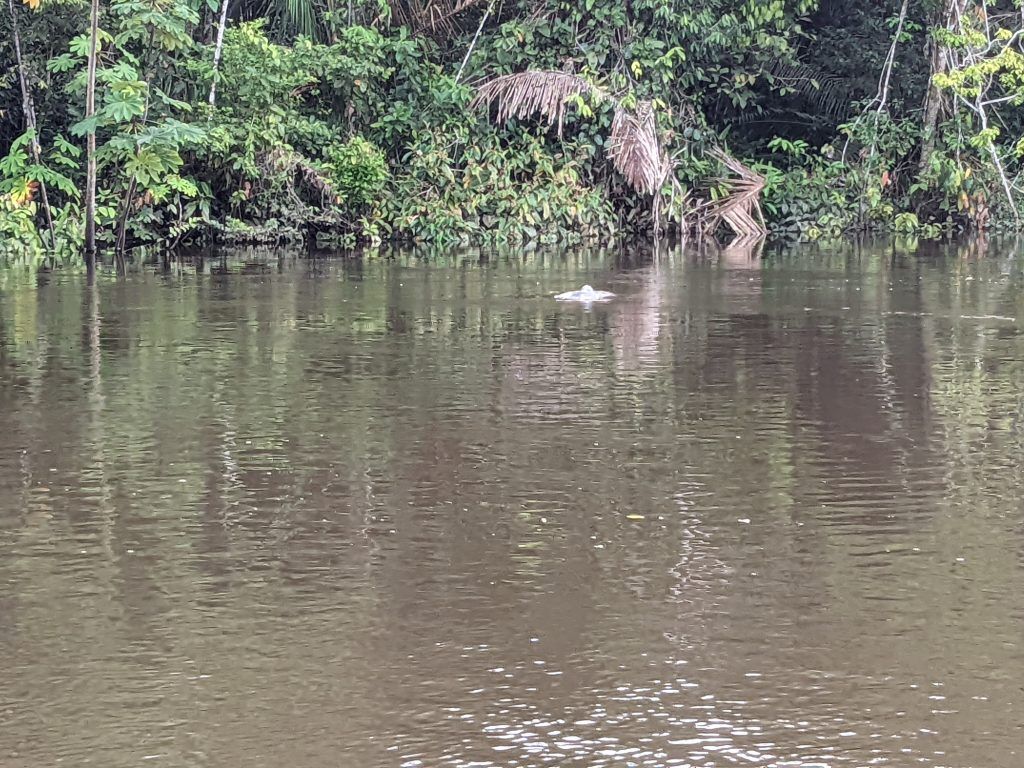
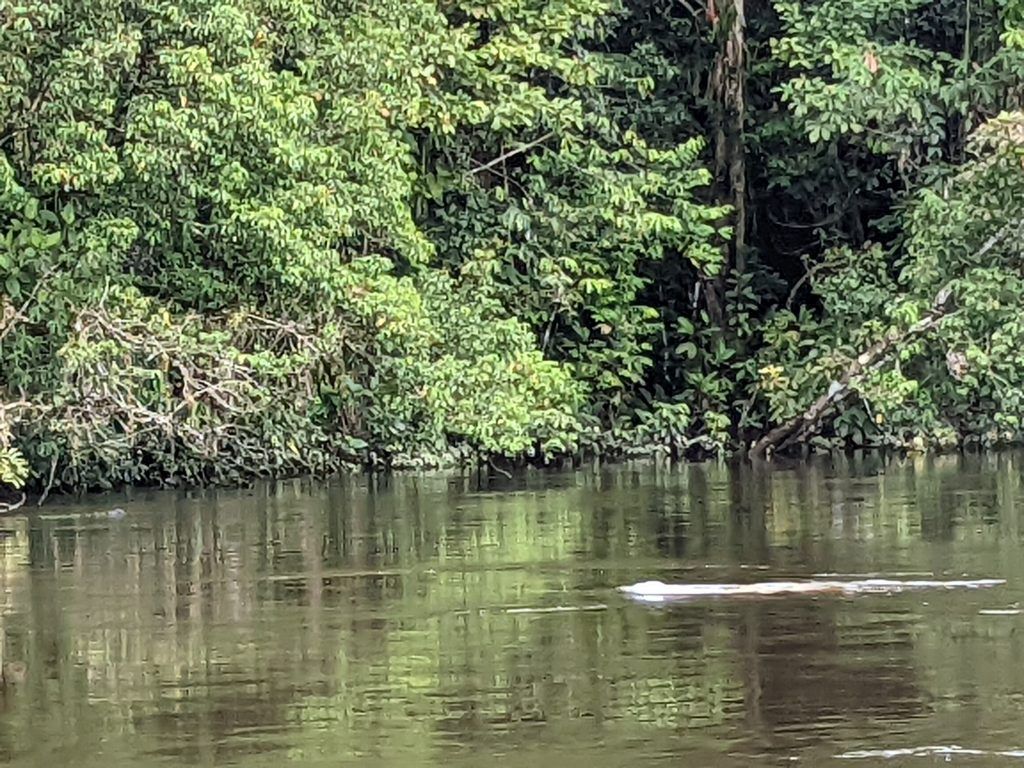
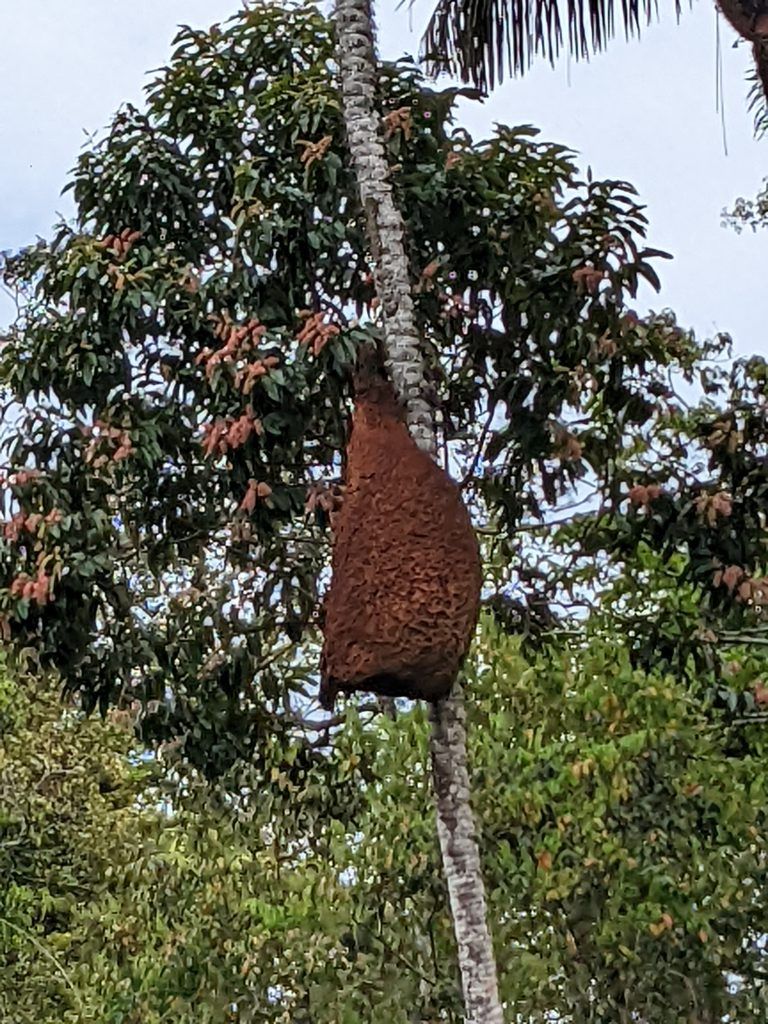
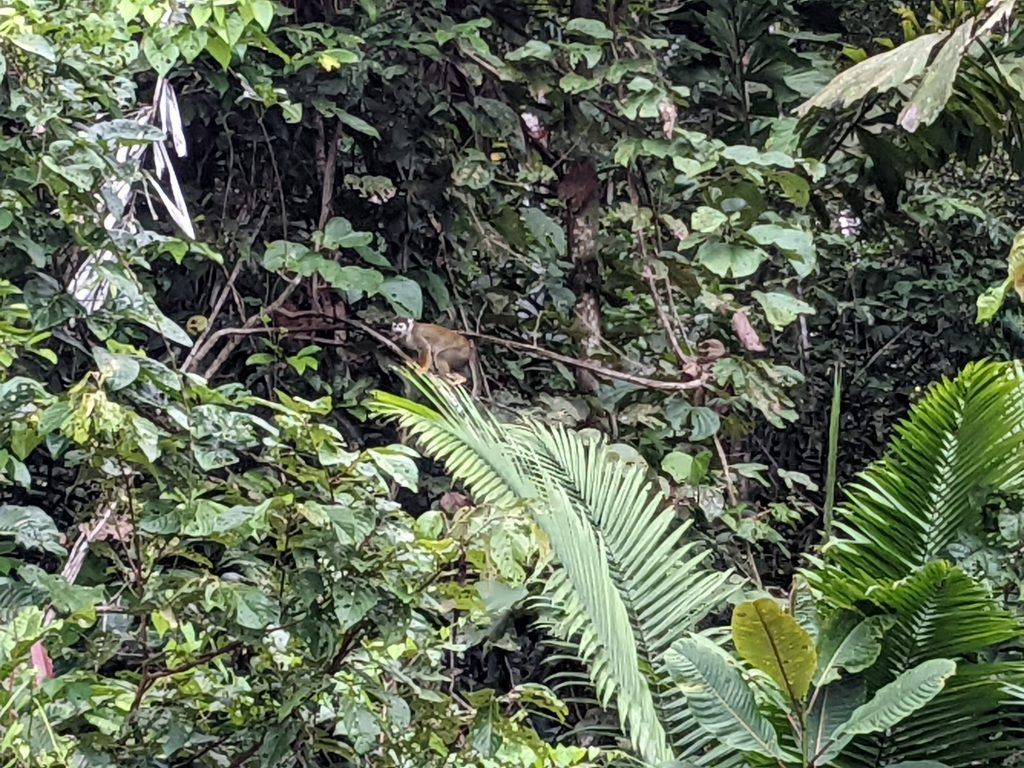
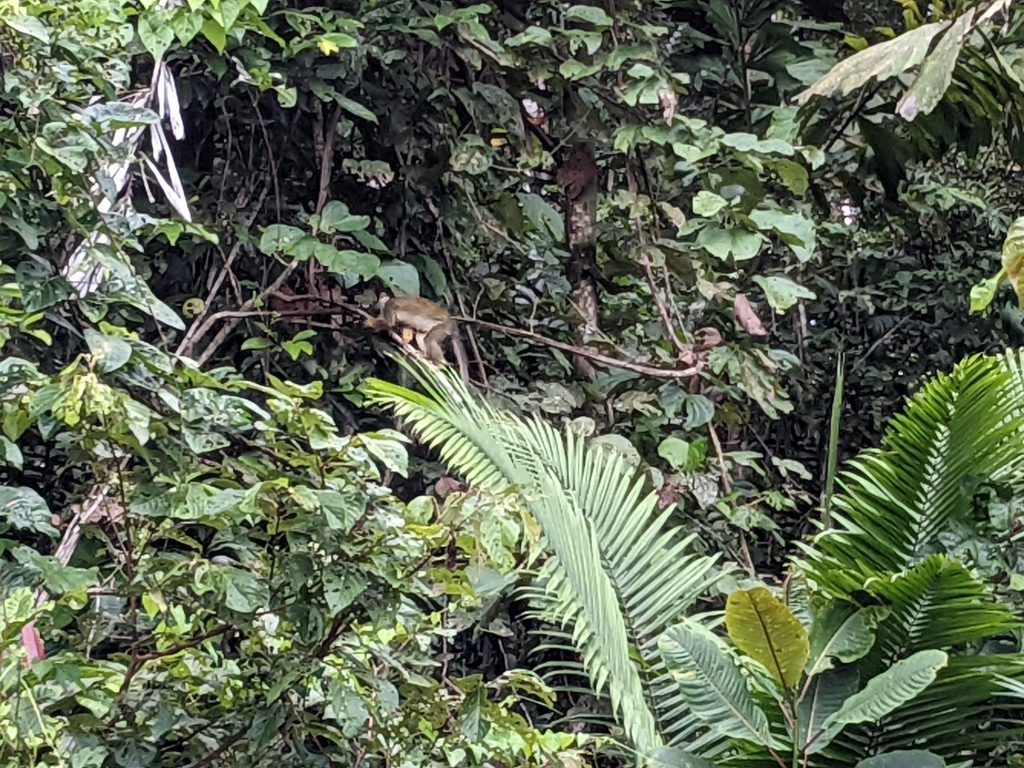
We came across a clay lick that some parrots were using.
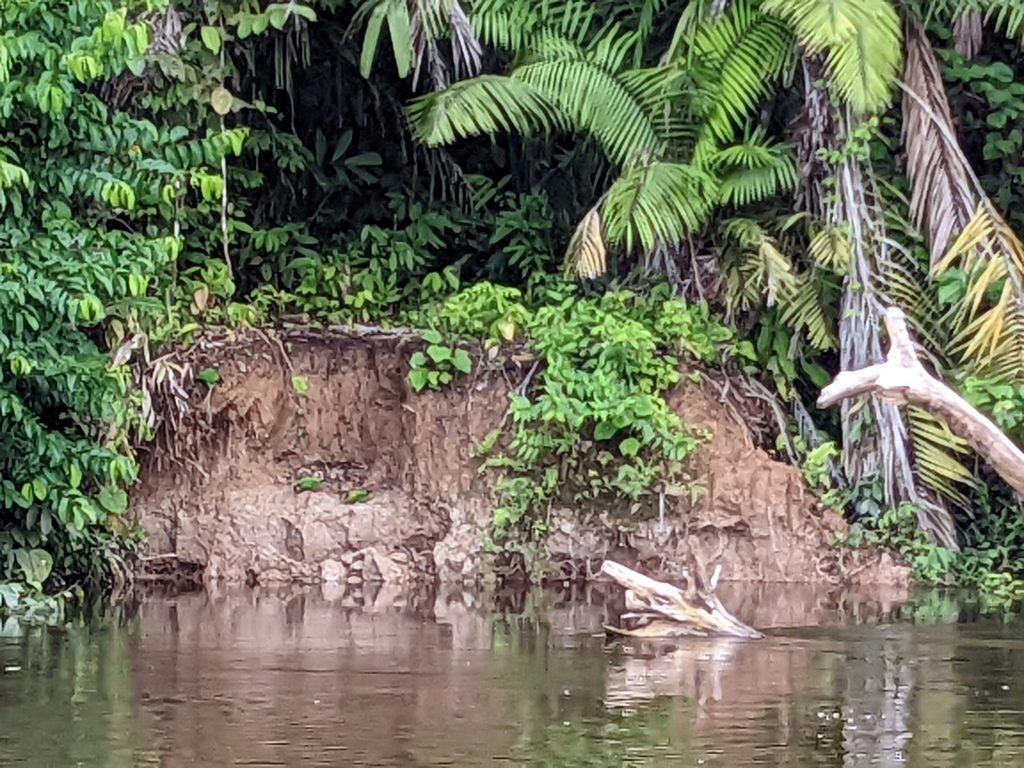
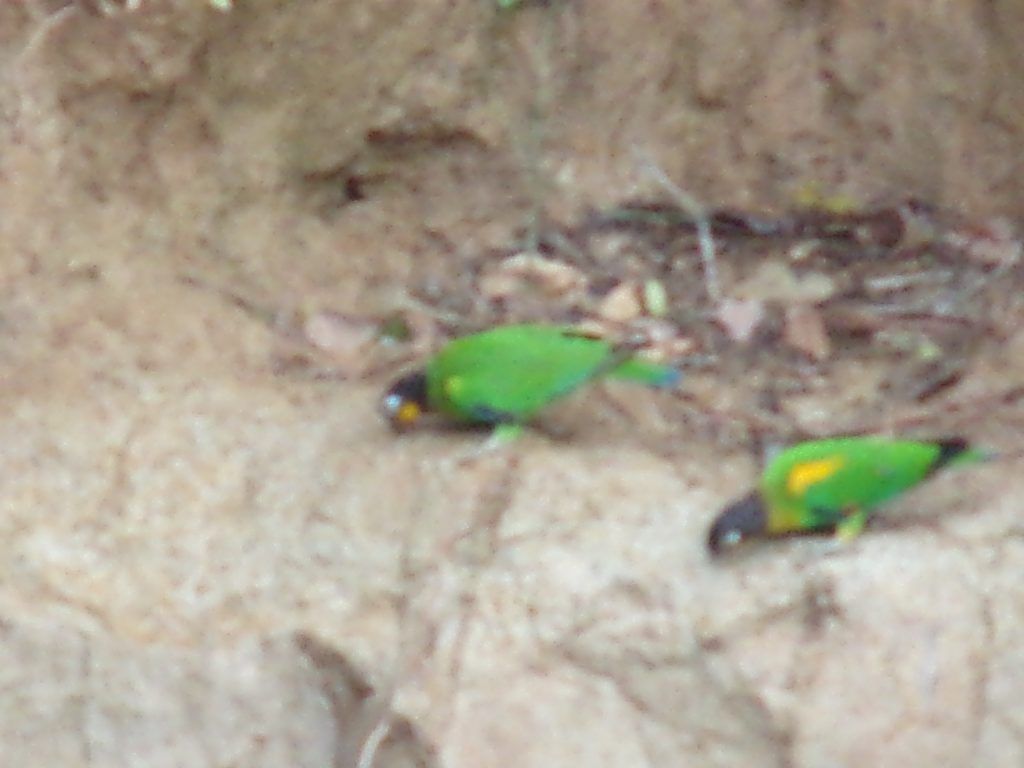
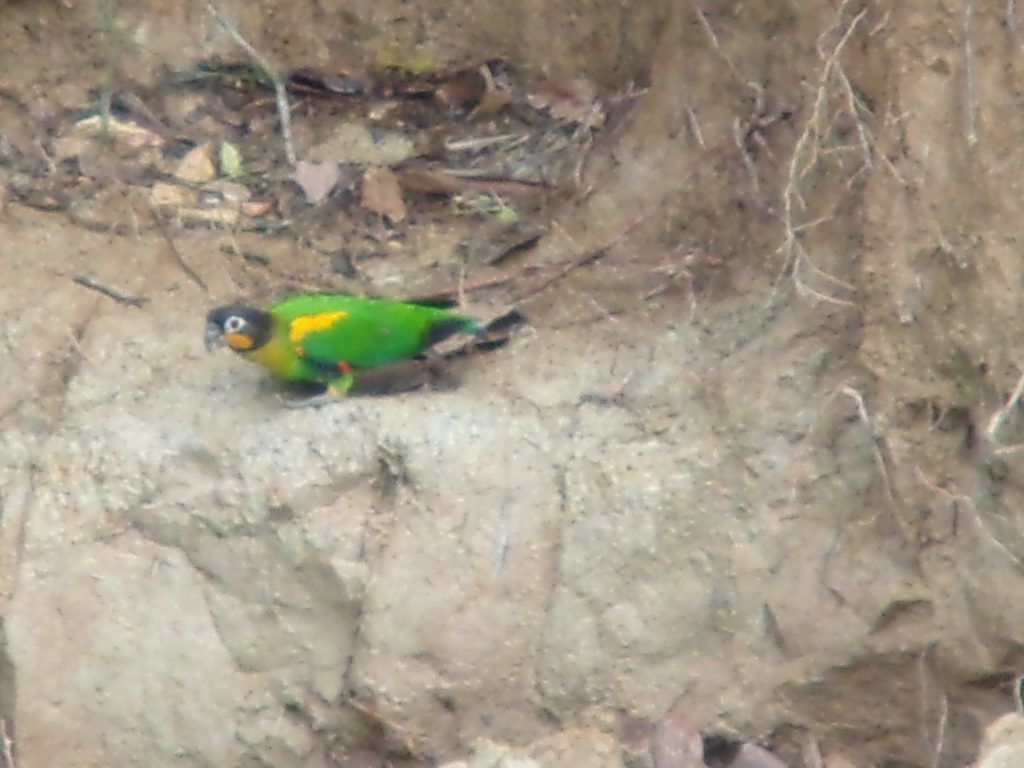
We had multiple sightings of red howler monkeys in the trees in the distance. We also heard their distinctive deep sounds a few times on our hikes.
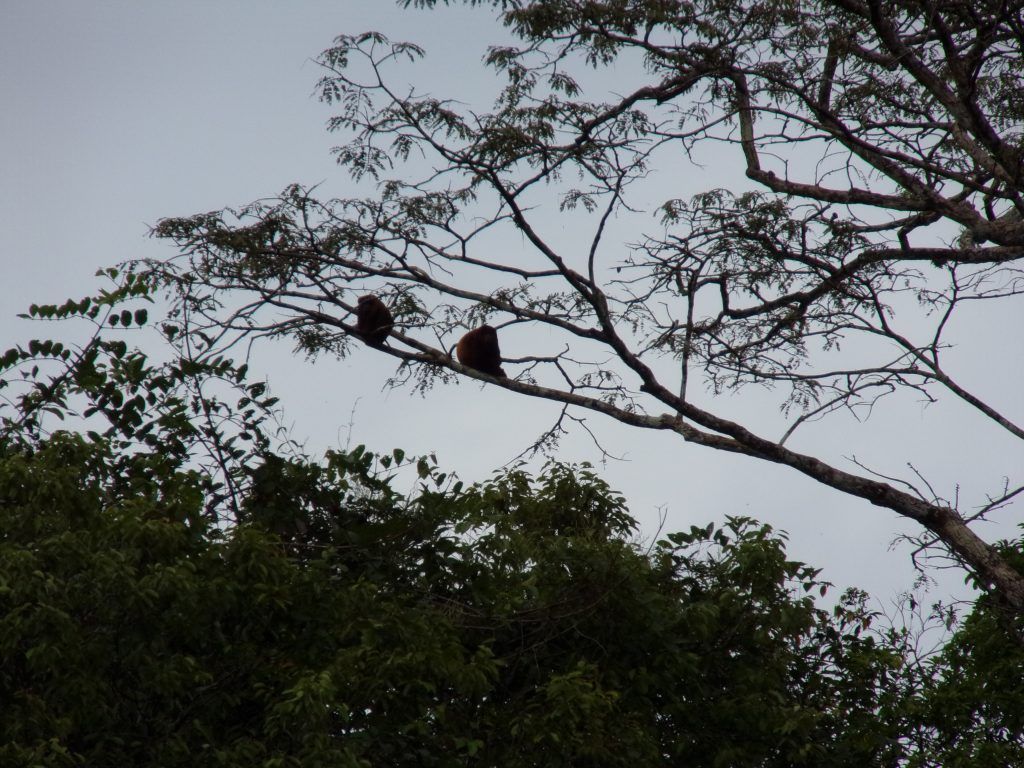
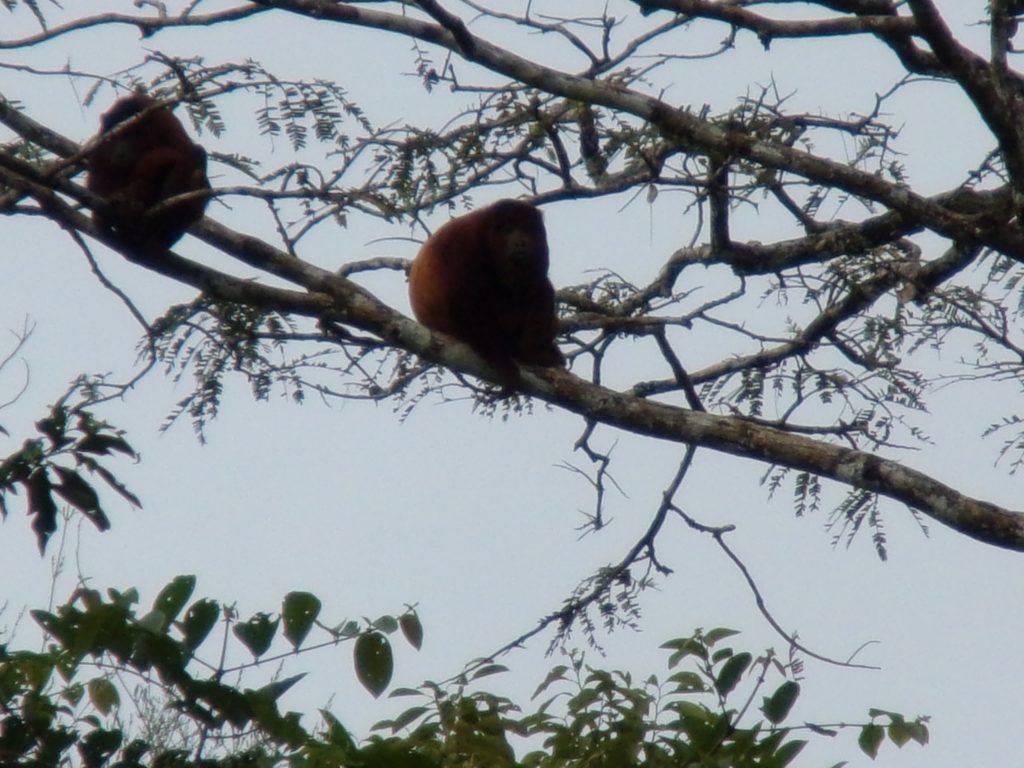
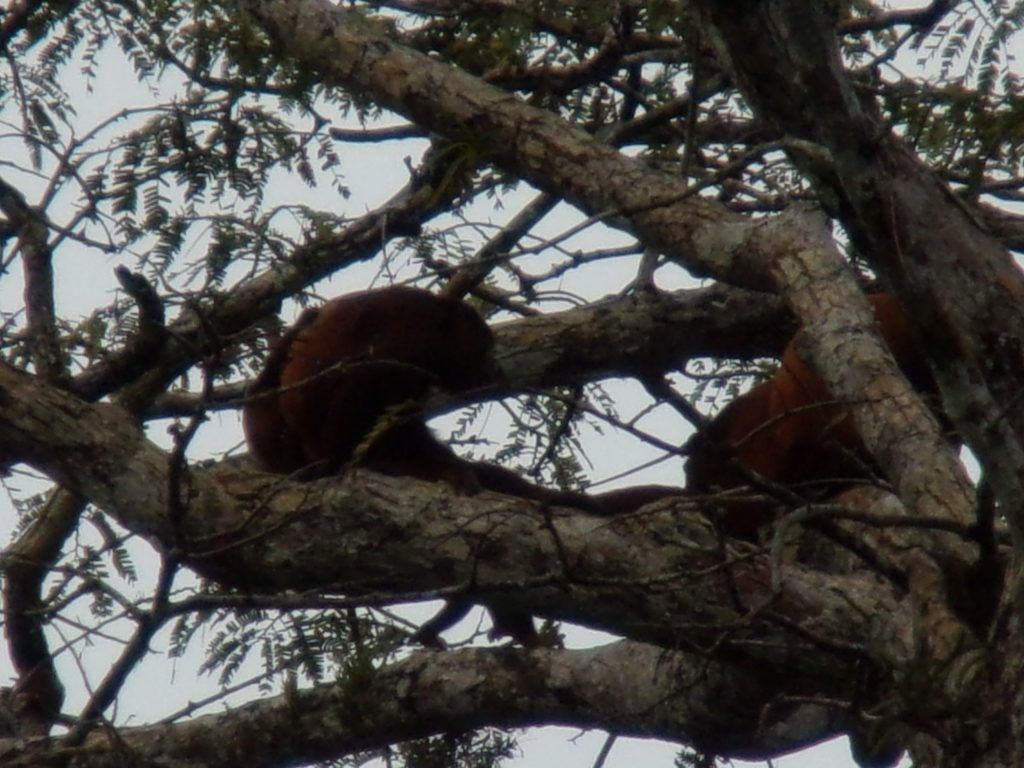
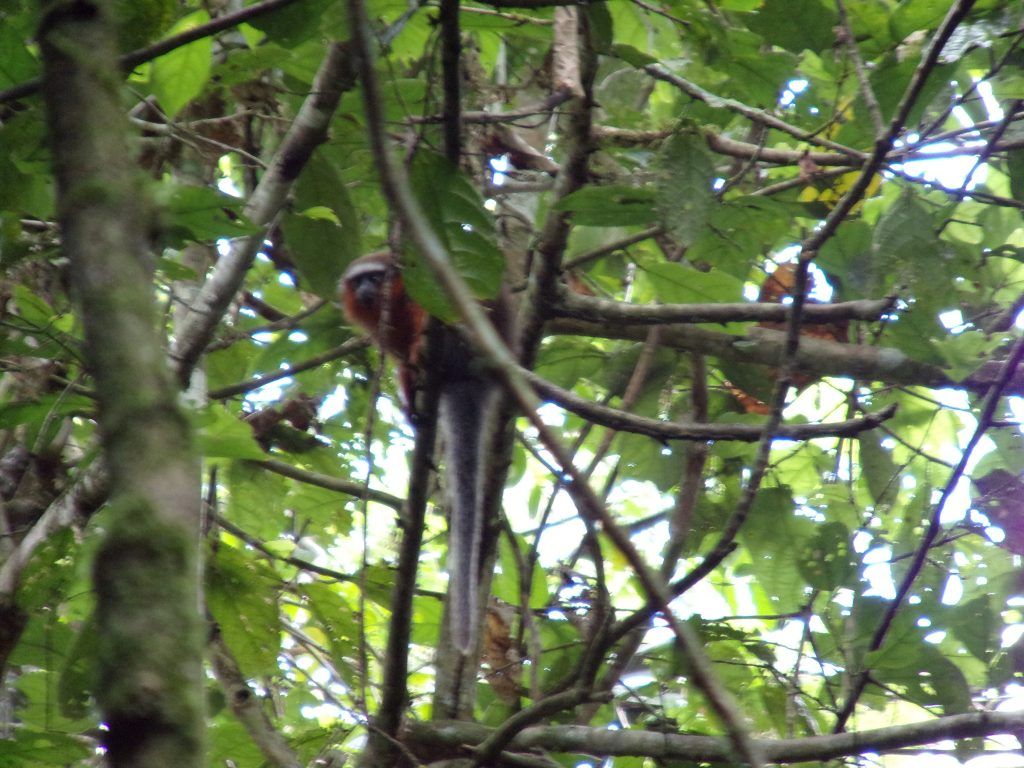
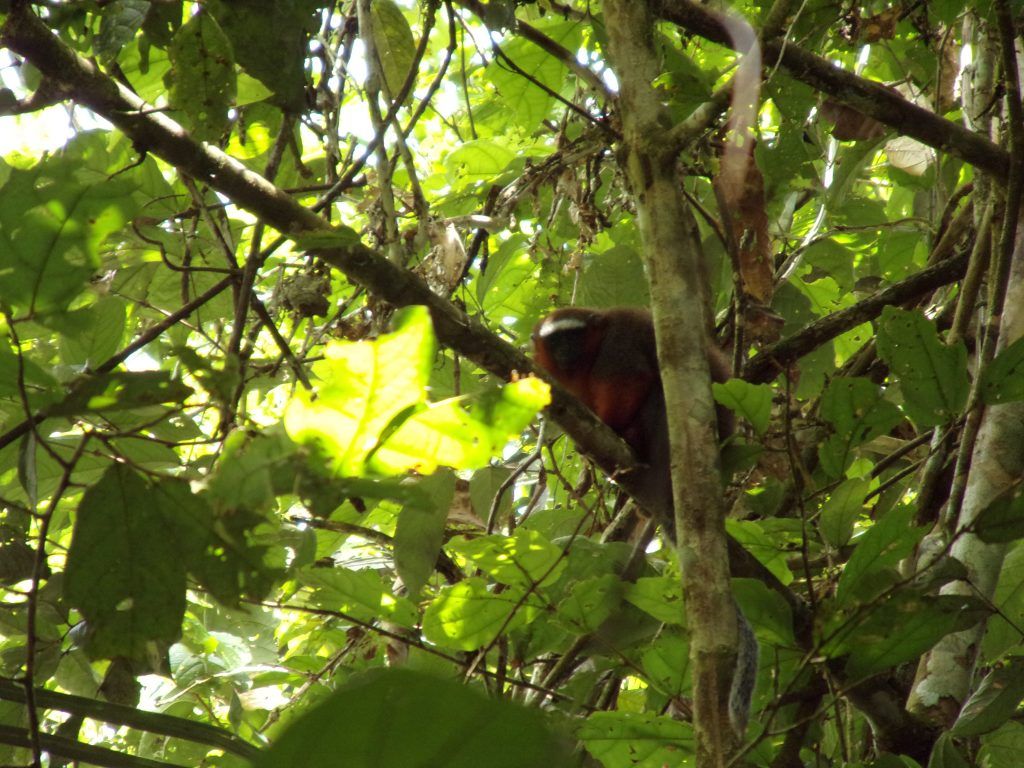
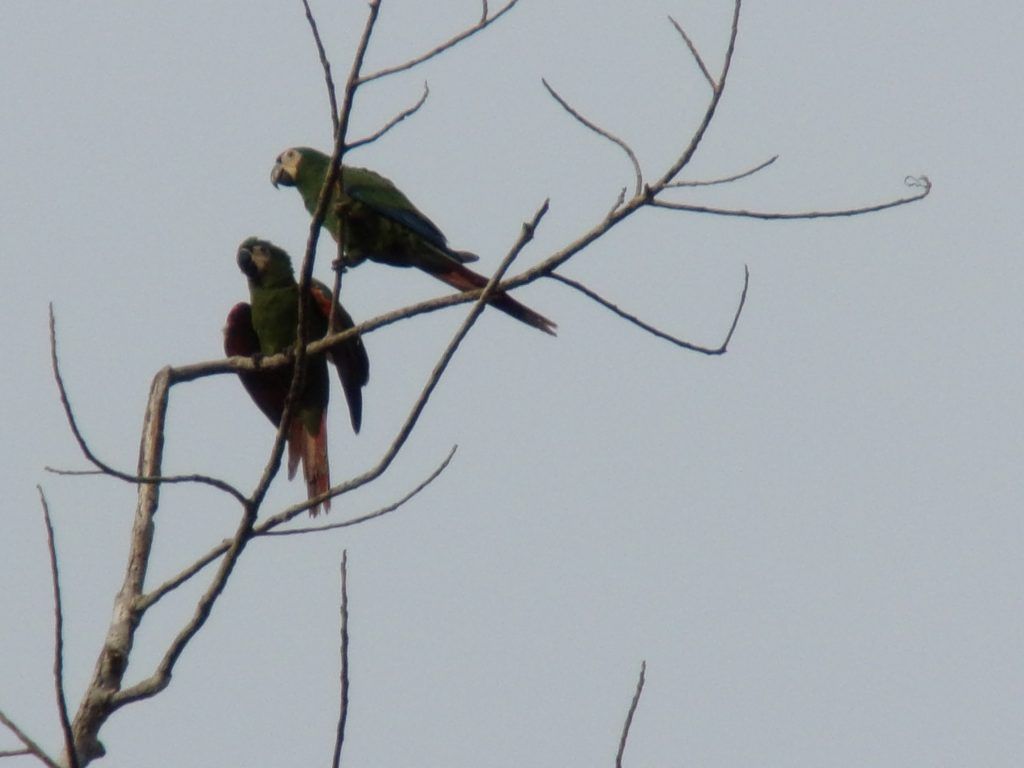
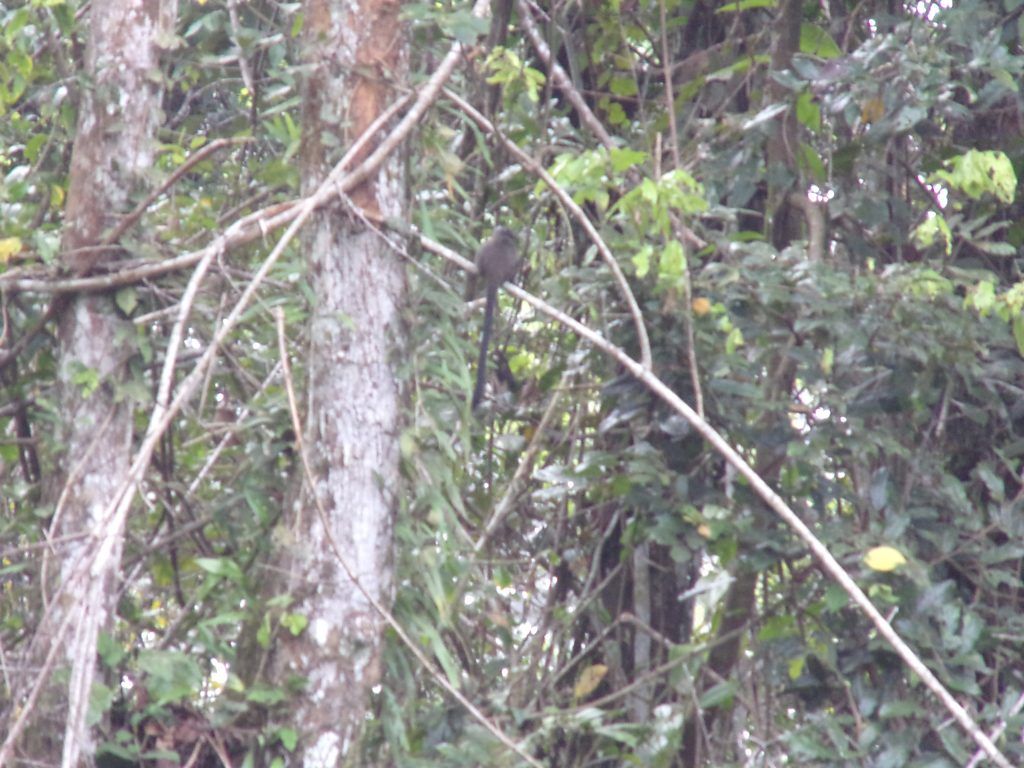
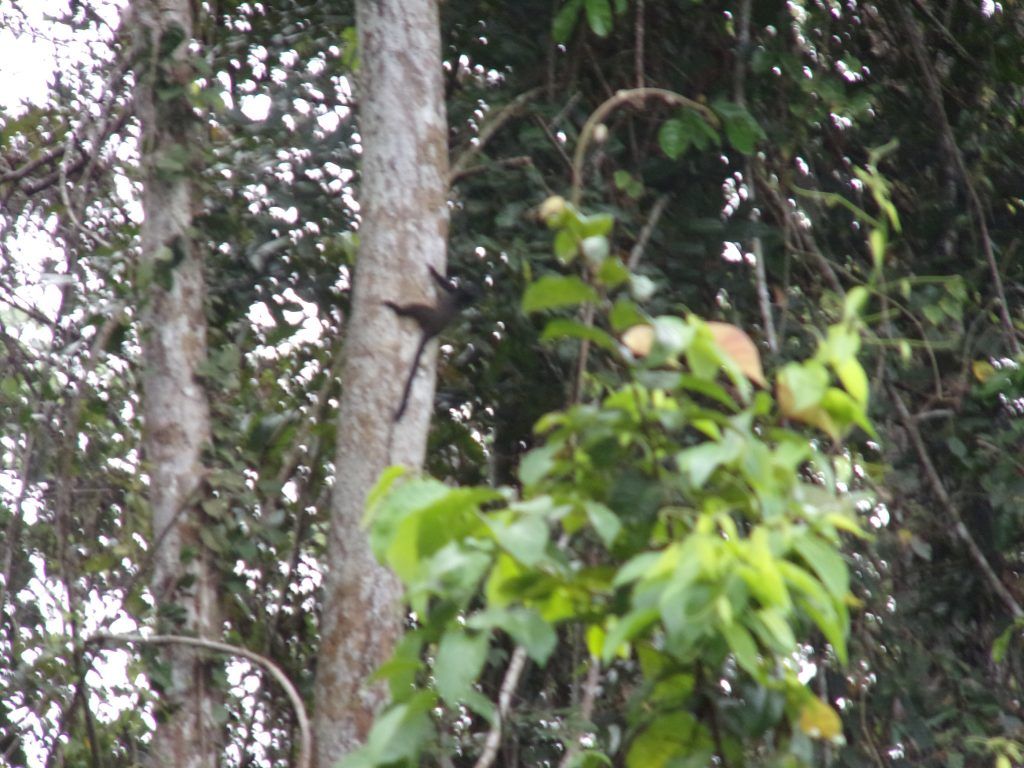
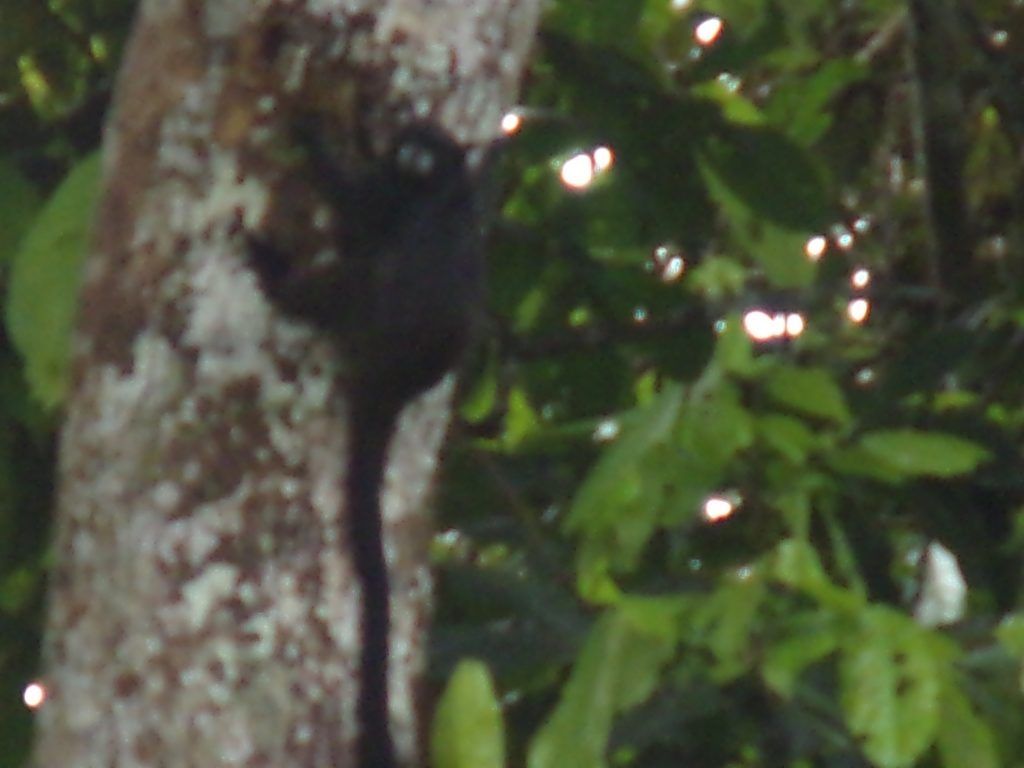
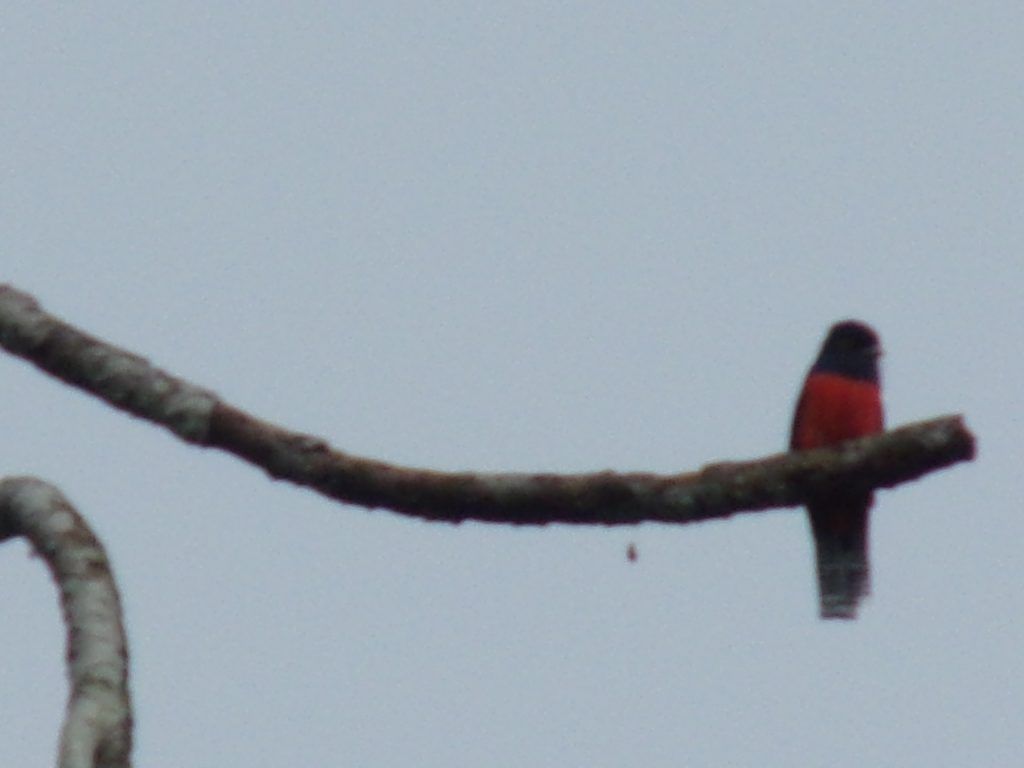
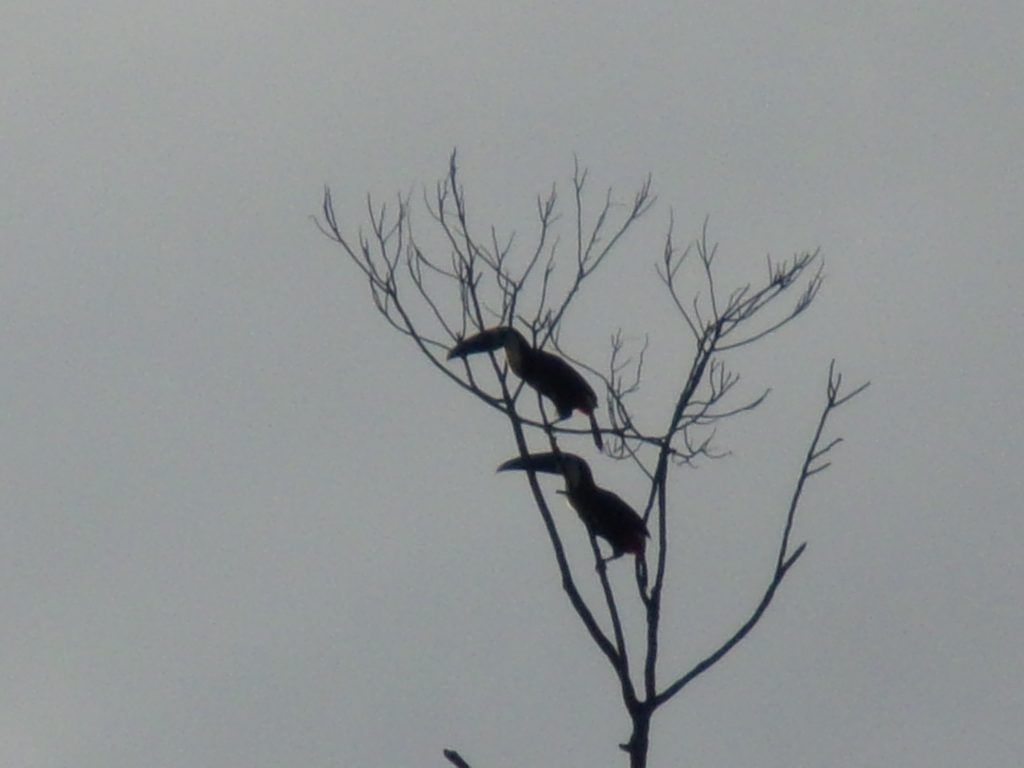
The Birdhouse
One afternoon we climbed up a large, rickety bird observation tower. We saw a few birds and the sunset jungle scenes were spectacular
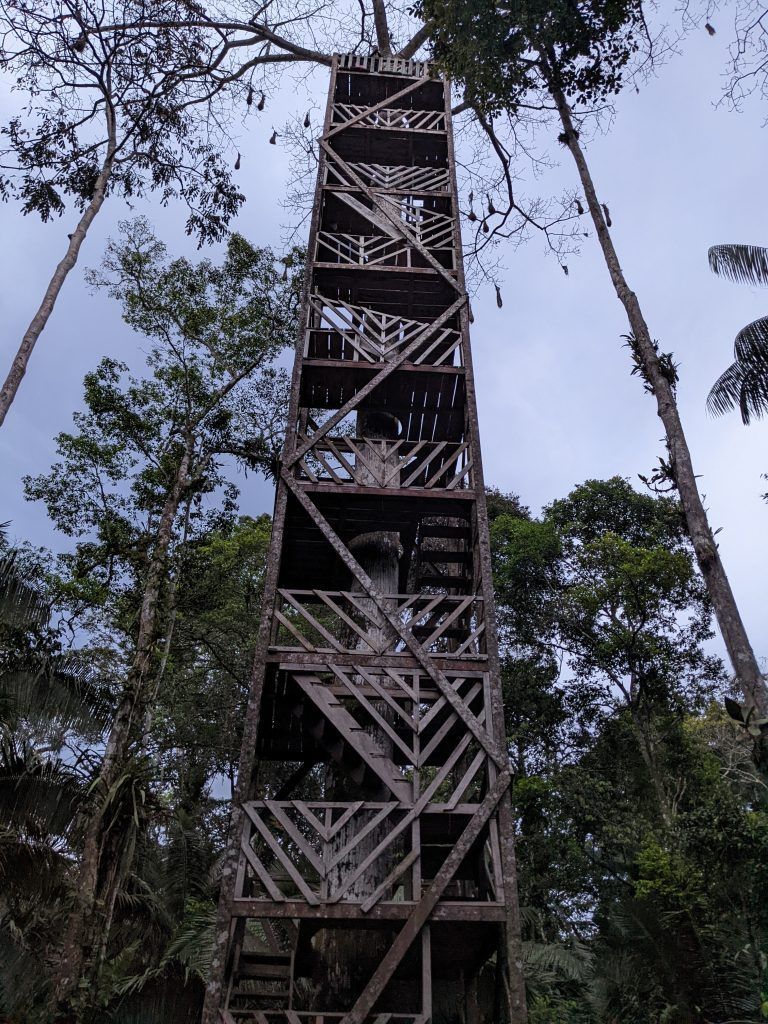
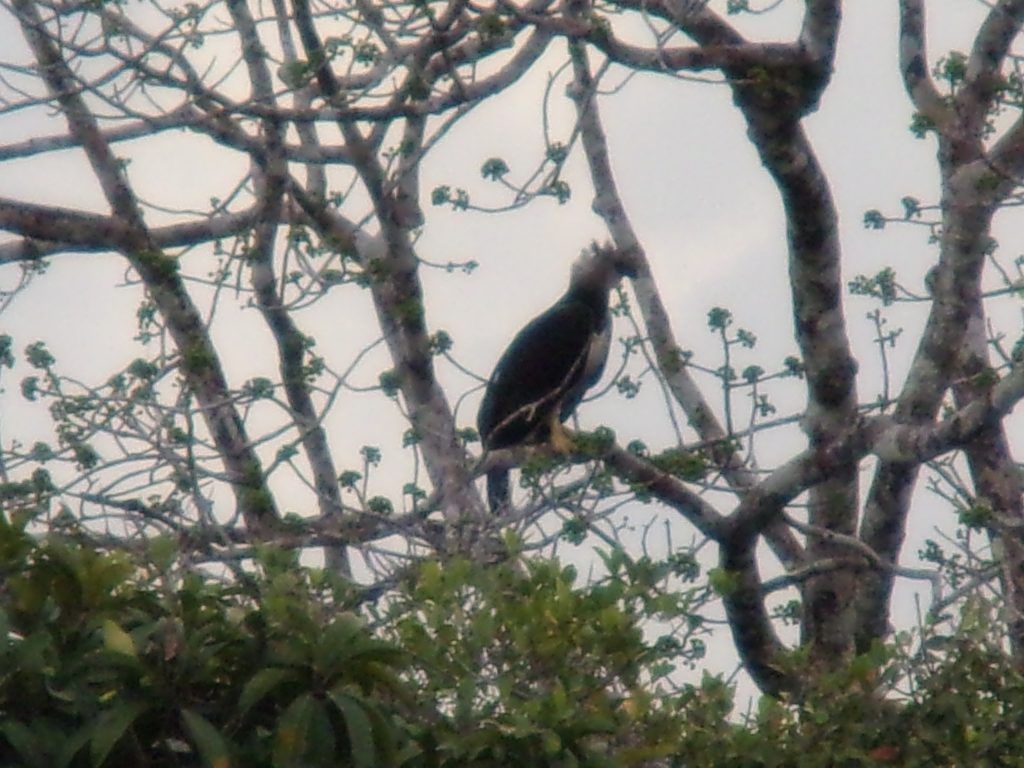
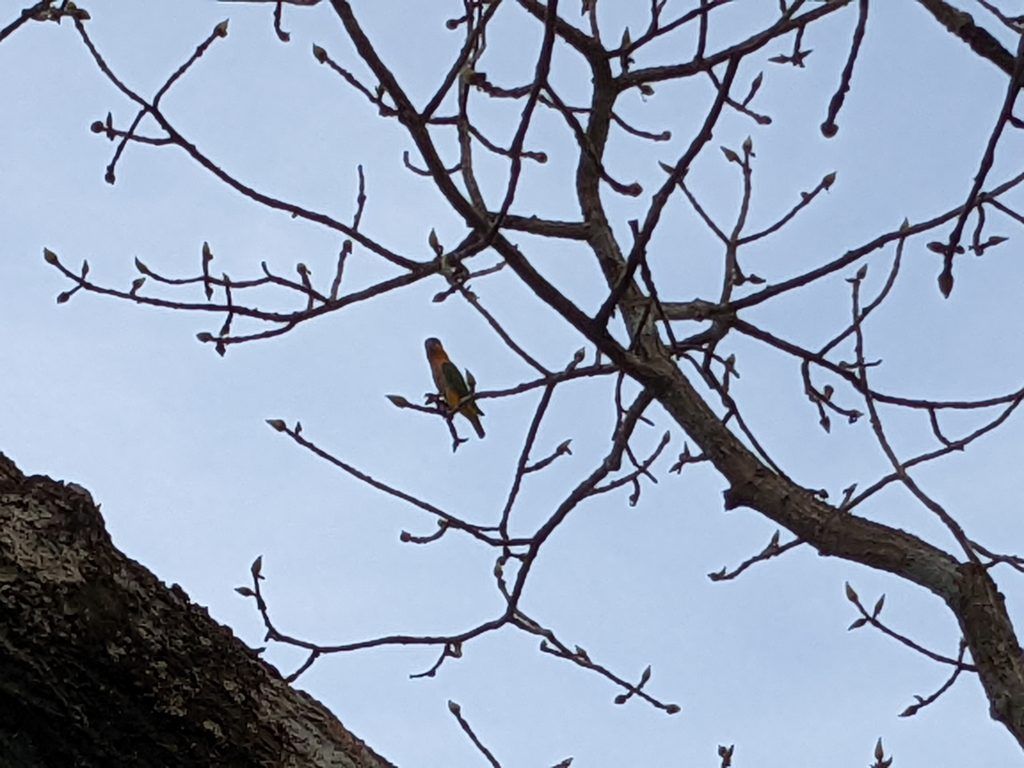
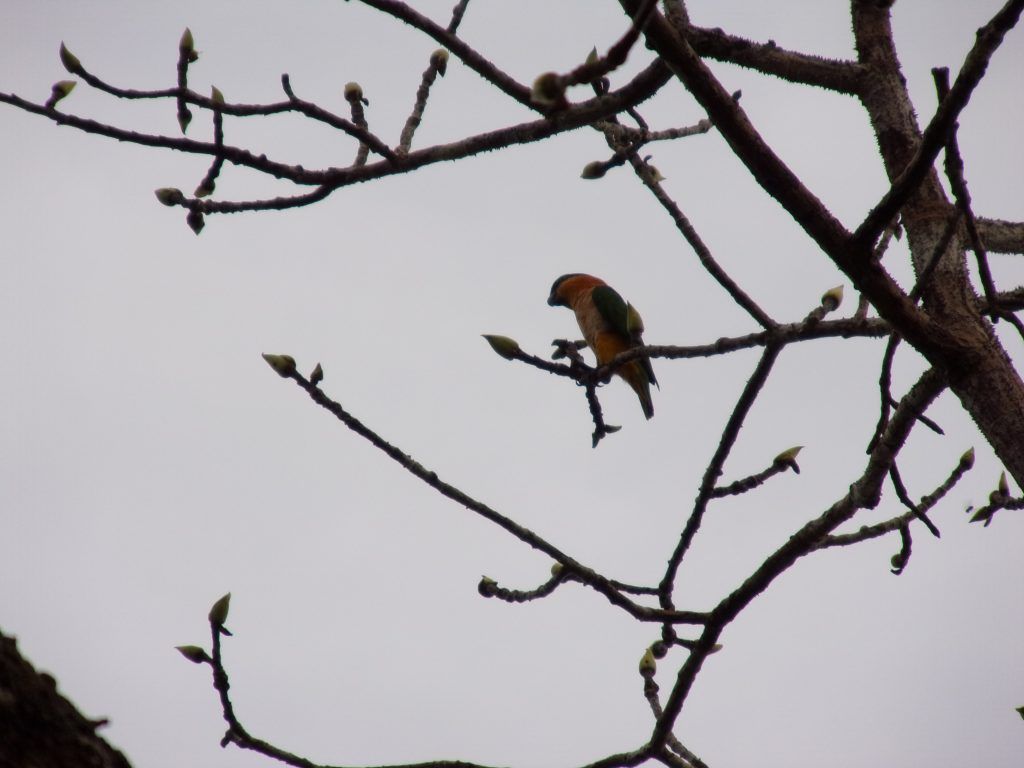
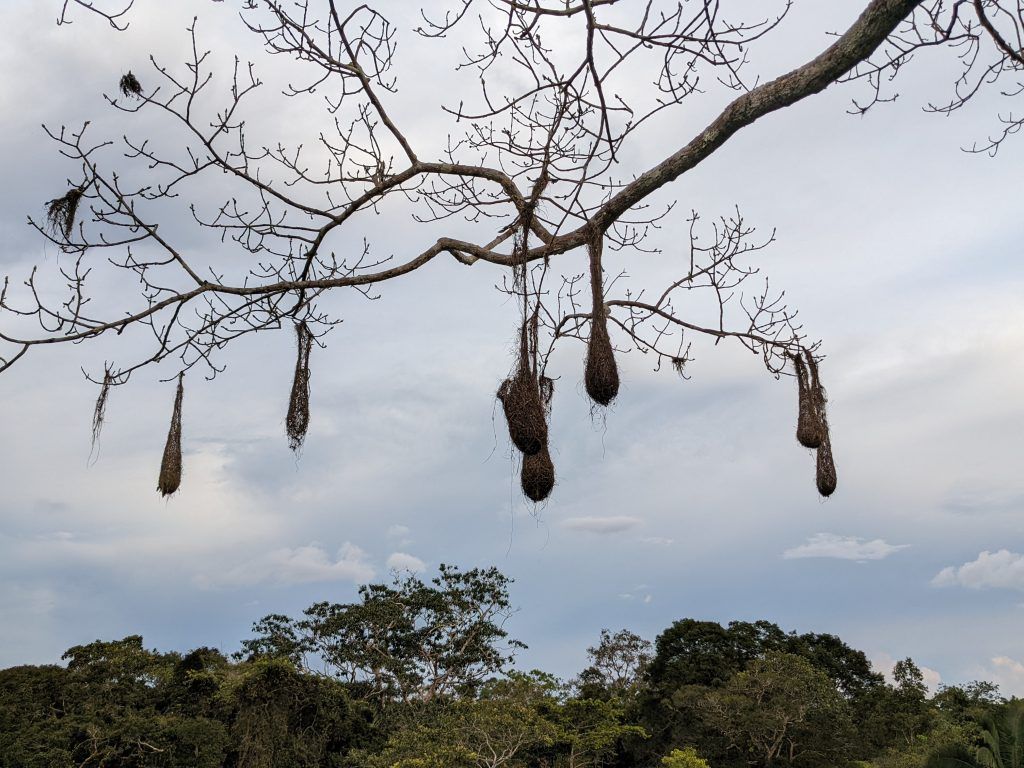
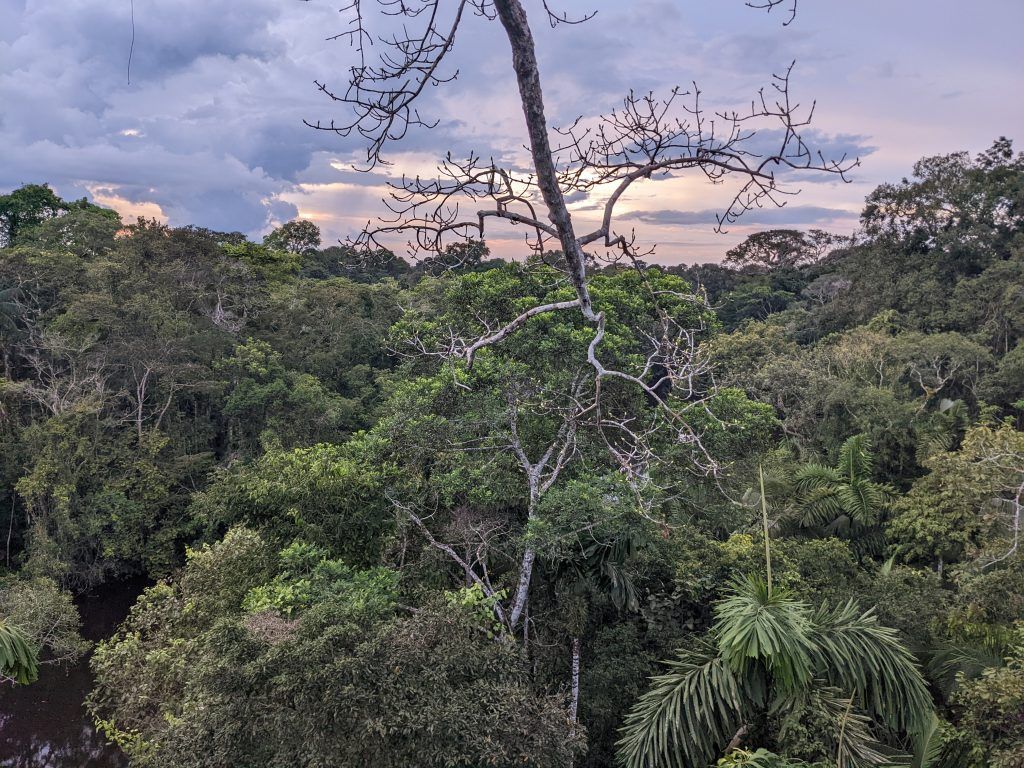
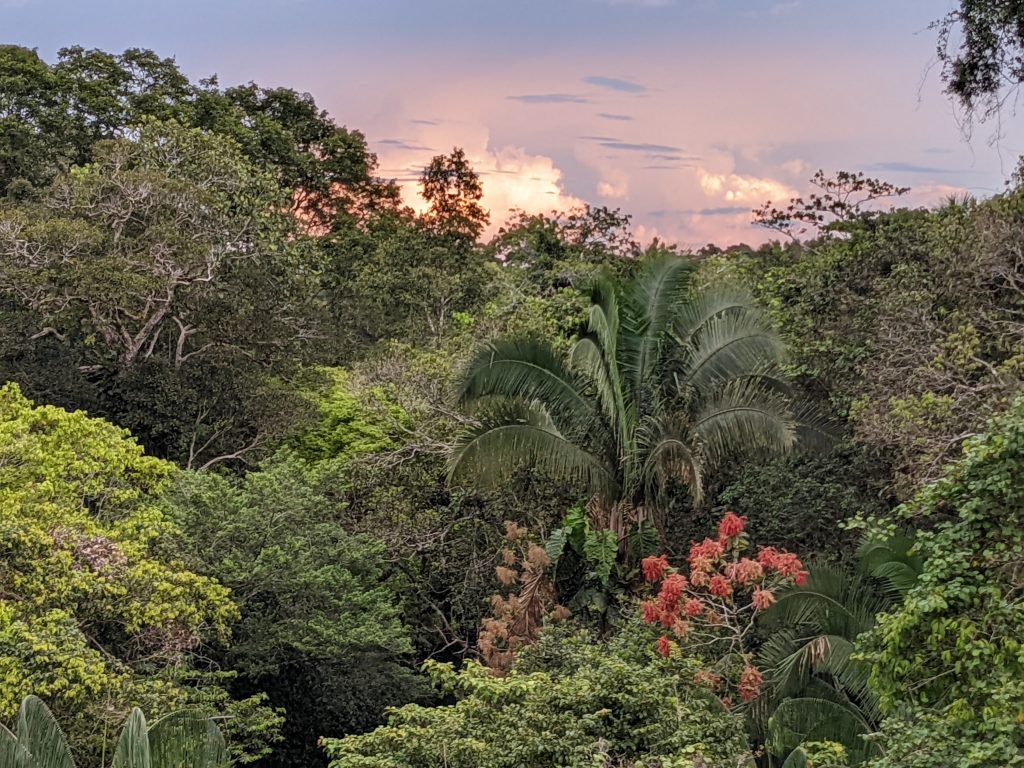
The Jungle
While the river had more spectacular vistas, the jungle provided great opportunities to see life up close. We did afternoon and evening jungle walks every day. They ended up being the most fascinating part of my time there, even though we were in knee high rubber boots tromping through shin high water and mud at some places (it was the rainy season!). The amount of flowers and small life we could see on these walks was wonderful.
